
Flagship
Meridian customers - create an account so you can register your product(s) for your extended warranty.
Dealers, integrators, and installers - create an account to request access to Dealer Resources and/or apply to become a Meridian dealer.

Flagship
The Next Generation Loudspeaker
DSP8000 XE is the first product to emerge from Meridian’s groundbreaking Extreme Engineering Programme; a result of years of investment and research at the extreme edge of audio design and built upon the fundamental and unique elements of Meridian’s approach to delivering authentic, natural and lifelike sound.
A new design concept, Meridian’s Precision Sonic Transport, uses innovative techniques and processes which ensure the entire journey taken by an audio signal through a product maintains maximum sonic fidelity, so that the listener is immersed in authentic and realistic sound.
Find a distributorFlagship
DSP8000 XE
The outstanding fidelity, dynamics and sheer power of the DSP8000 XE Loudspeakers means they deliver an incredible experience in cinemas and listening rooms alike. Our Select finishing option gives you the choice of blending into the room with a complementary finish or standing out with a bold, vibrant colour, finished in matte or gloss.

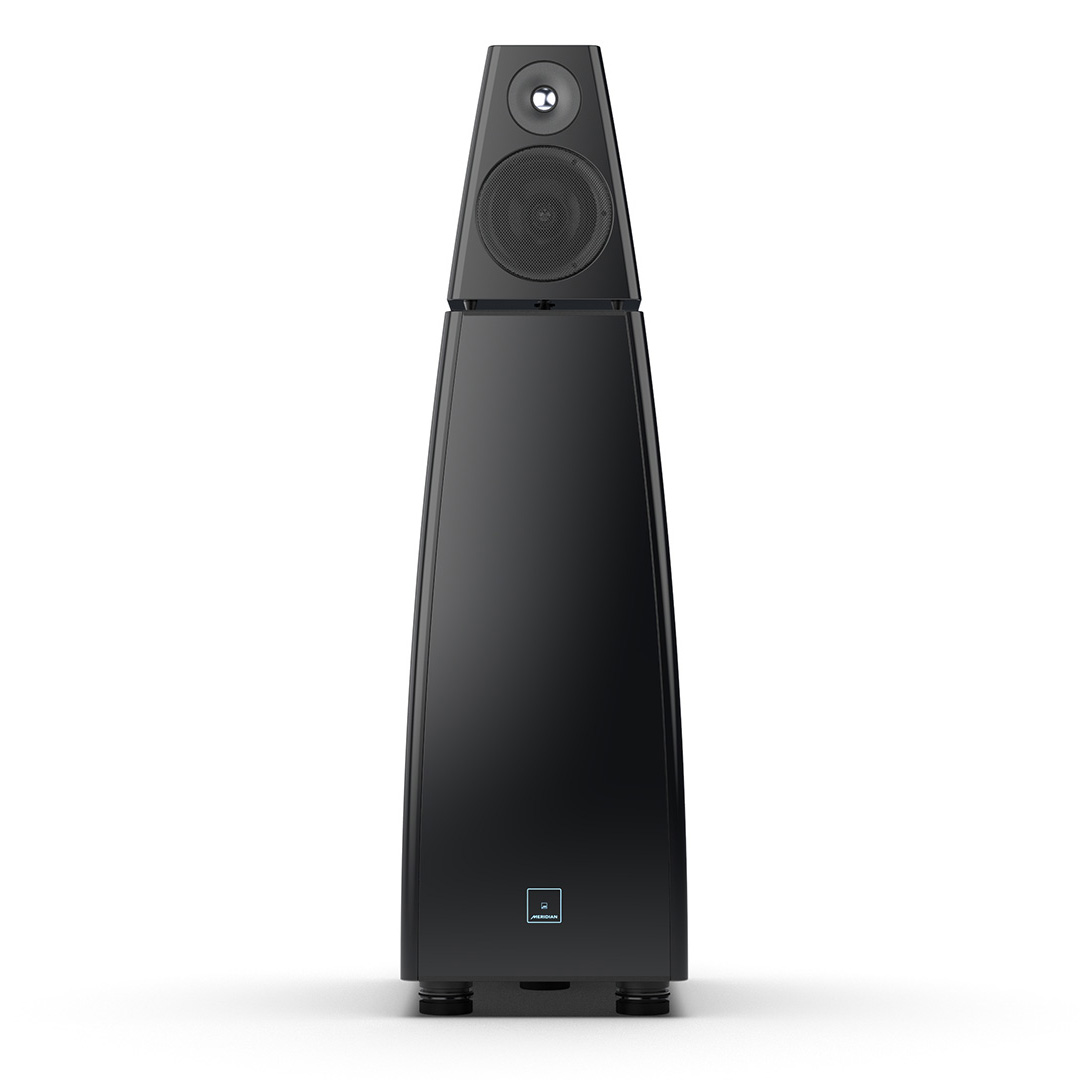

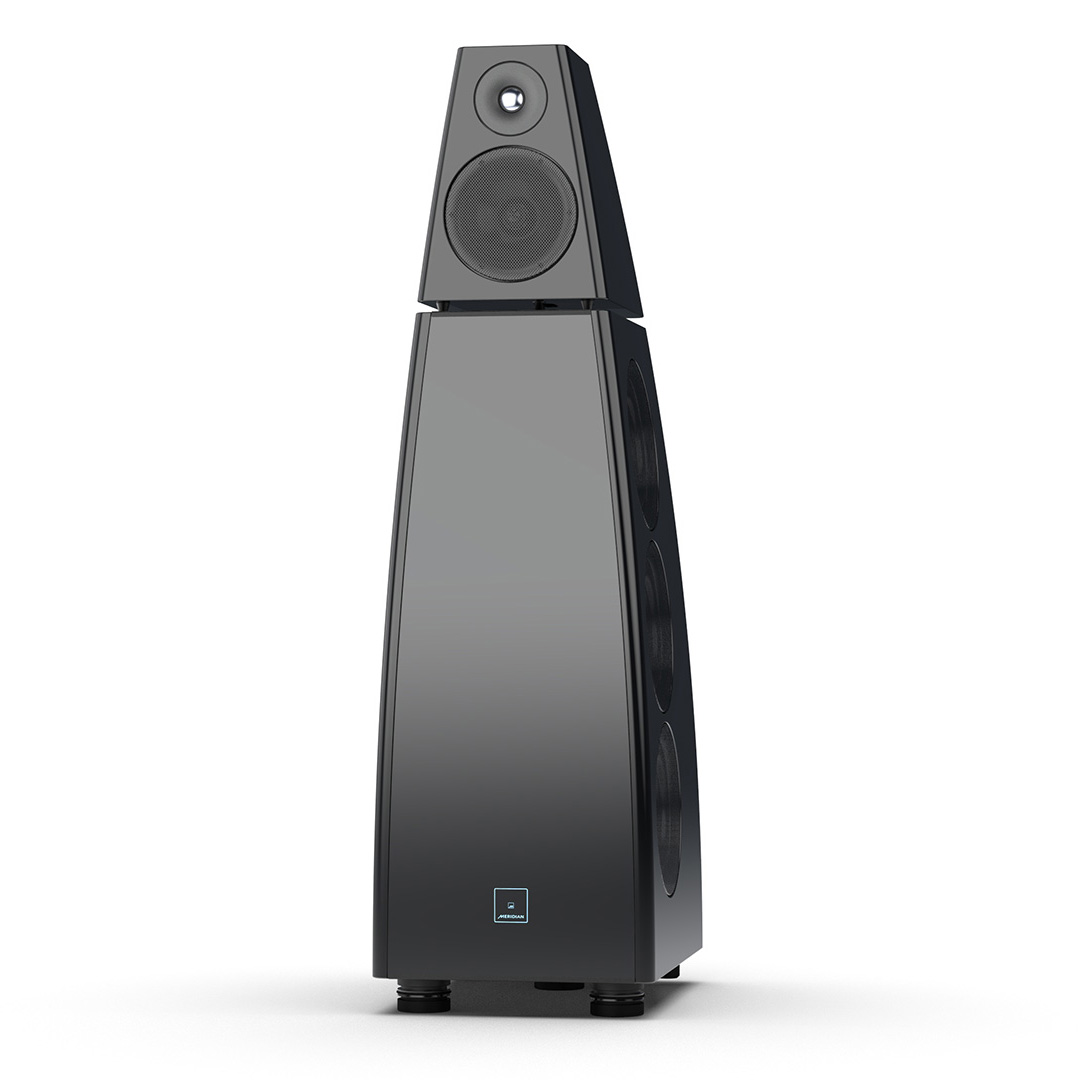

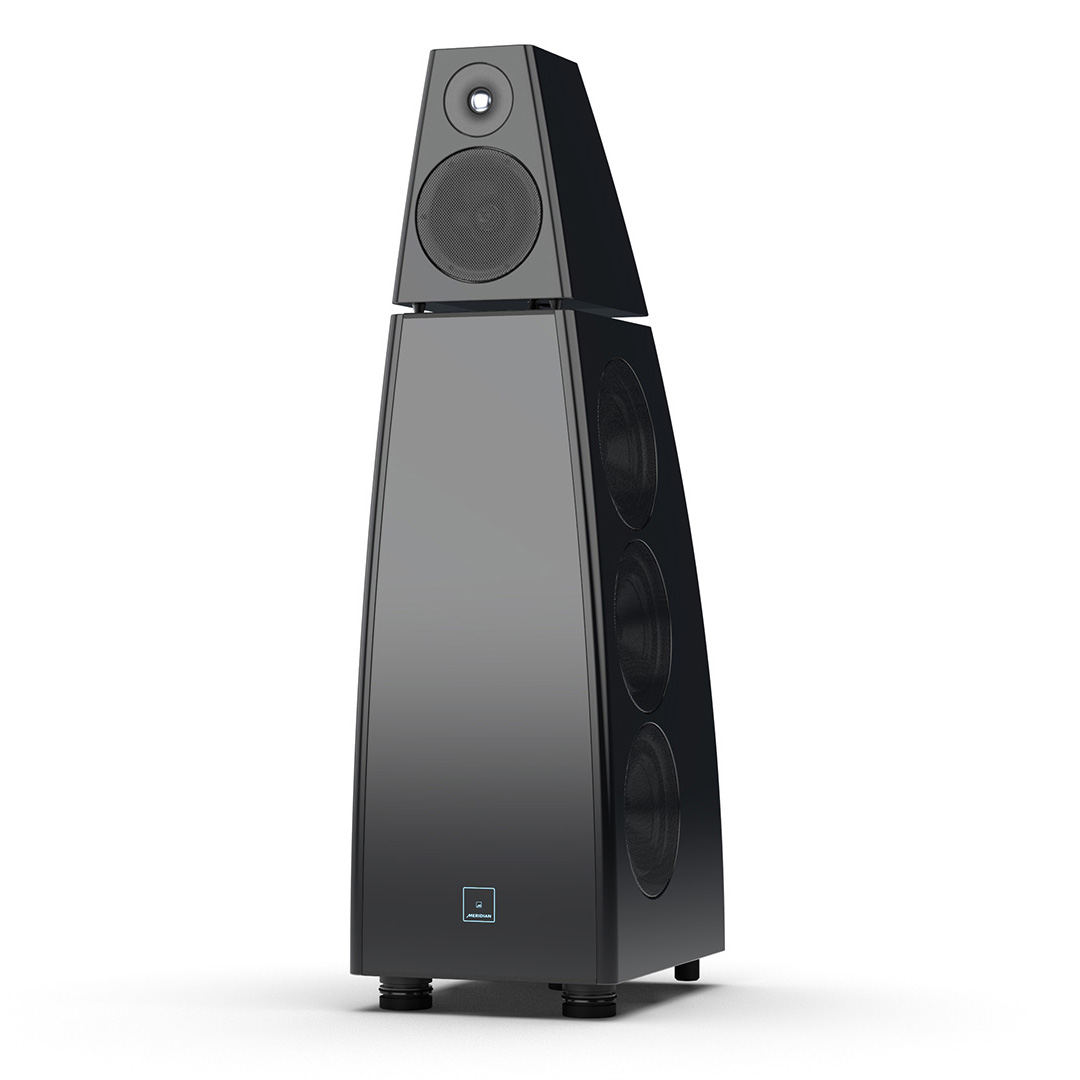
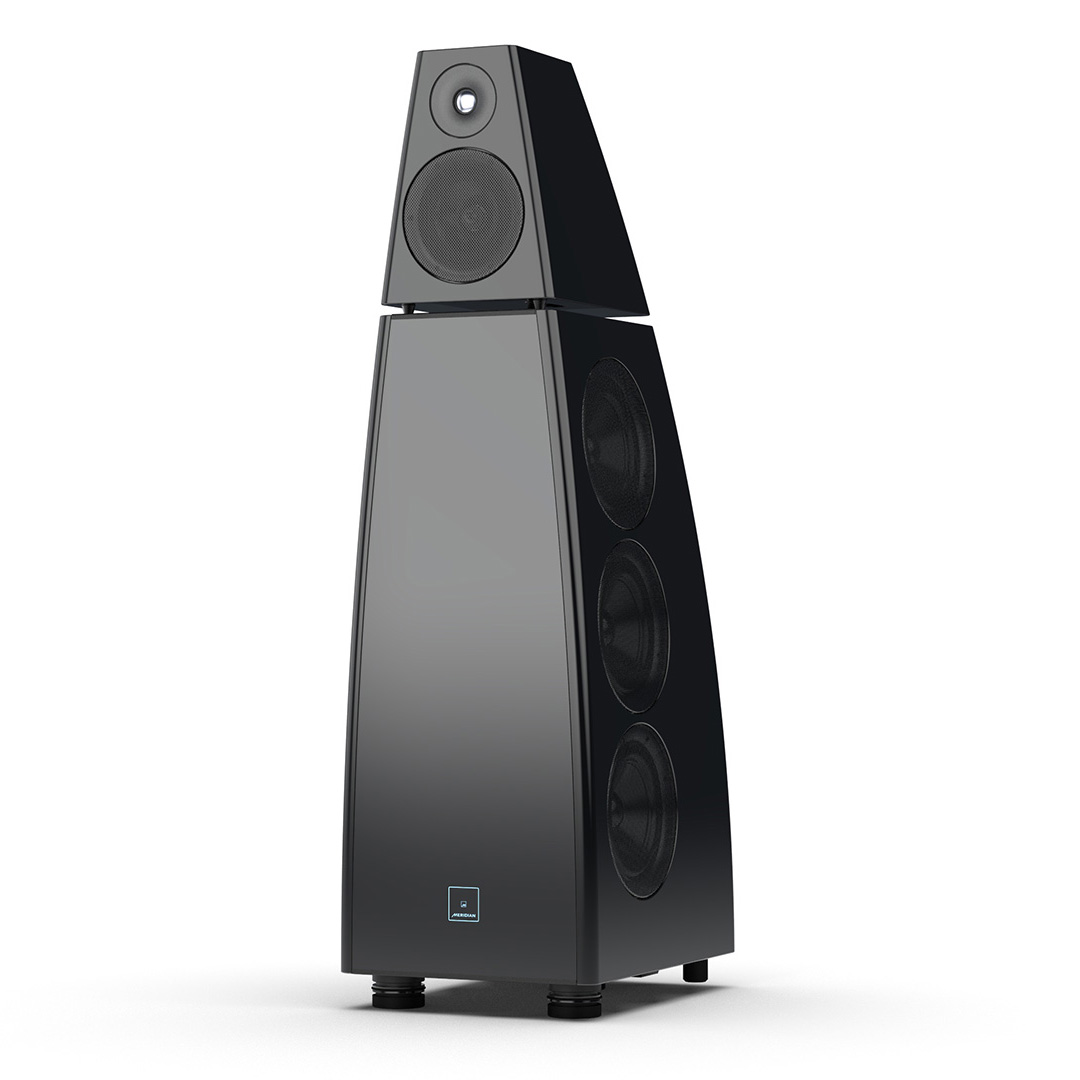
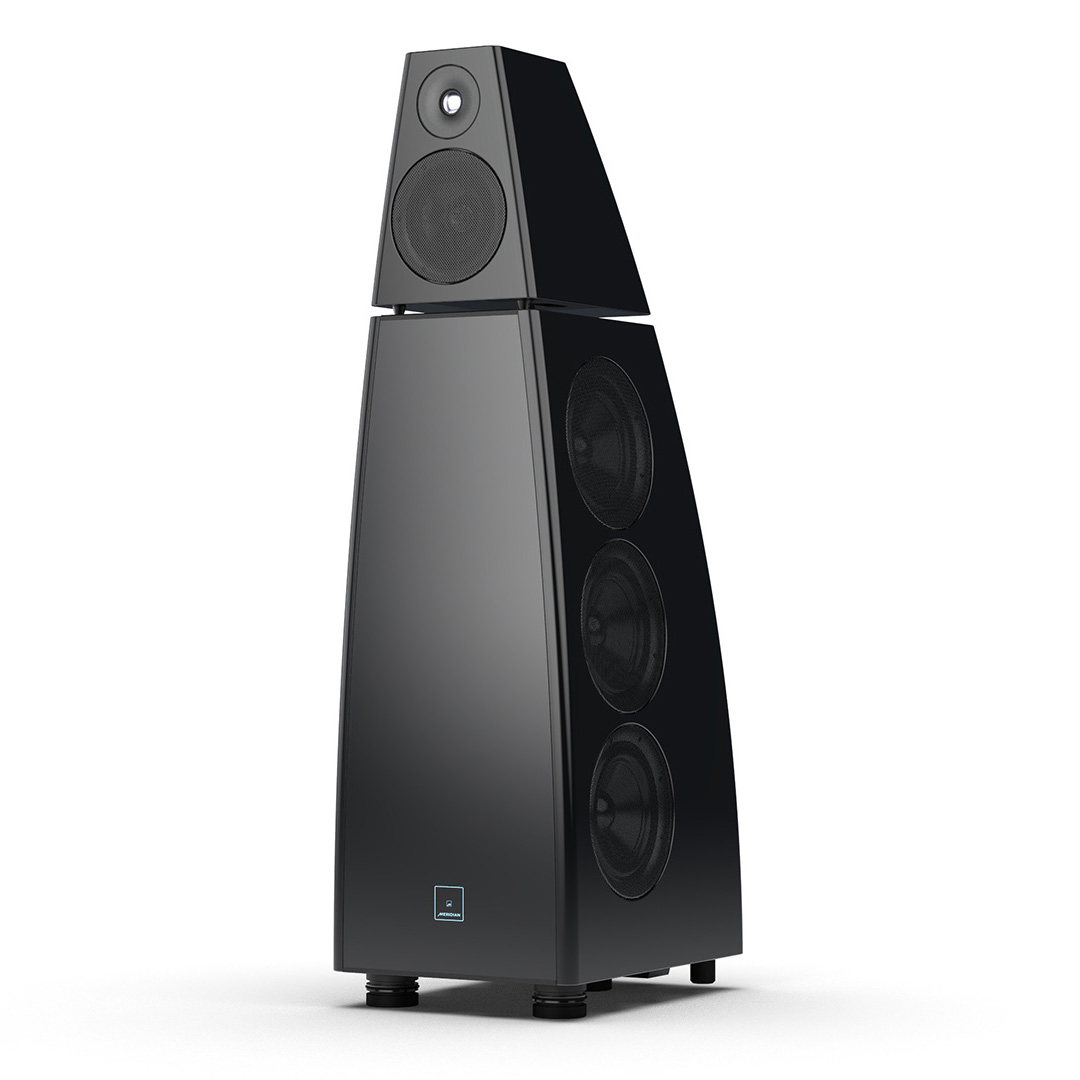
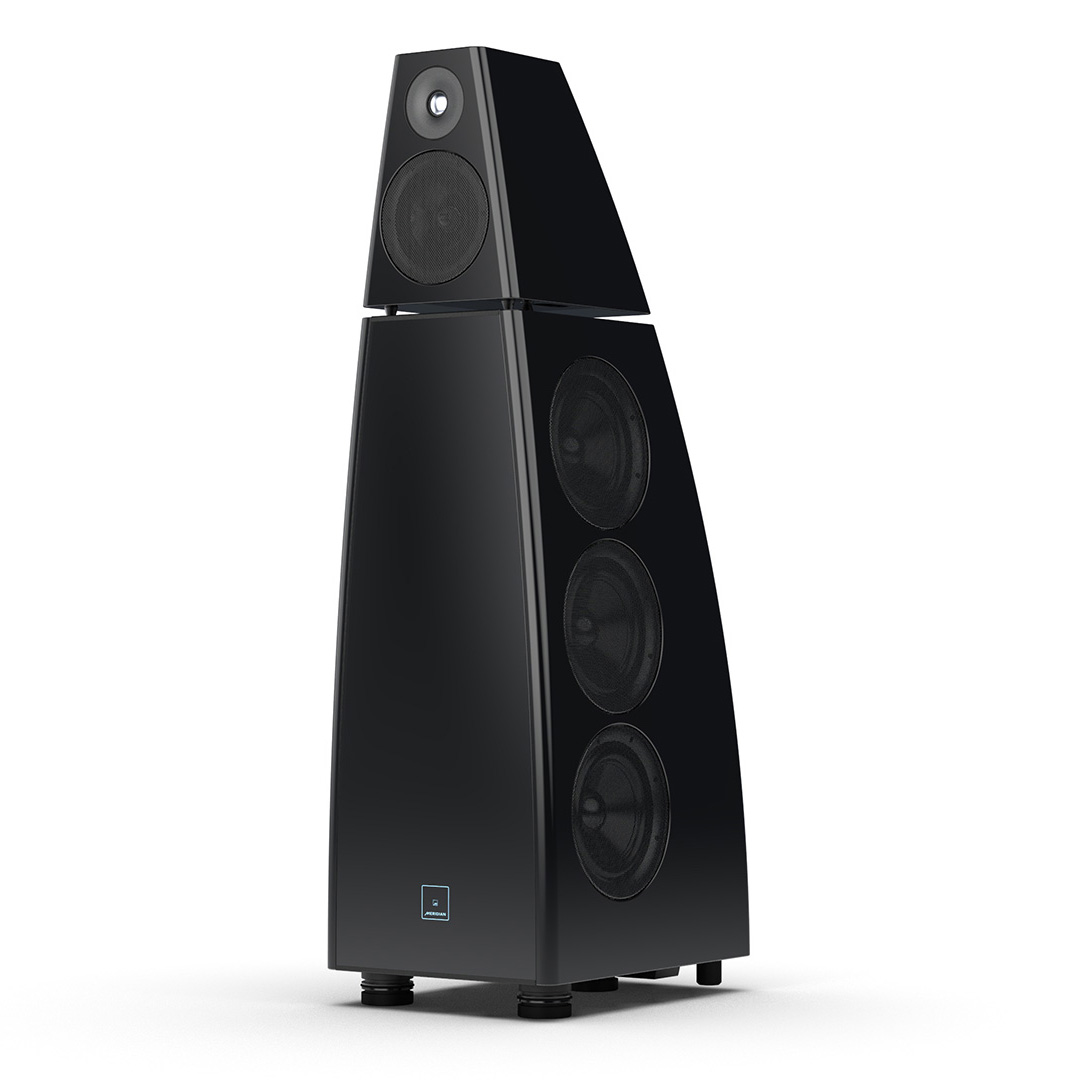
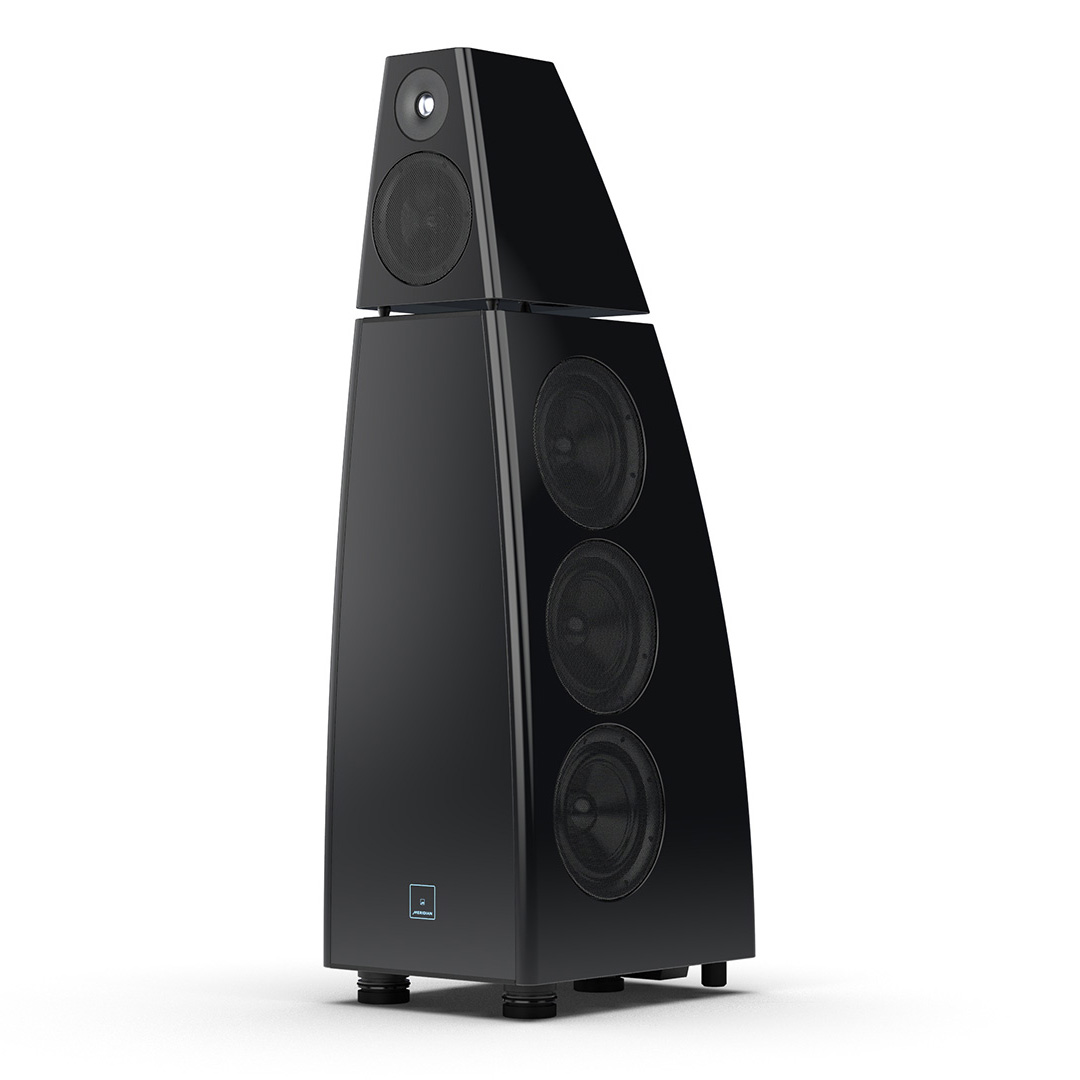
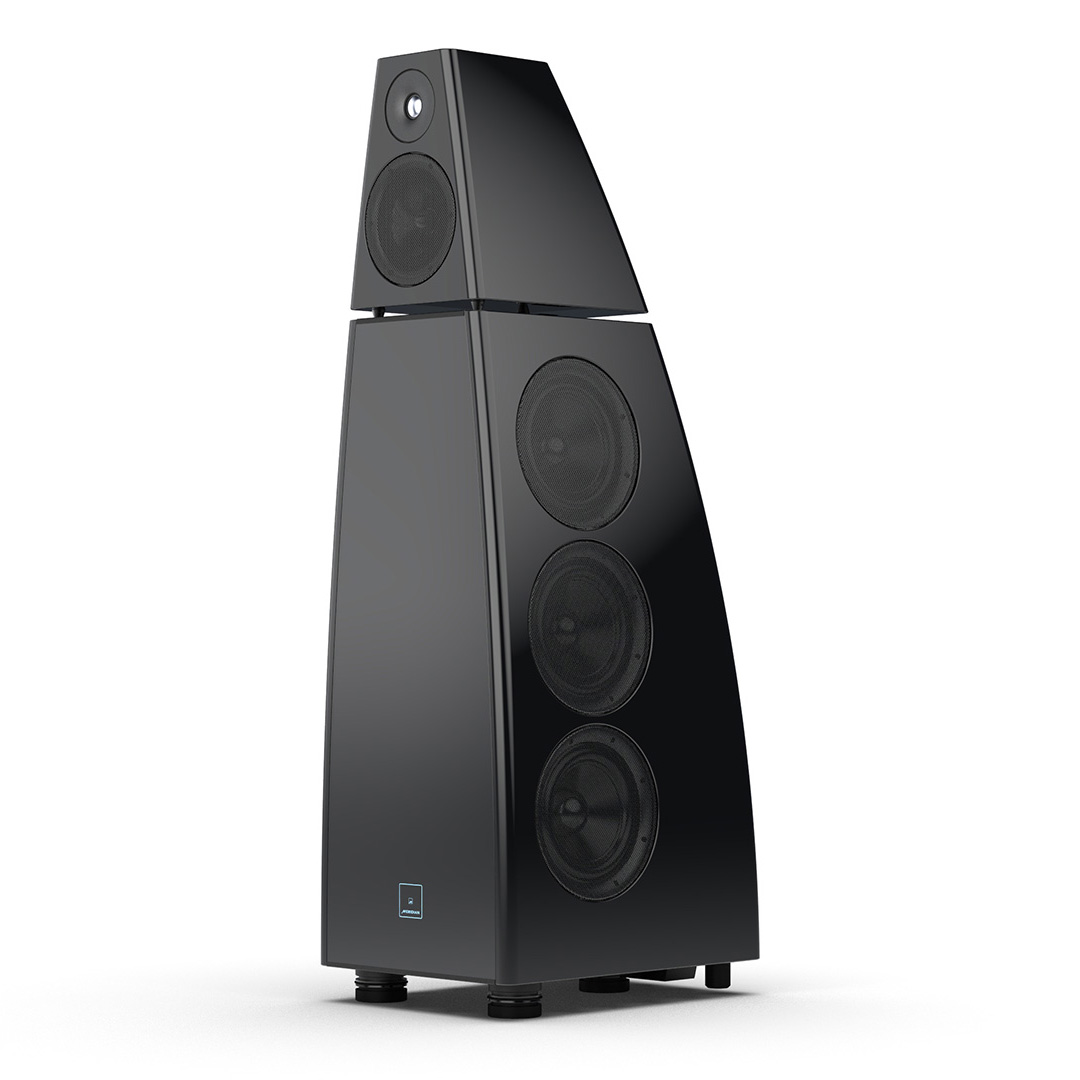
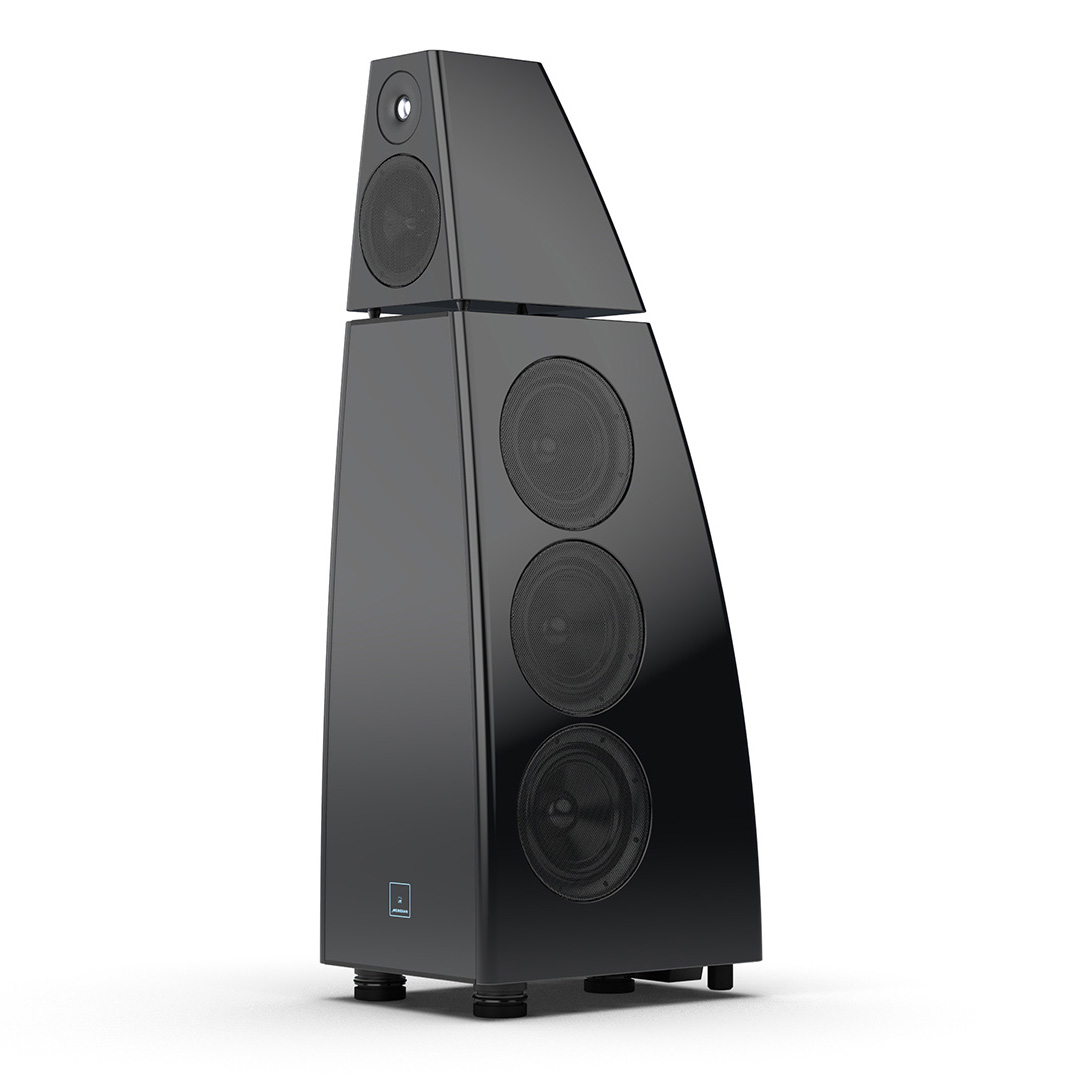
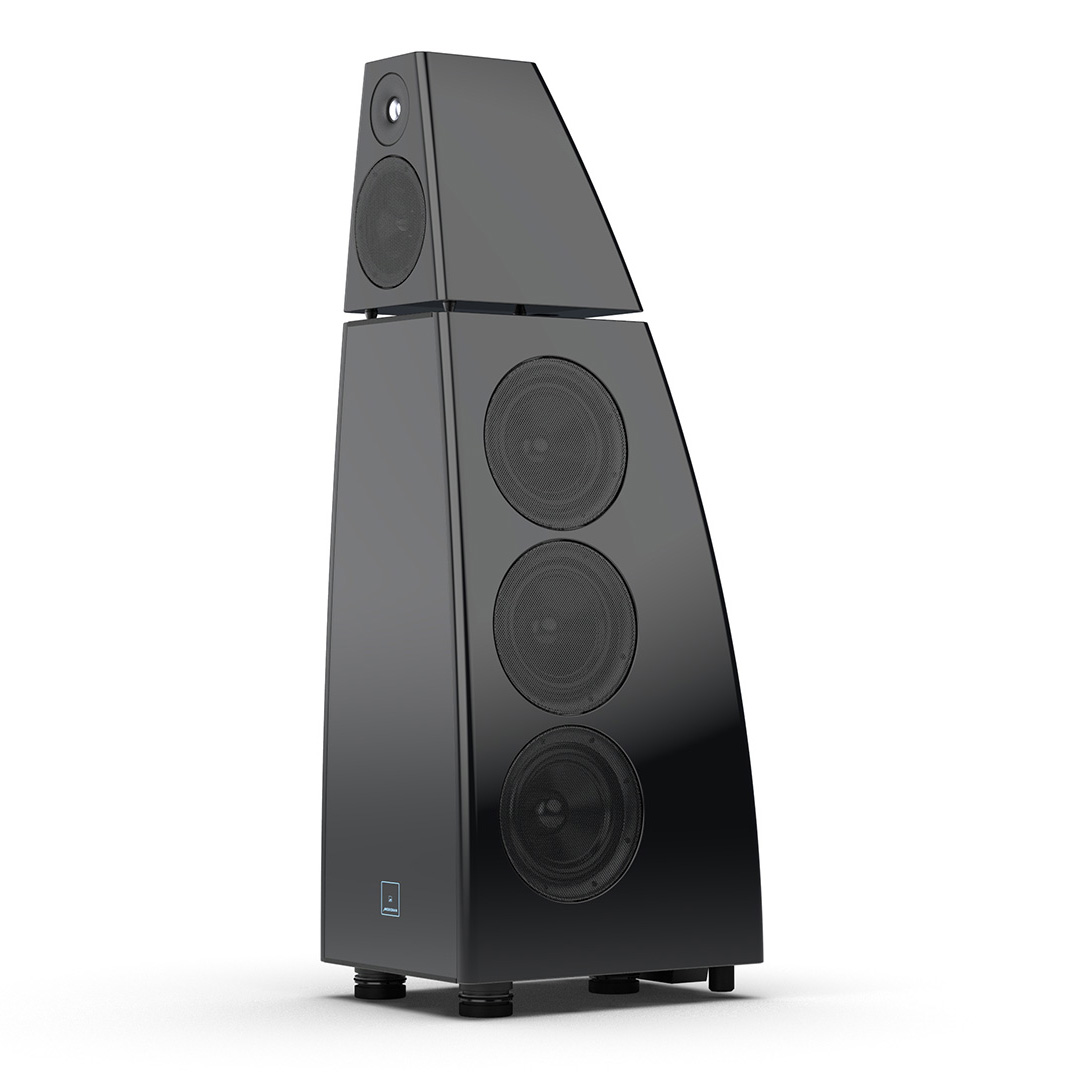


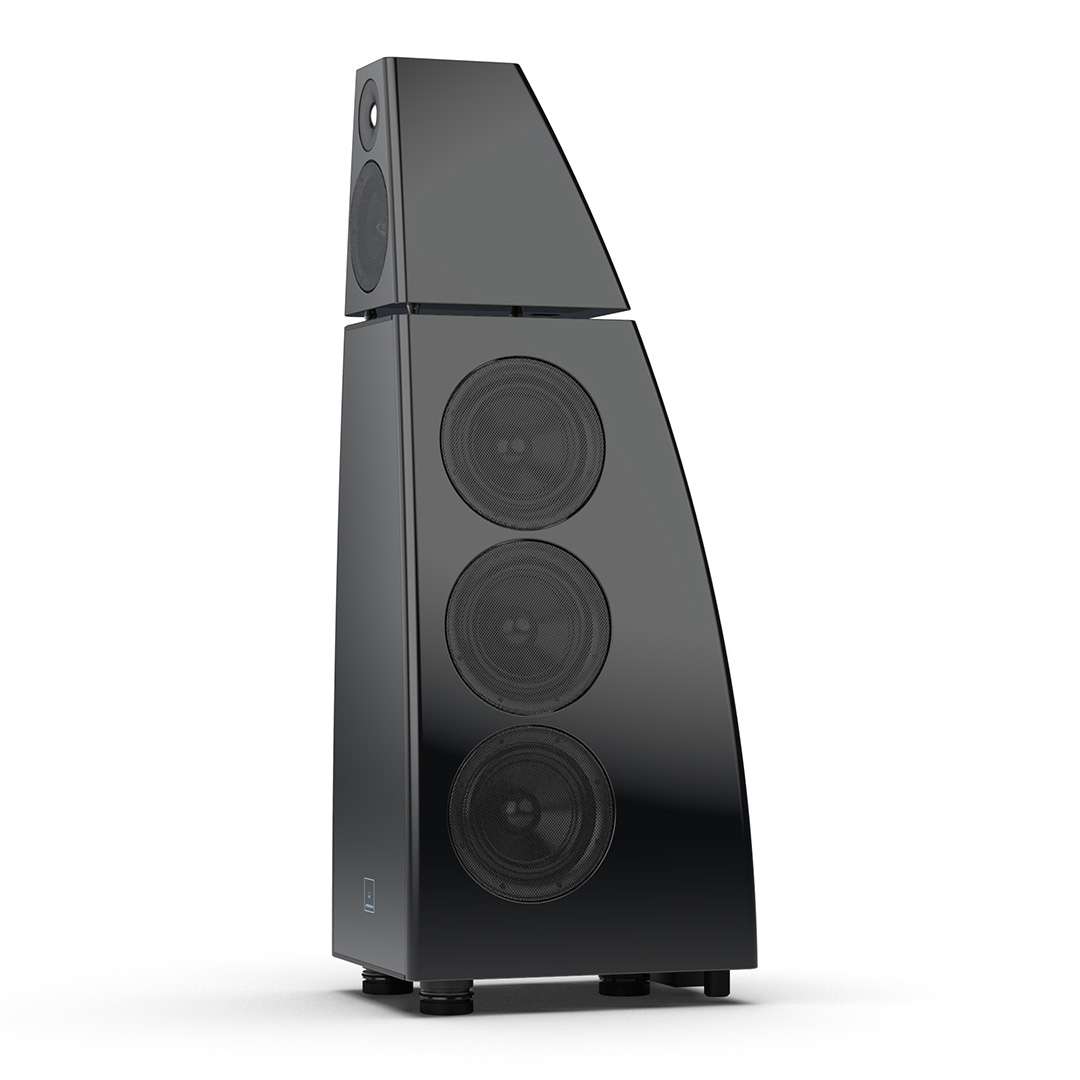
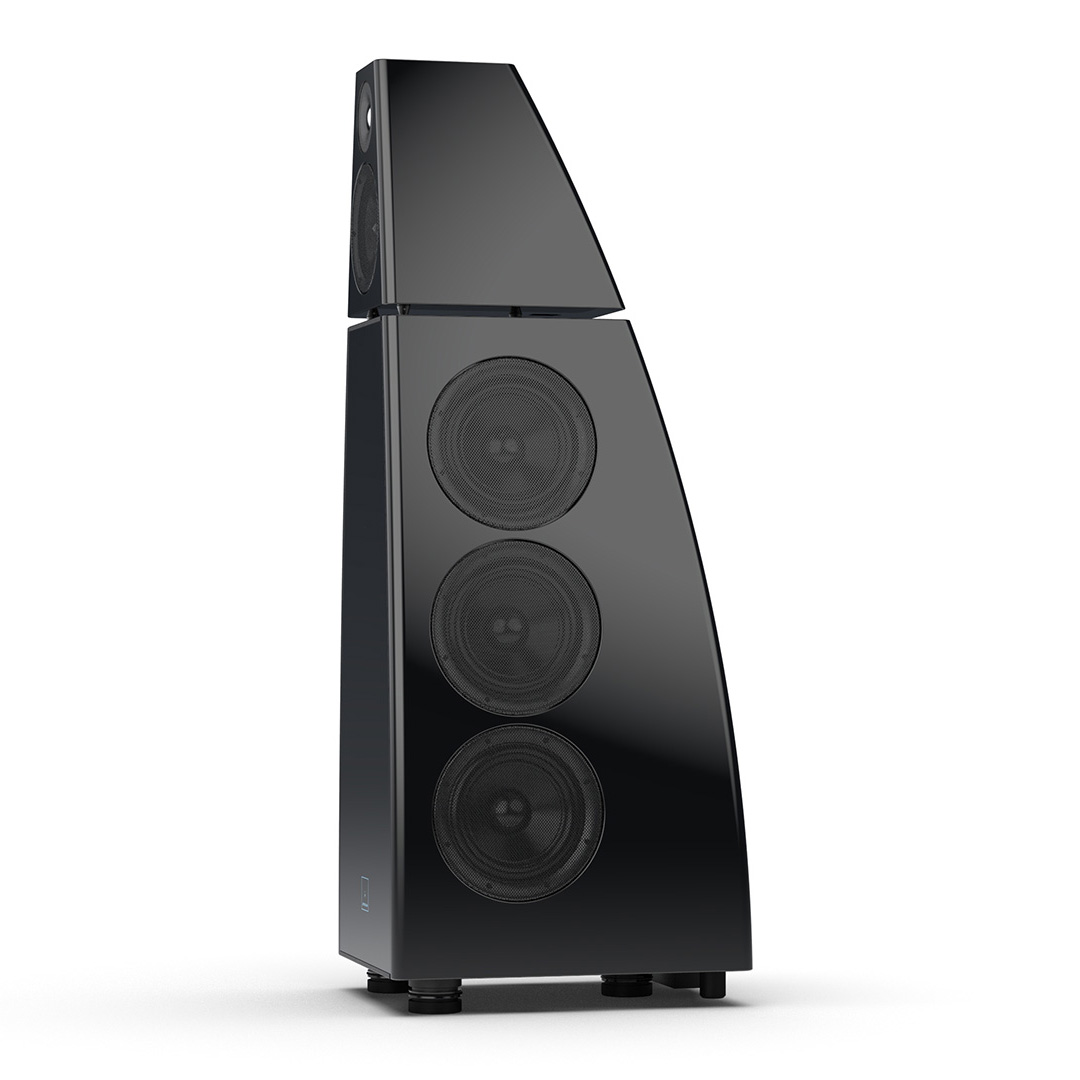

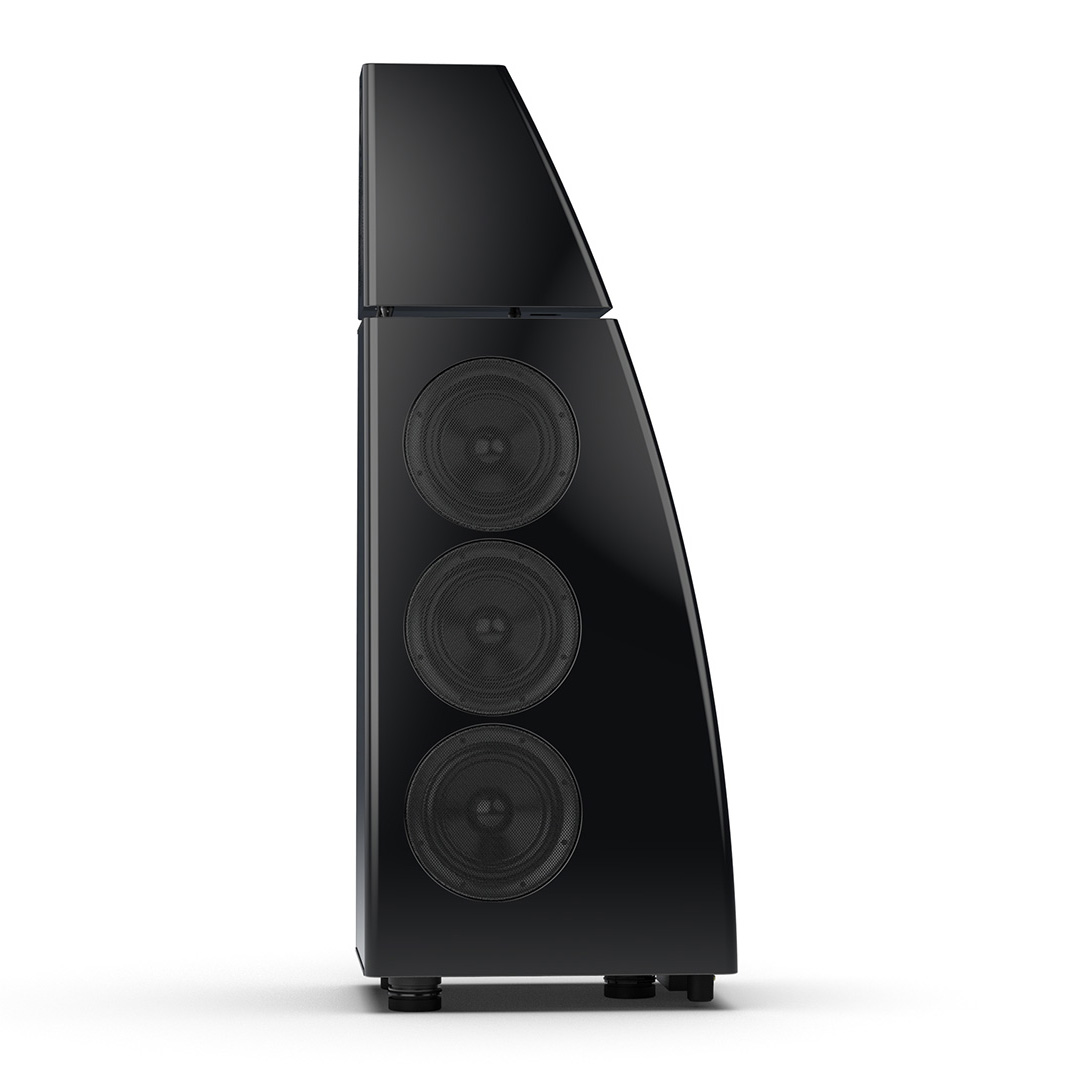
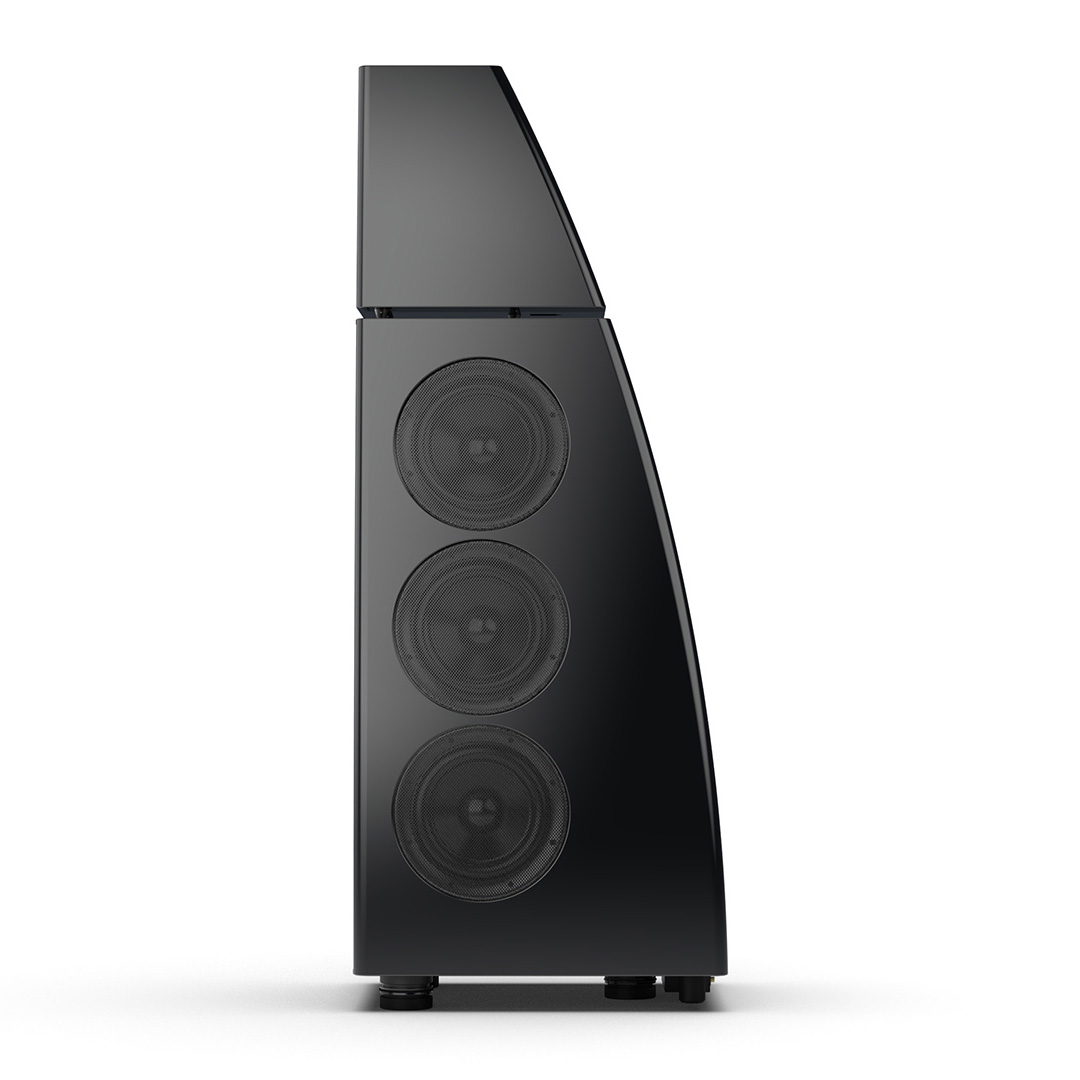
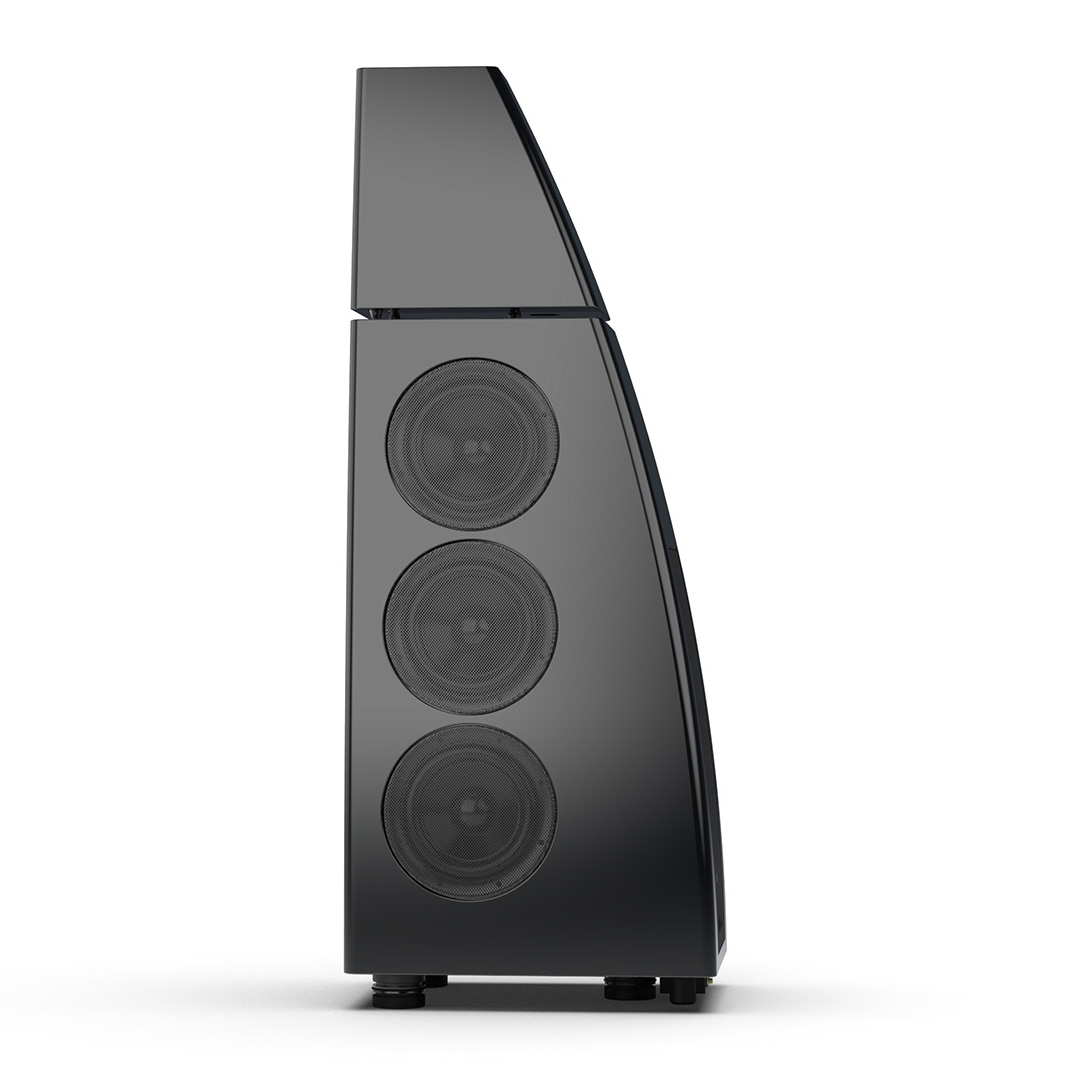
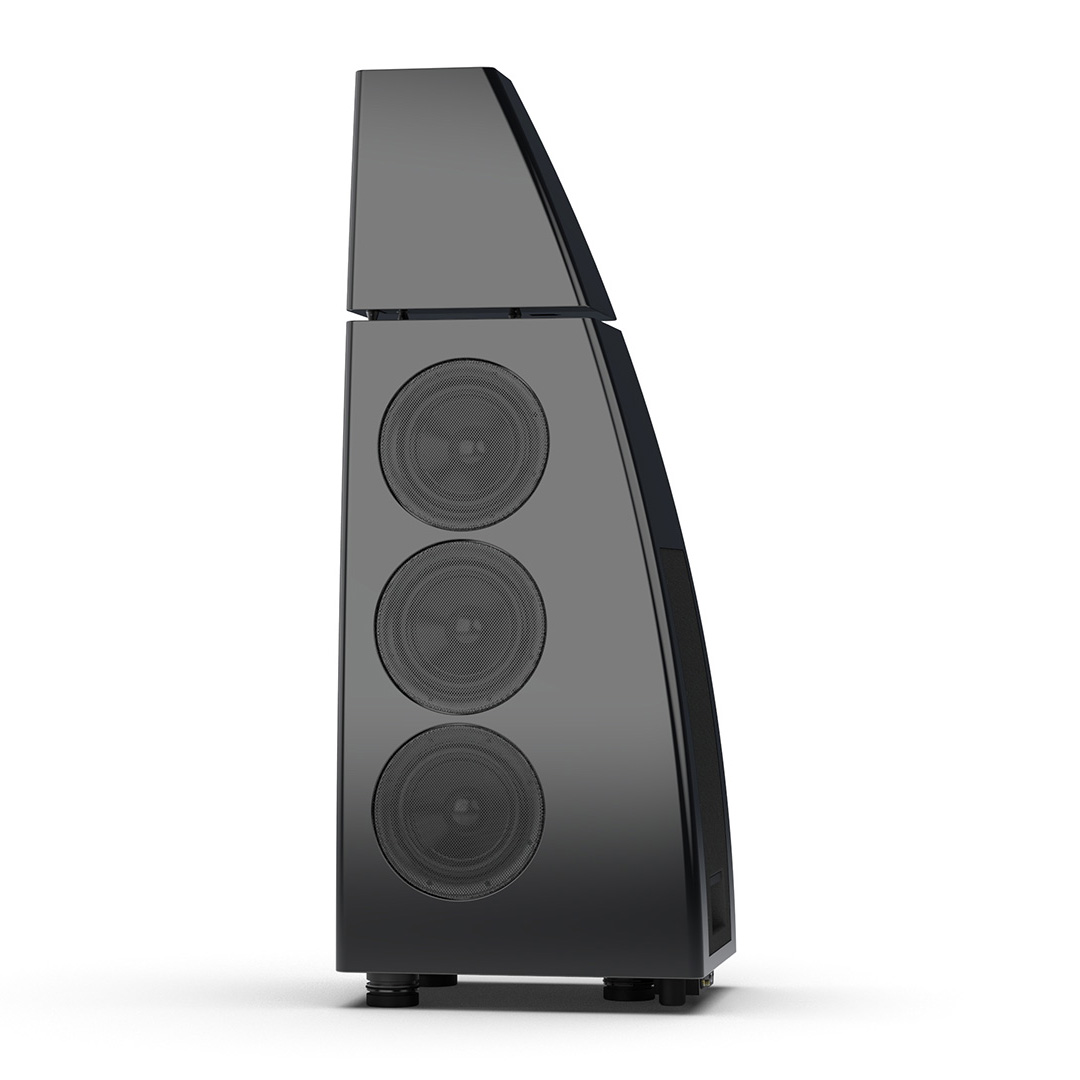
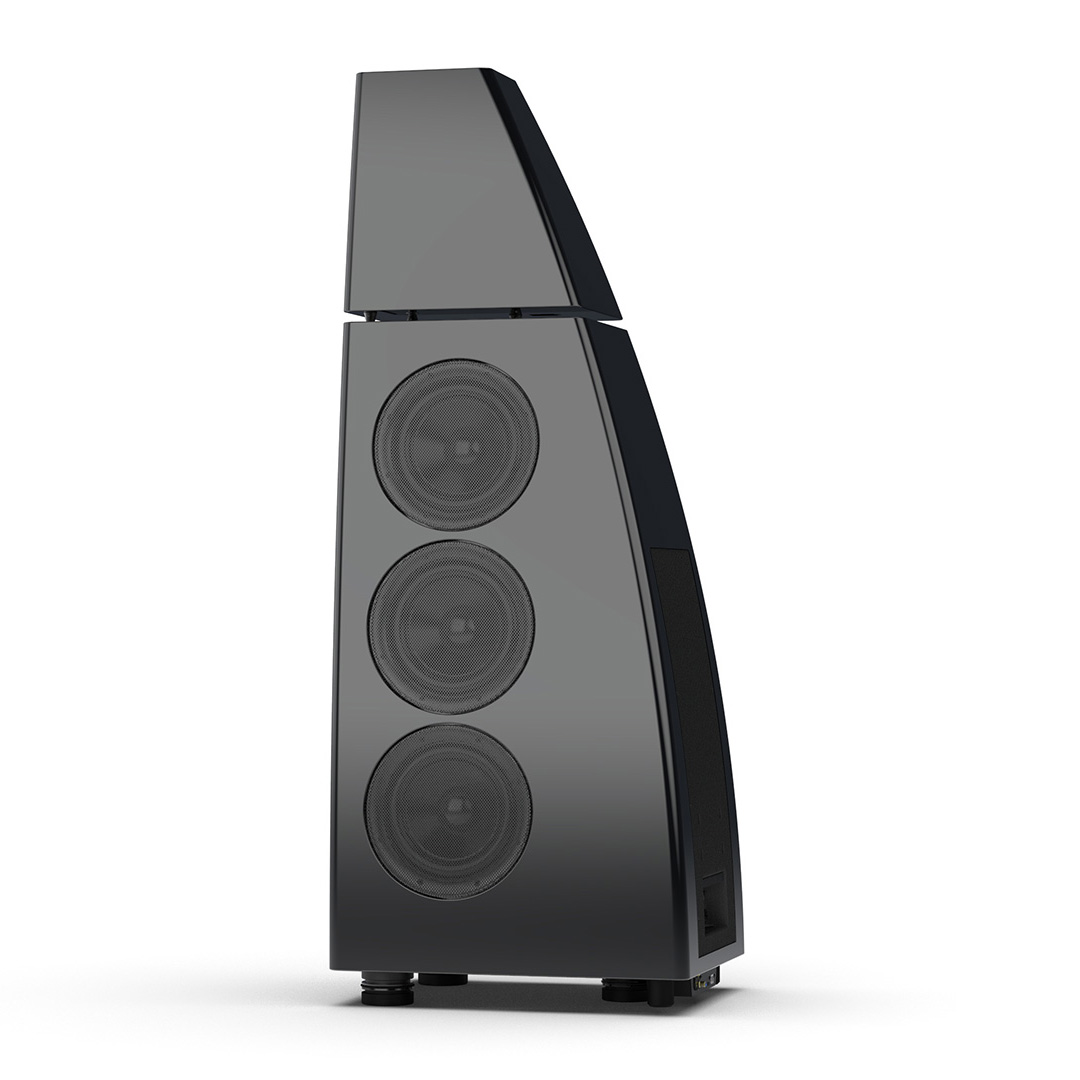

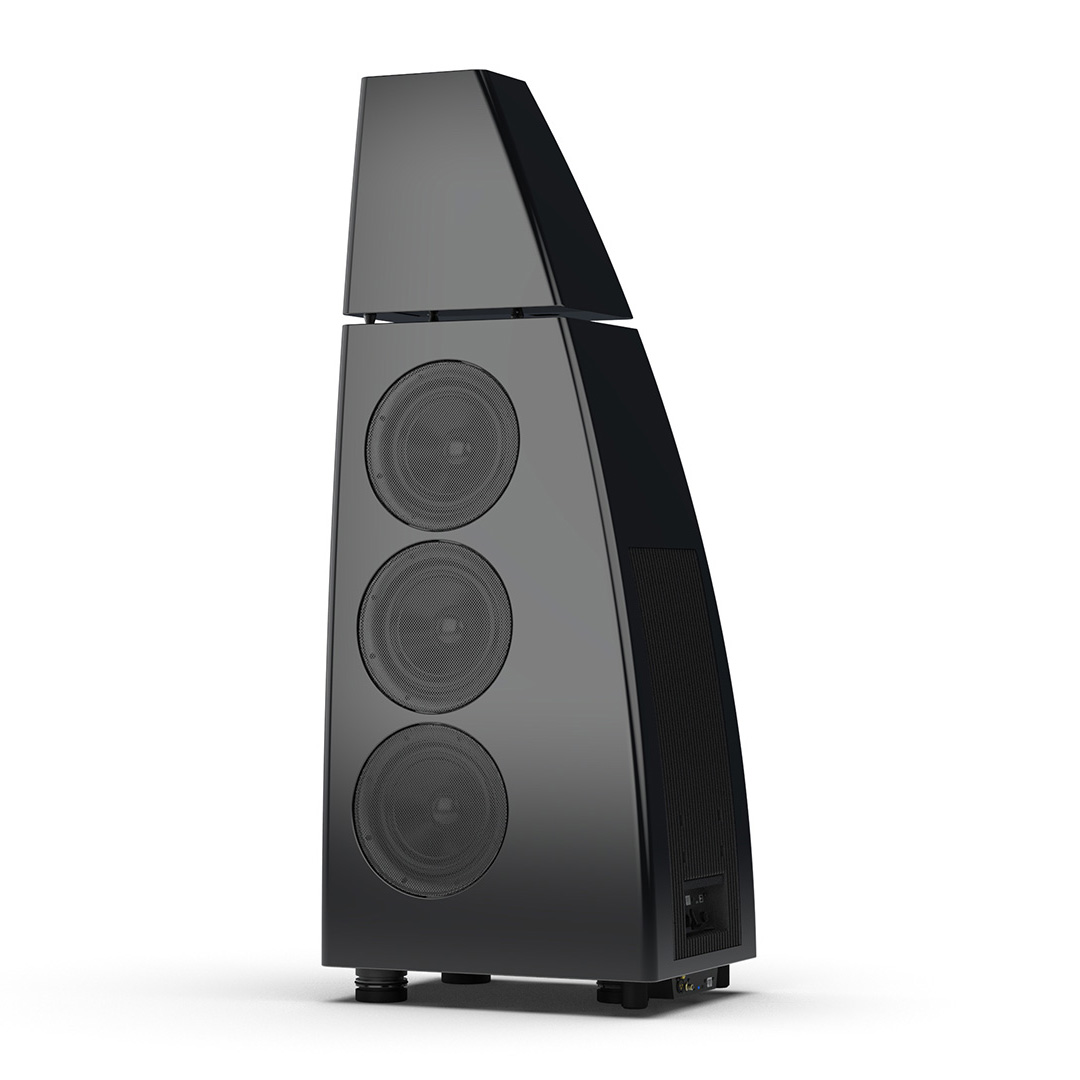
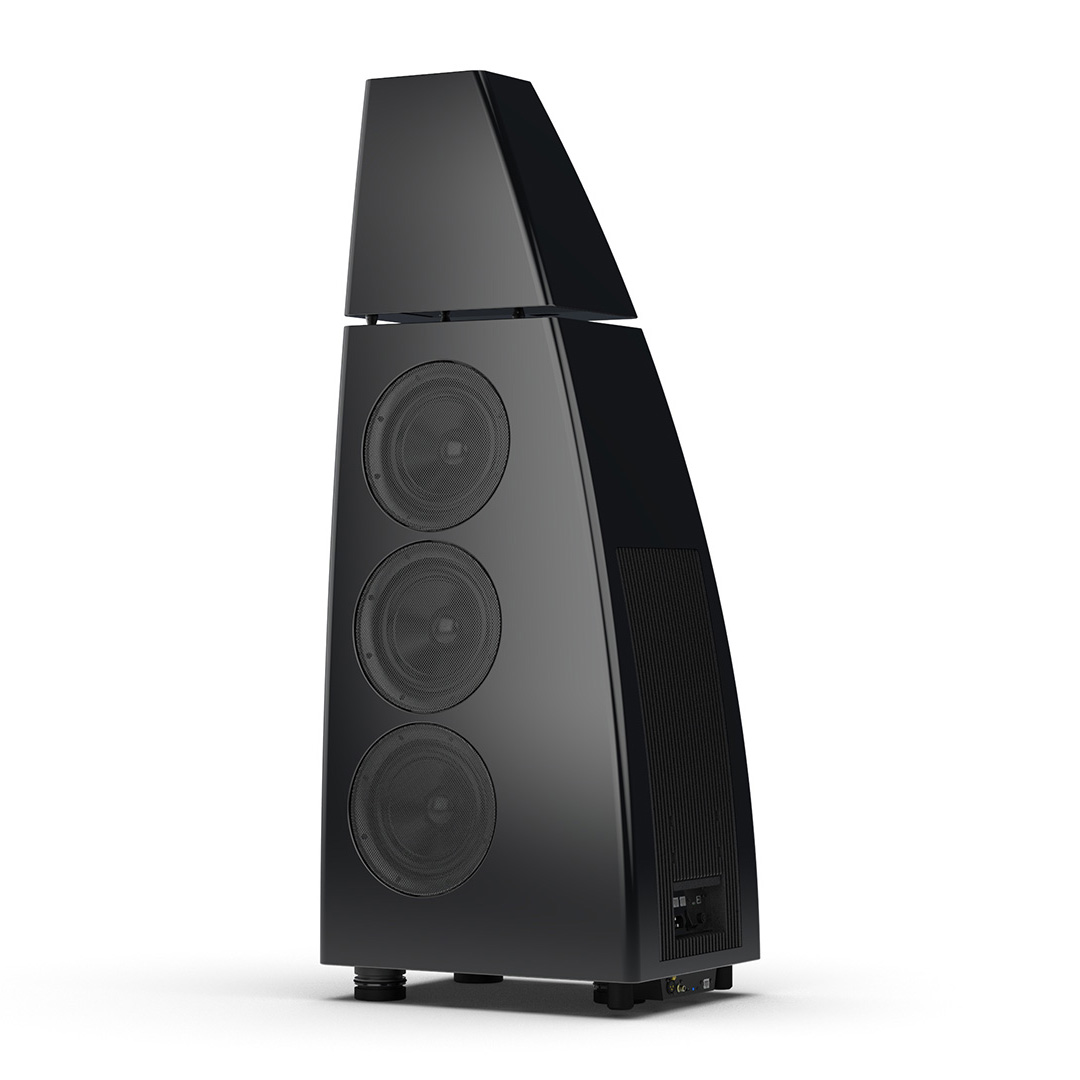

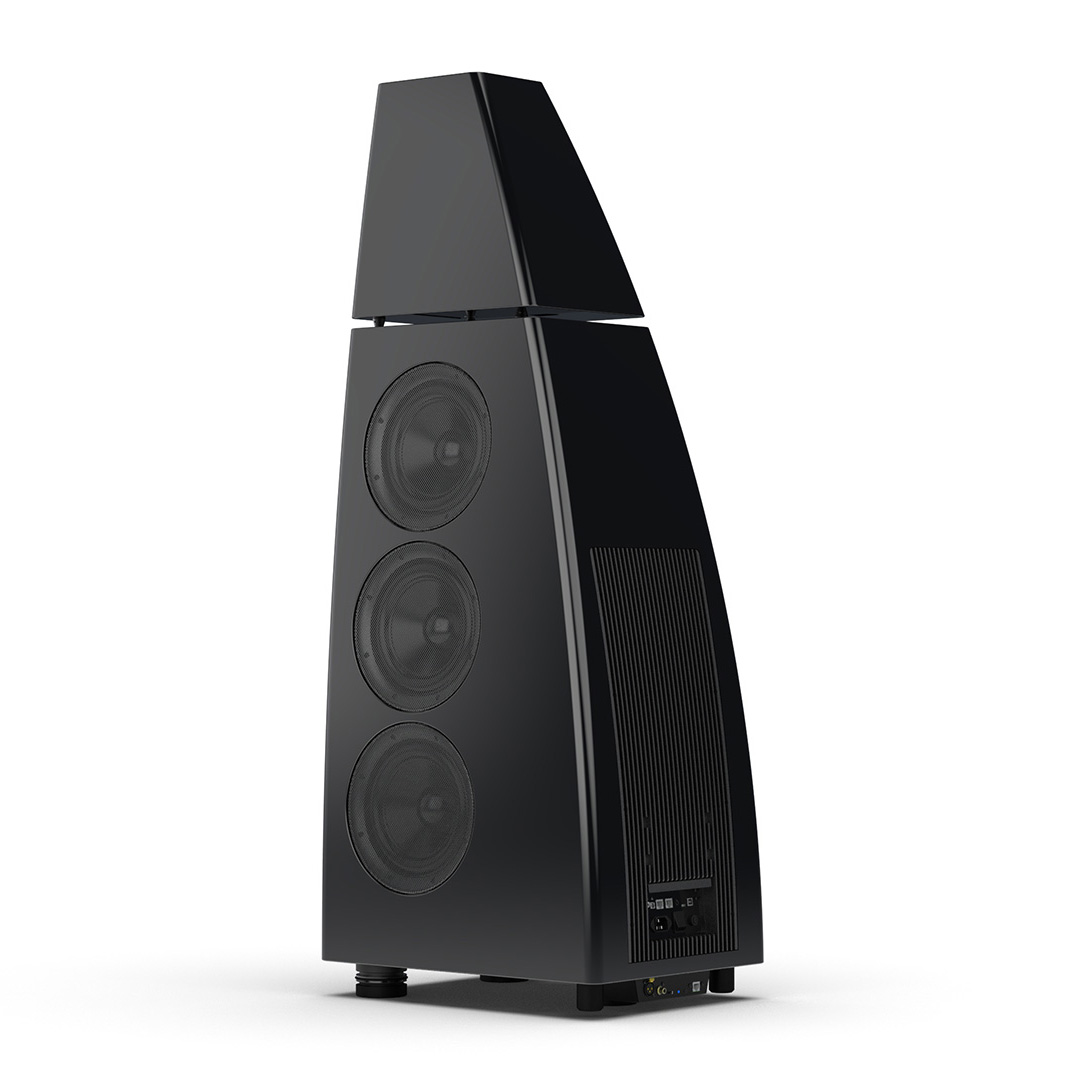
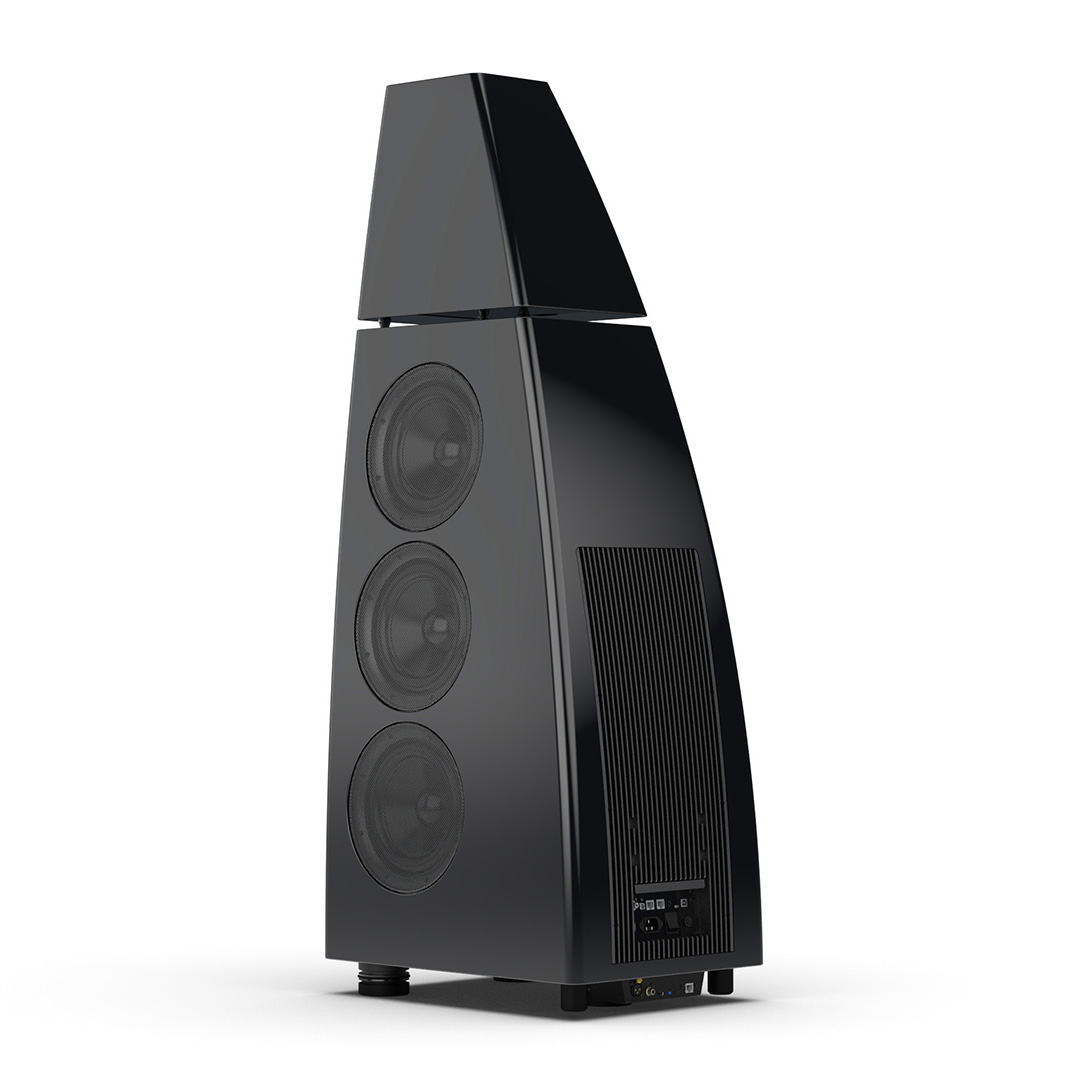

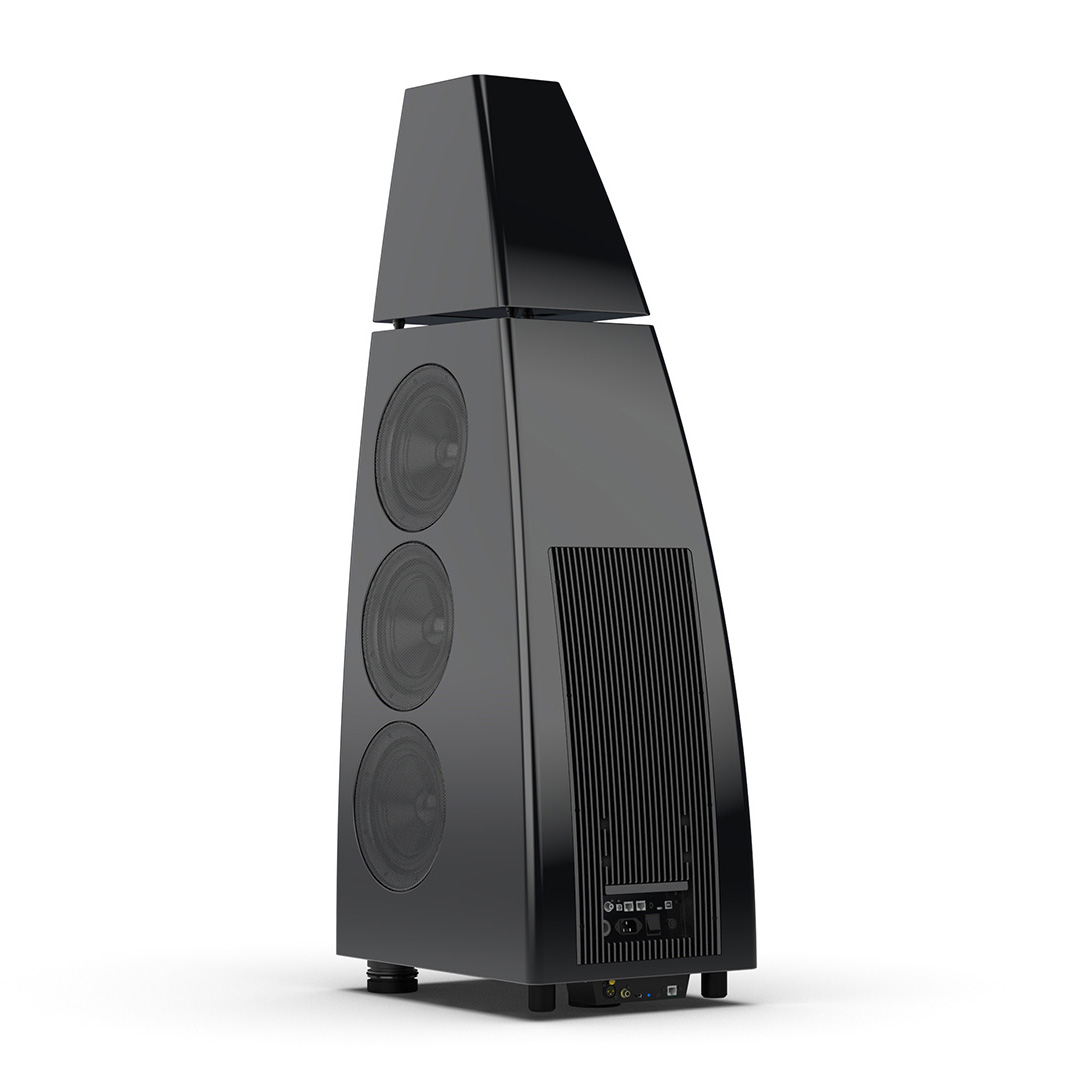
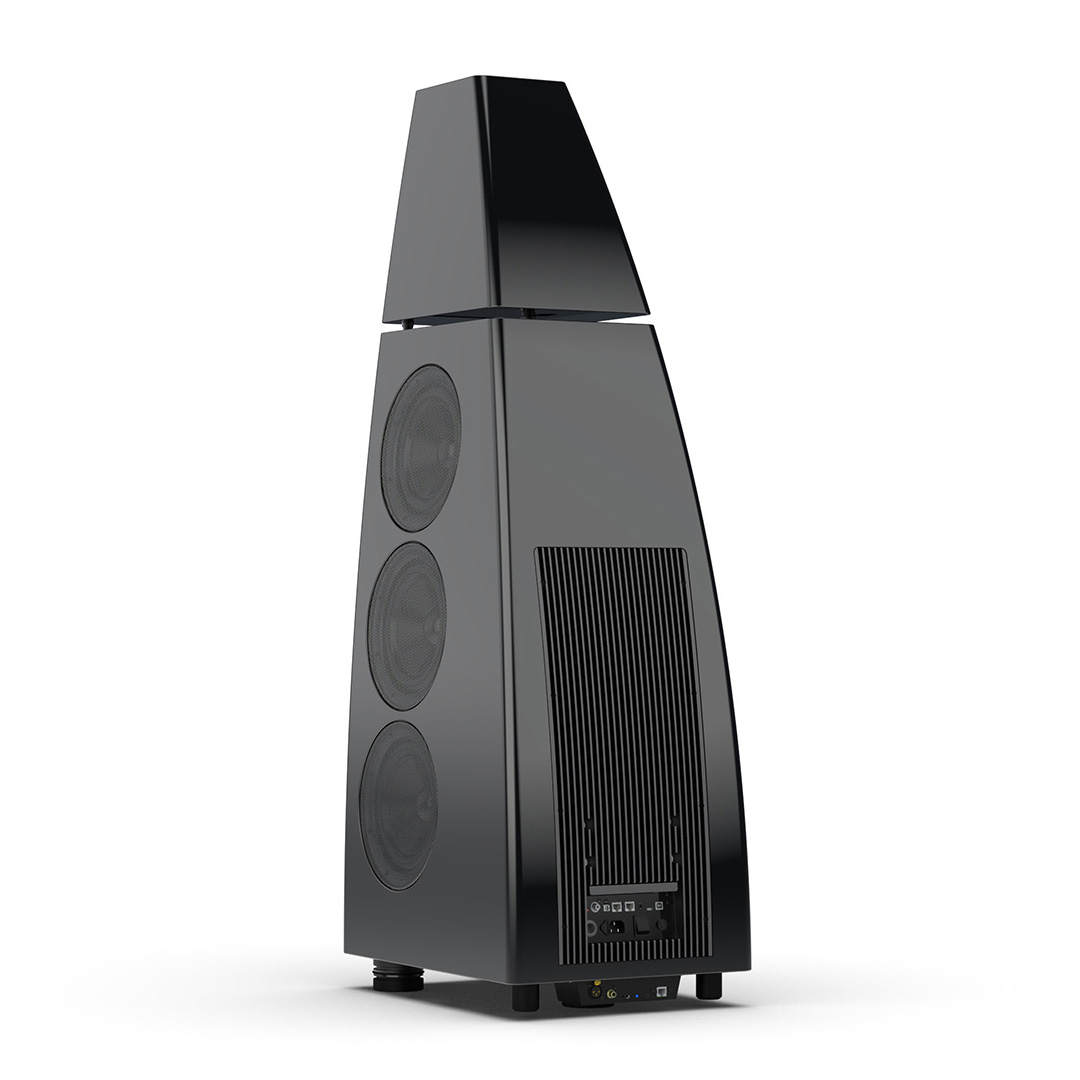
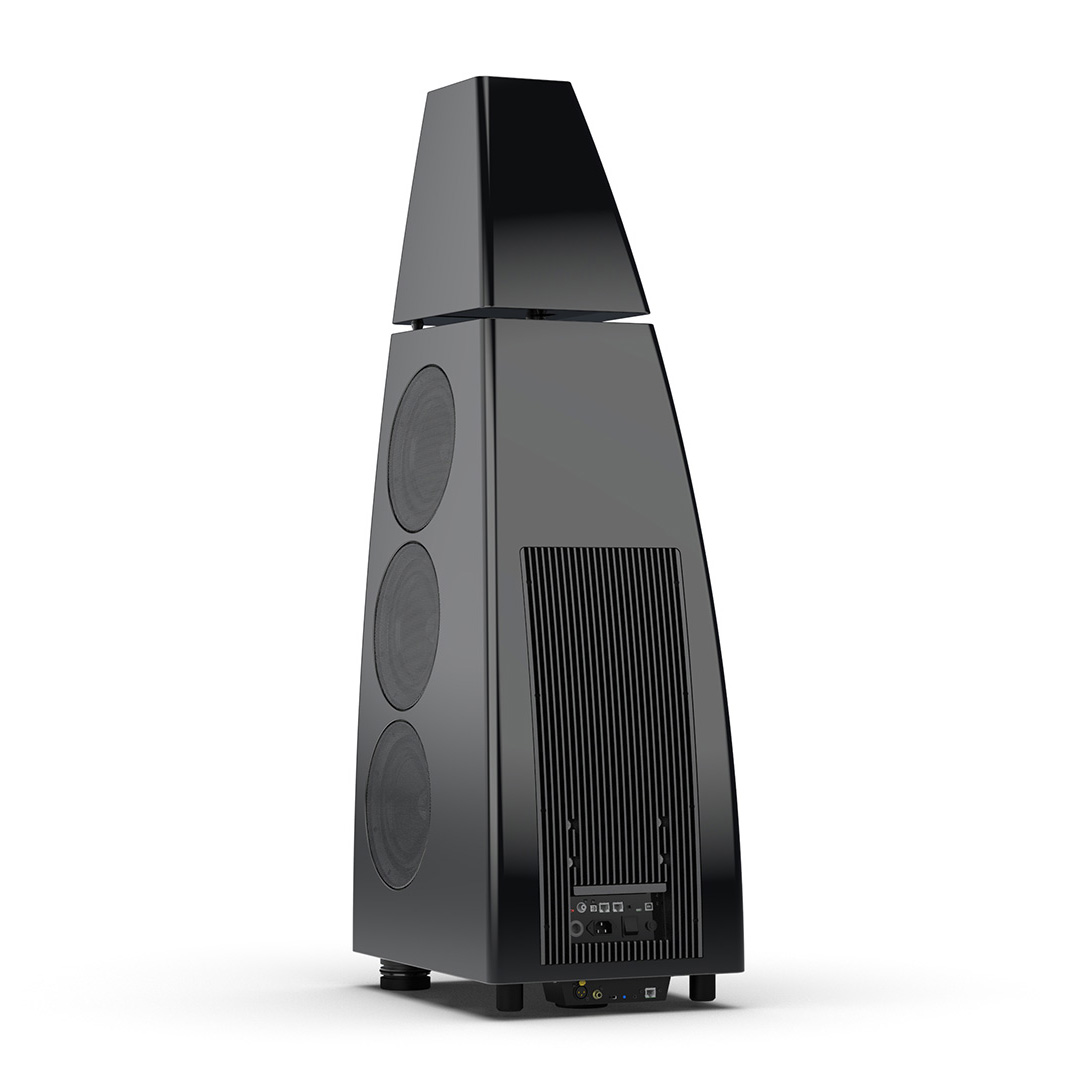
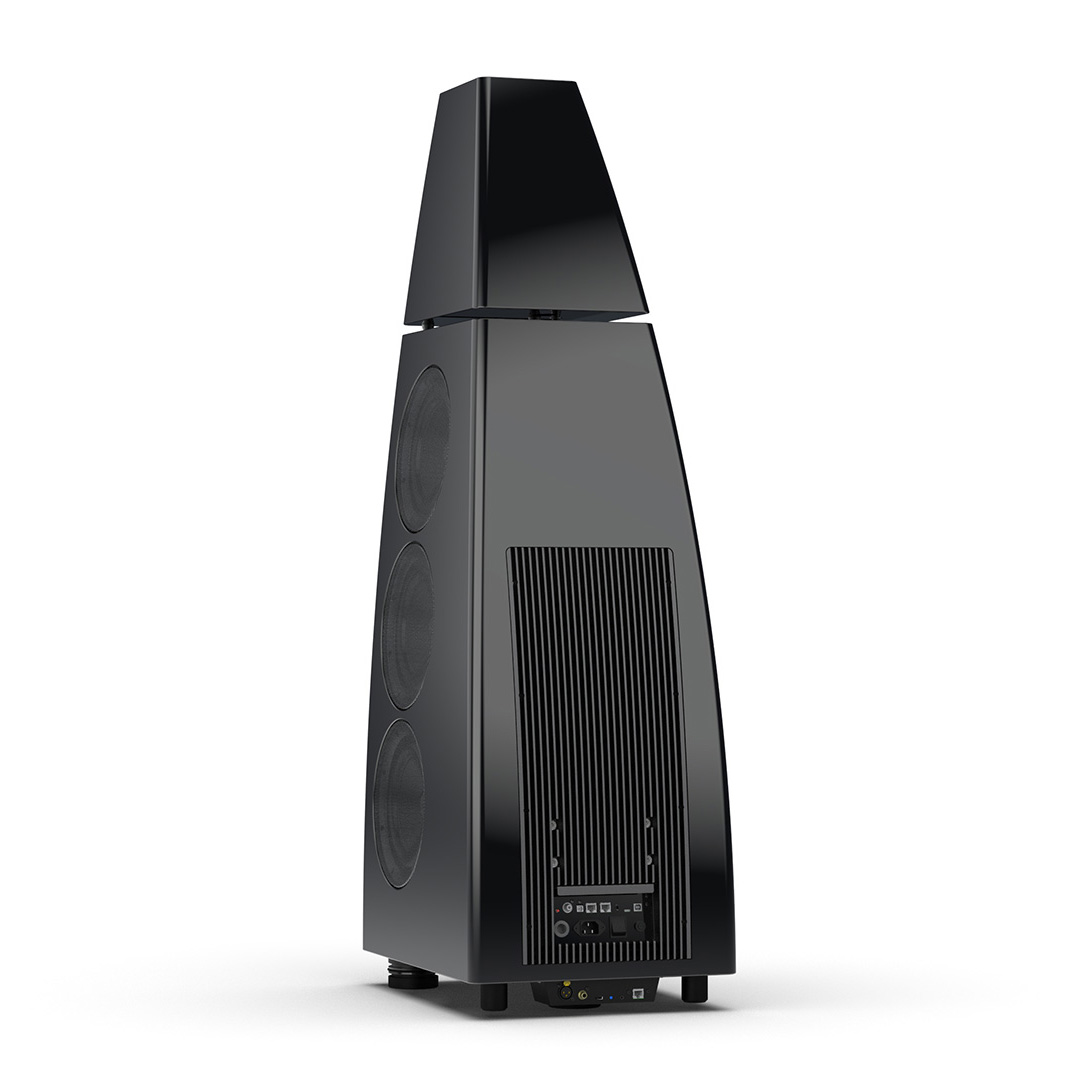
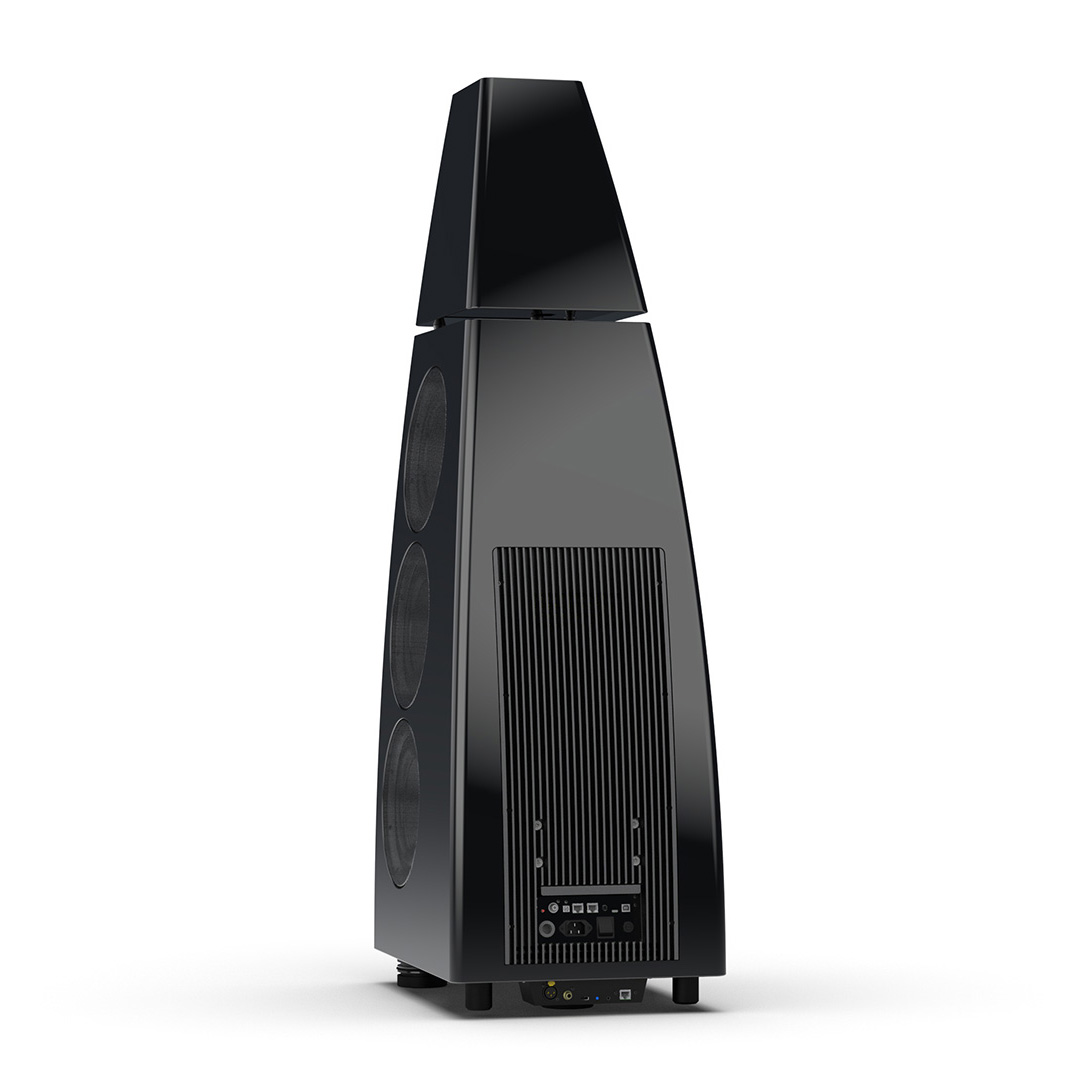
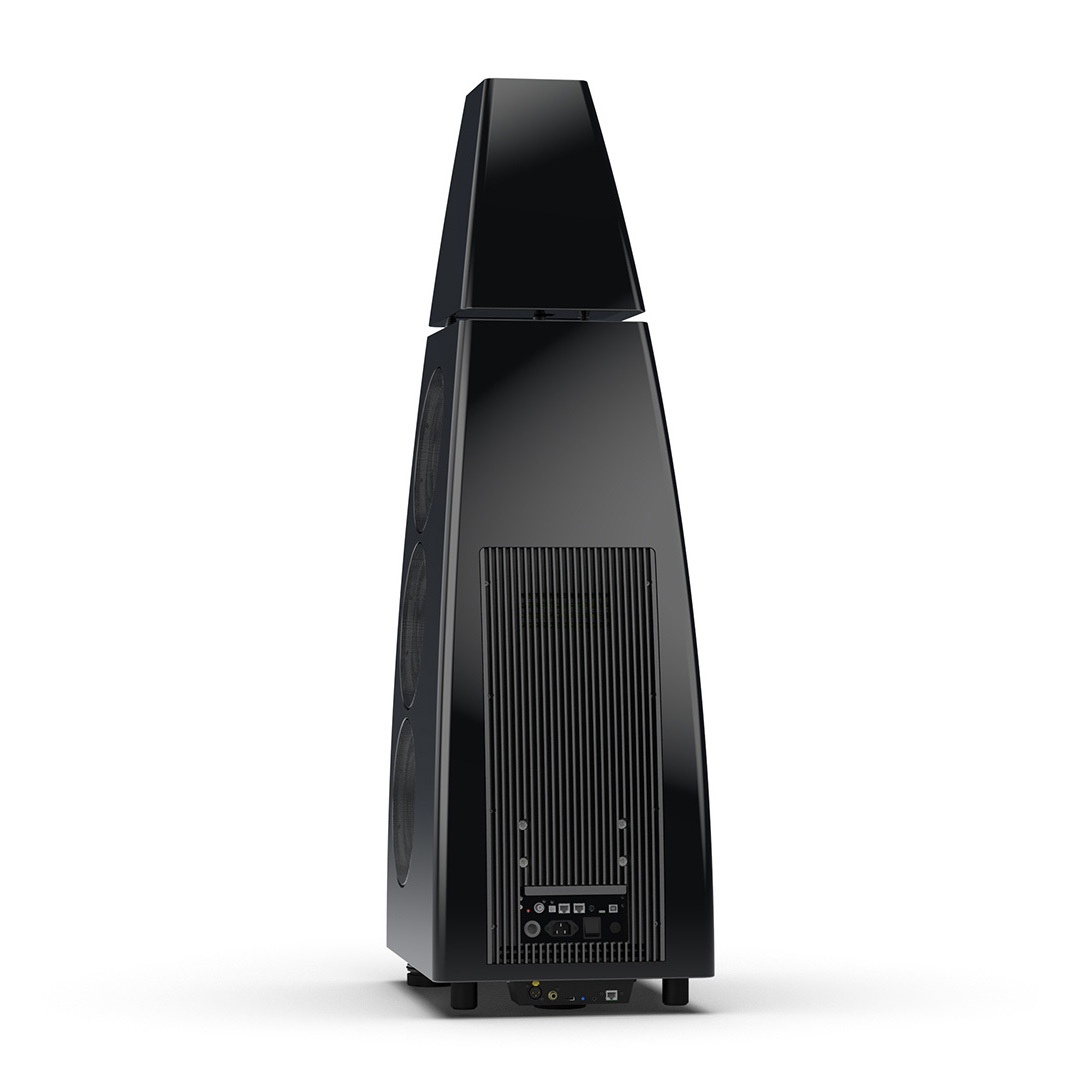
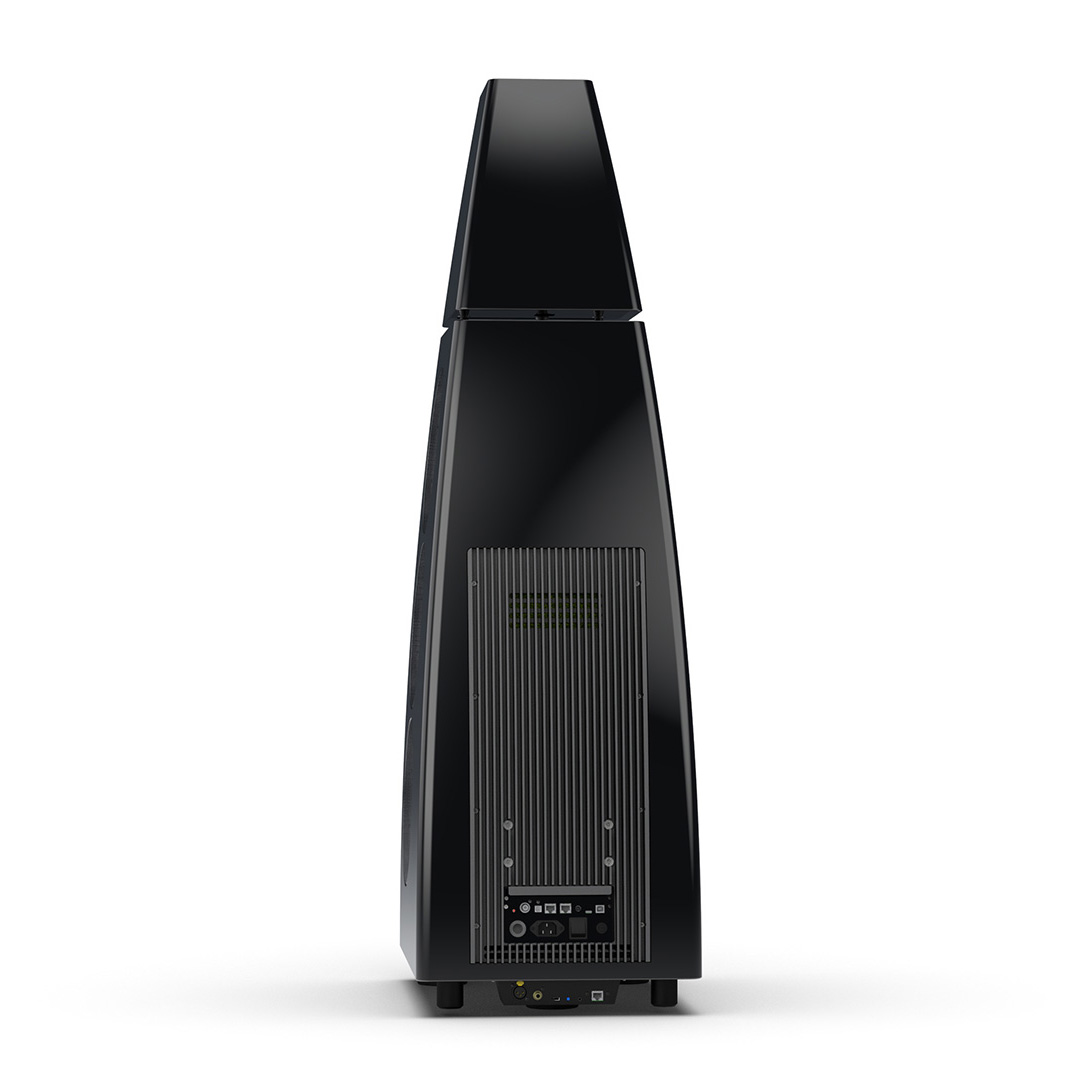
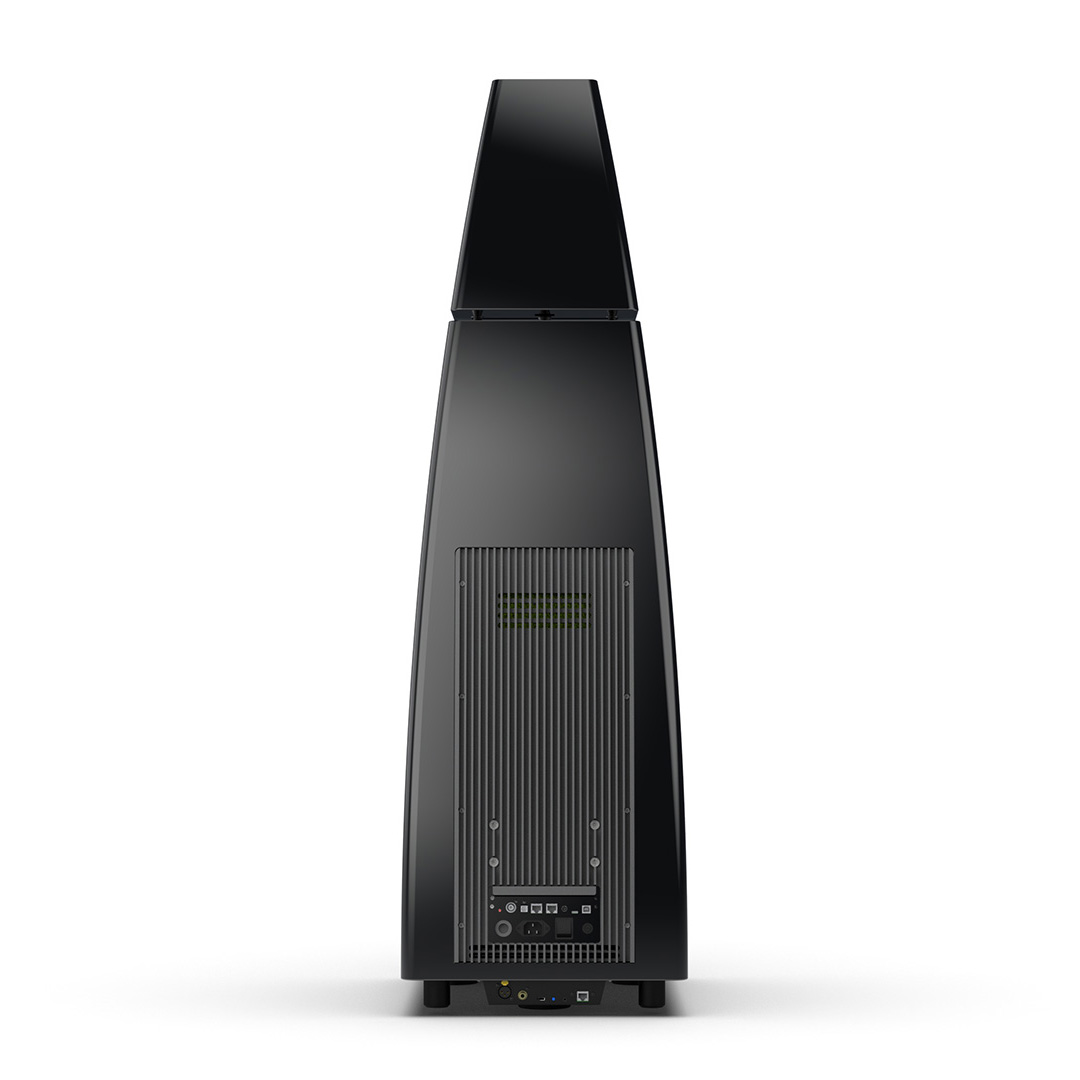
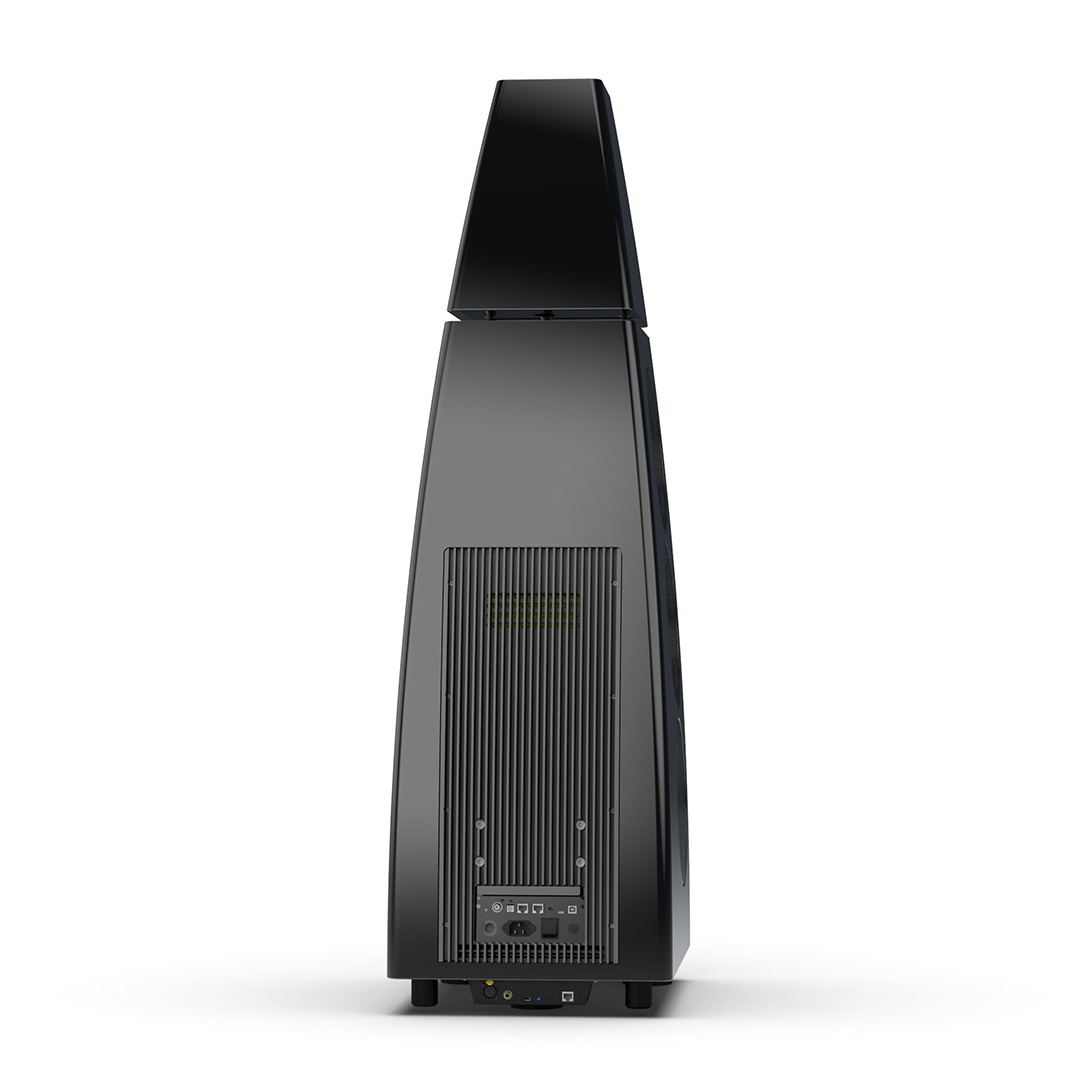
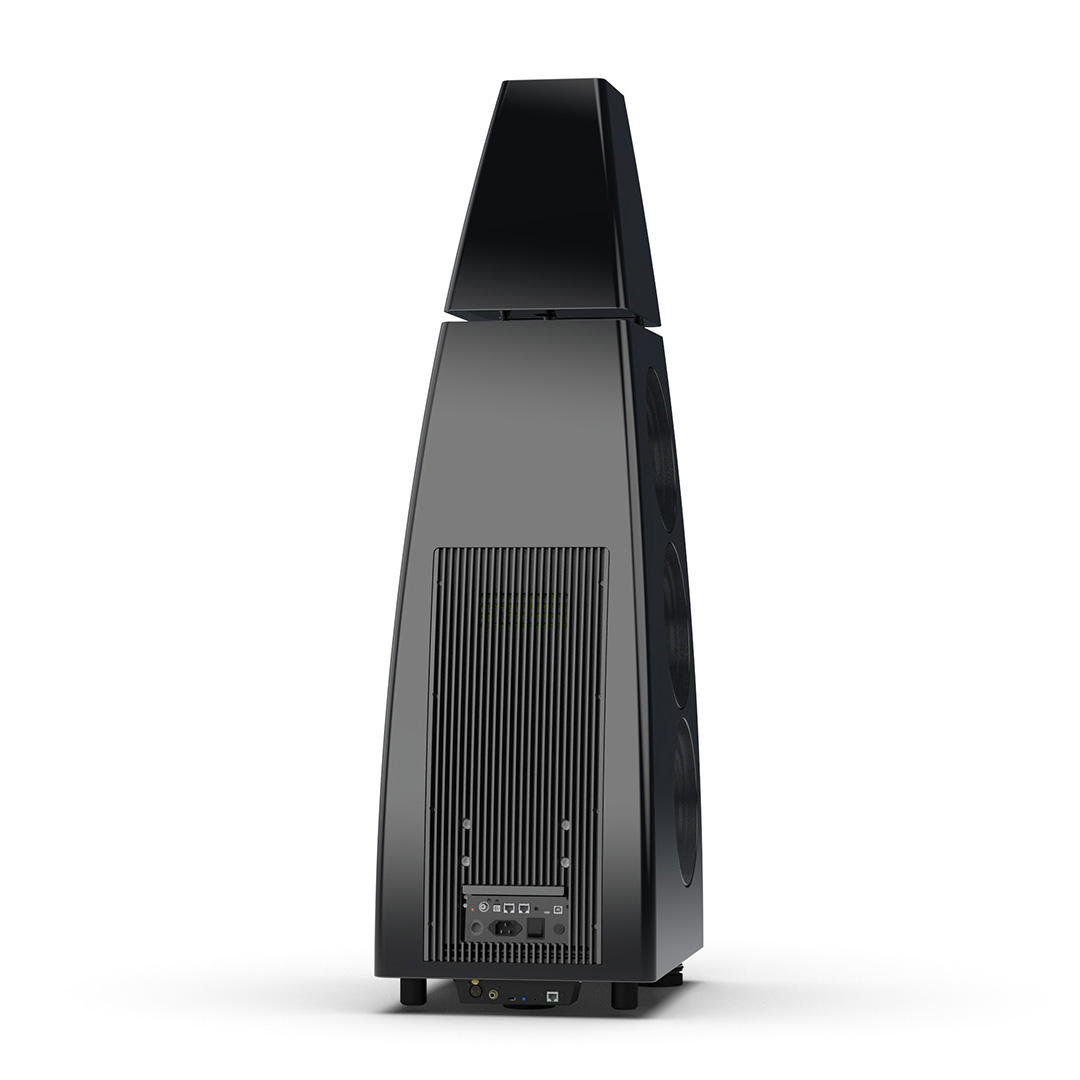
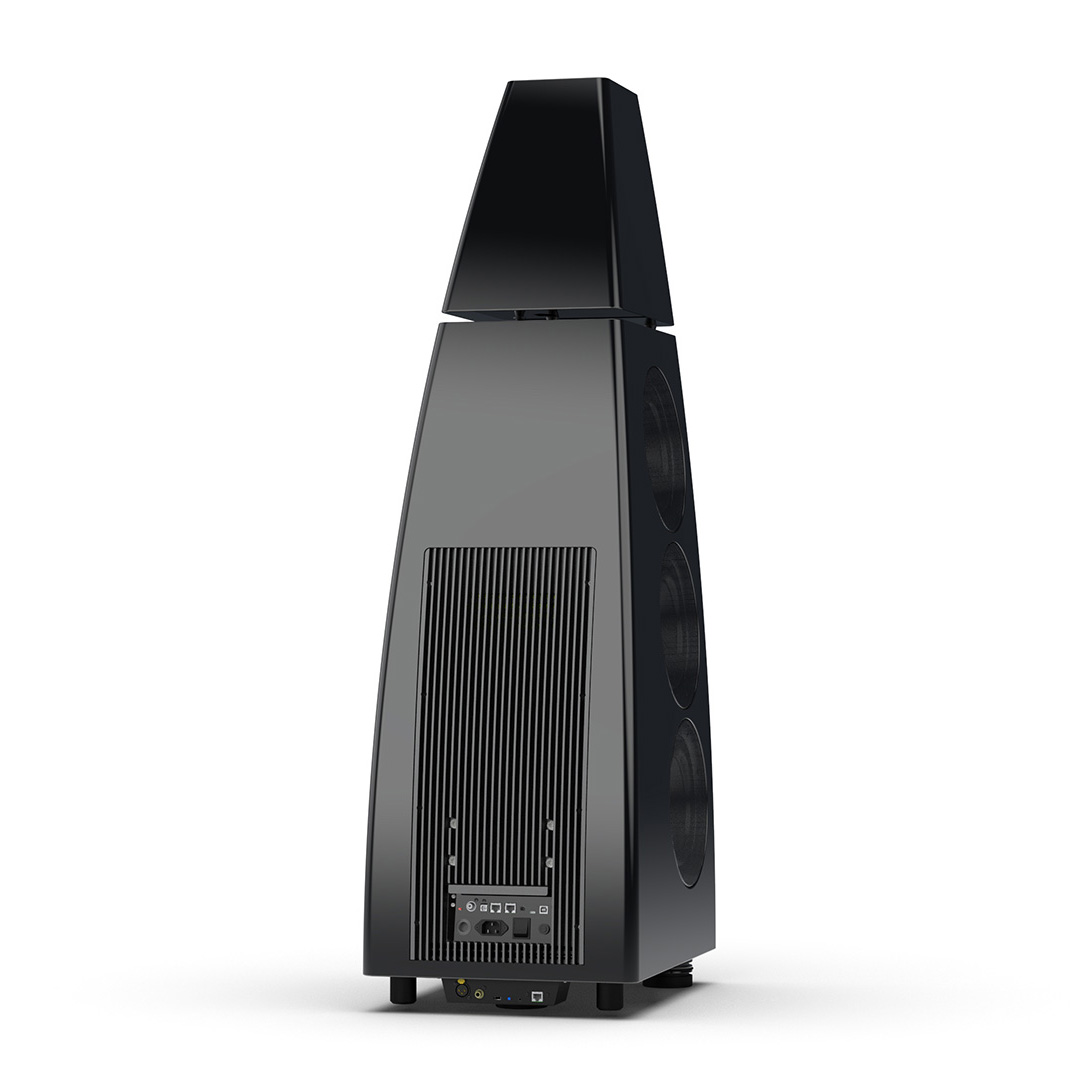
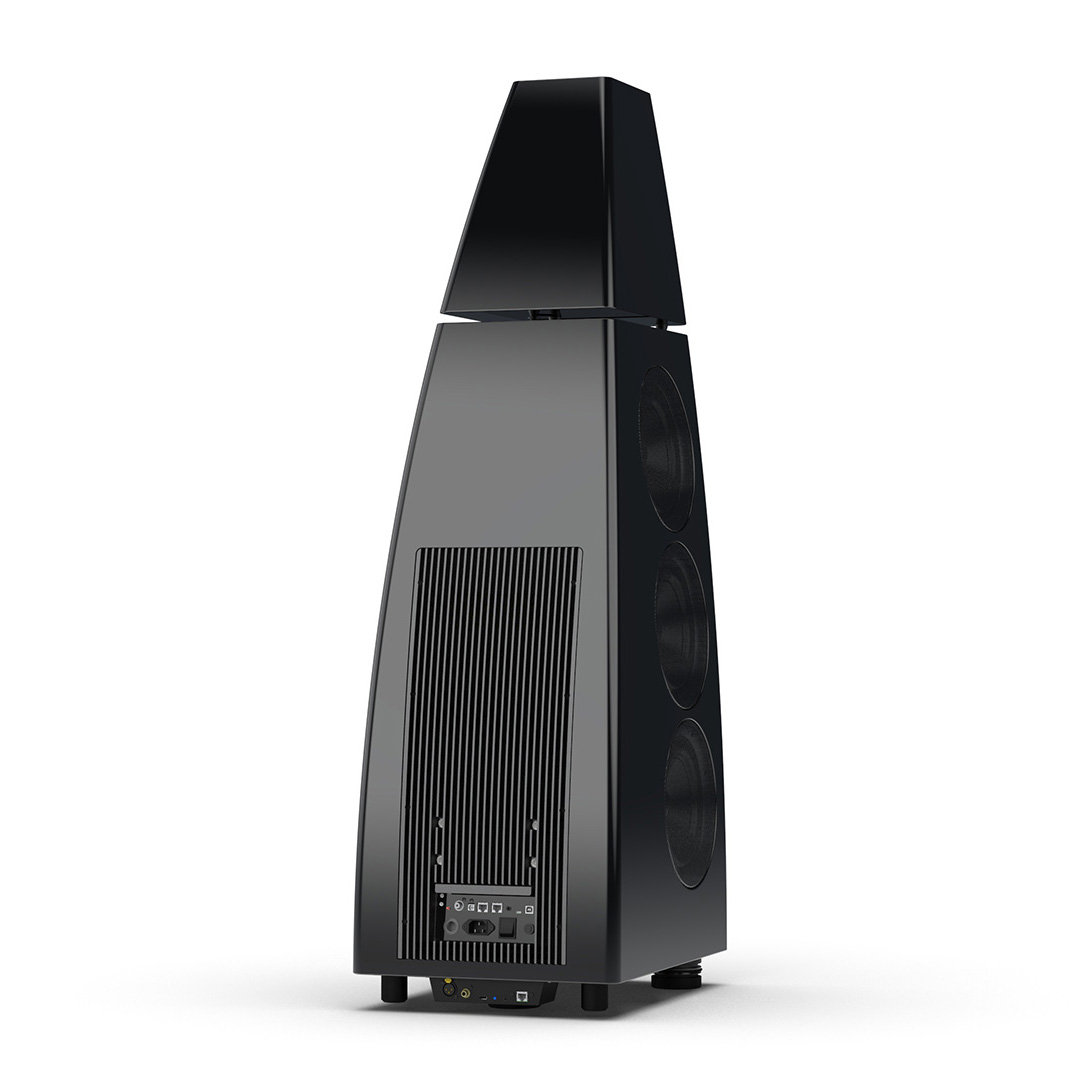

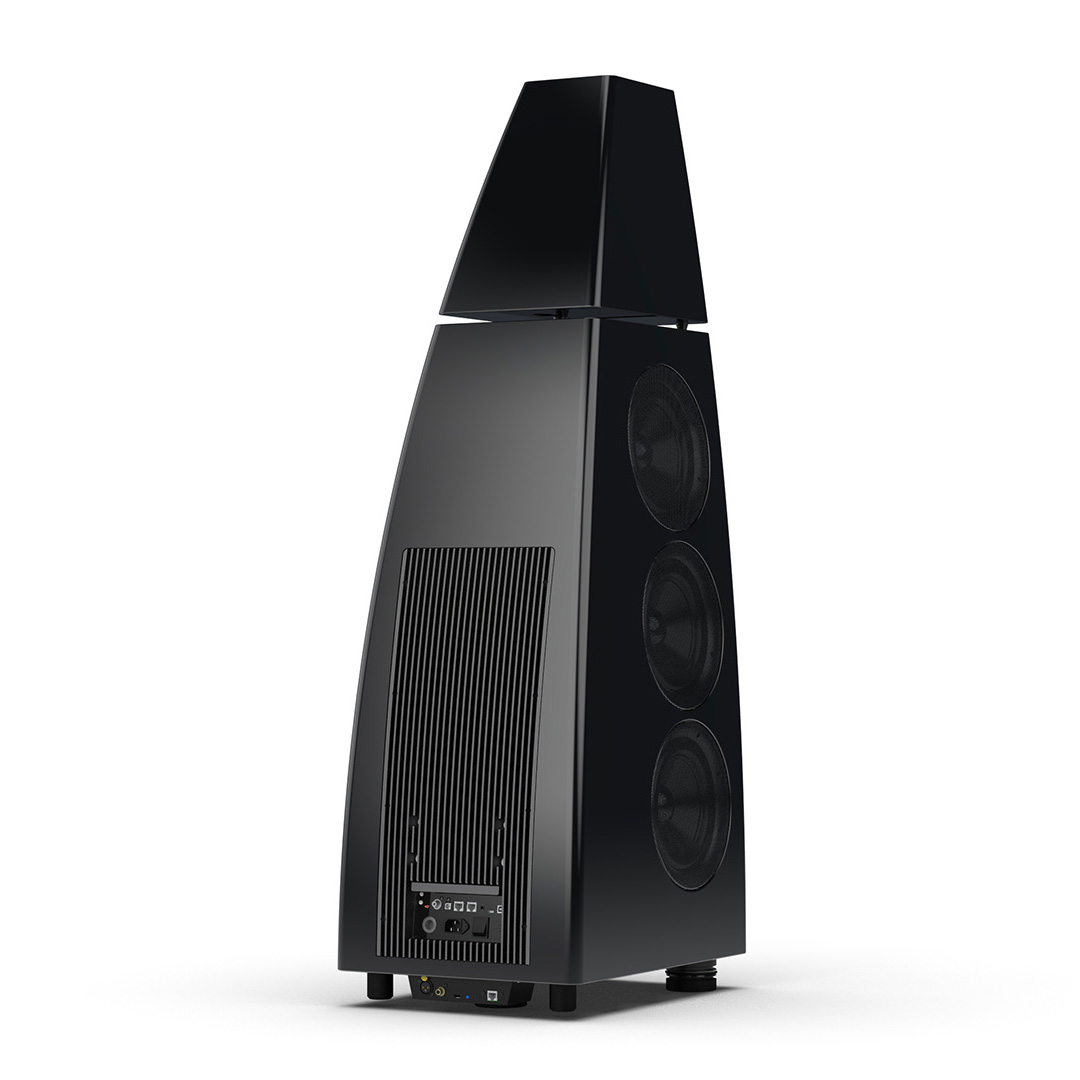
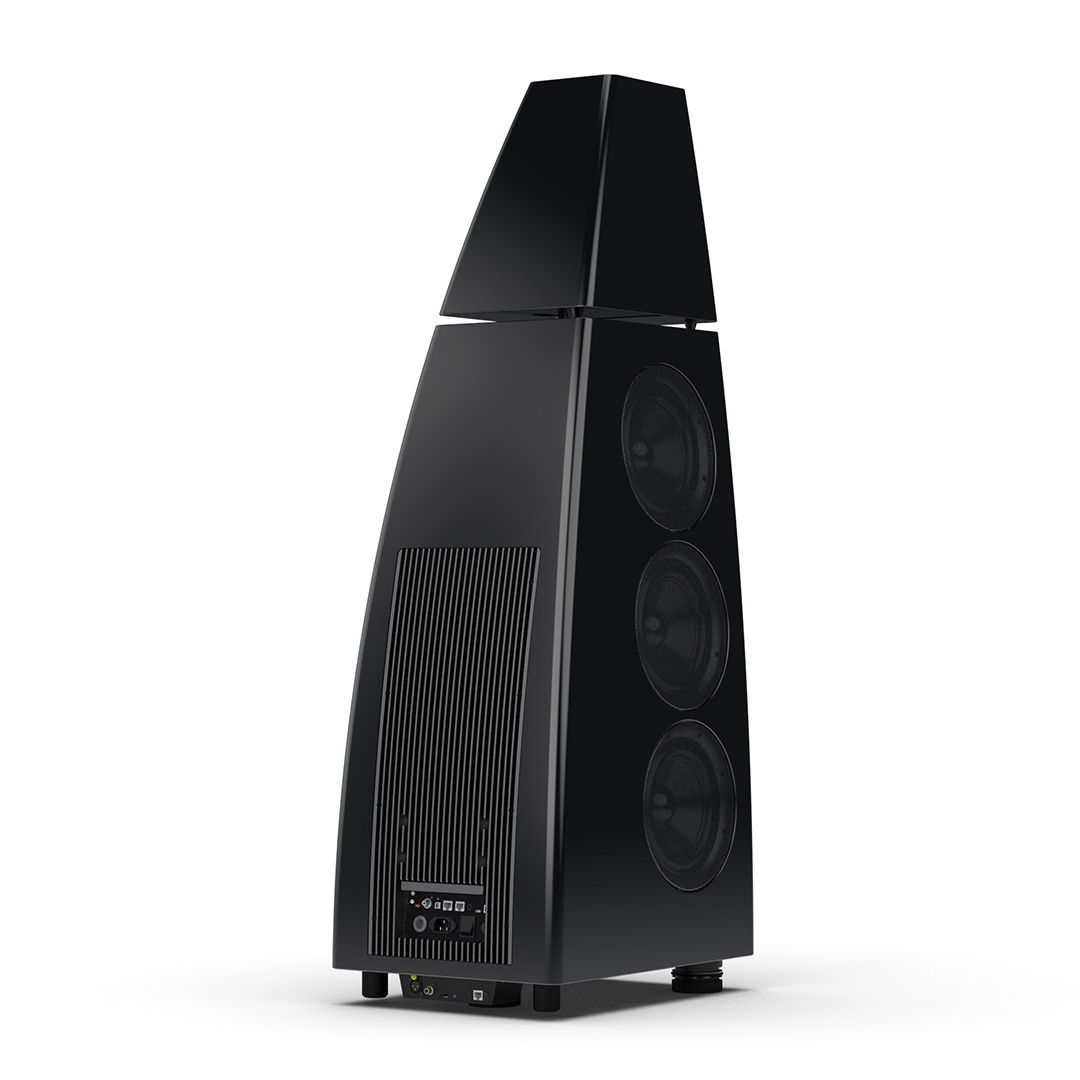

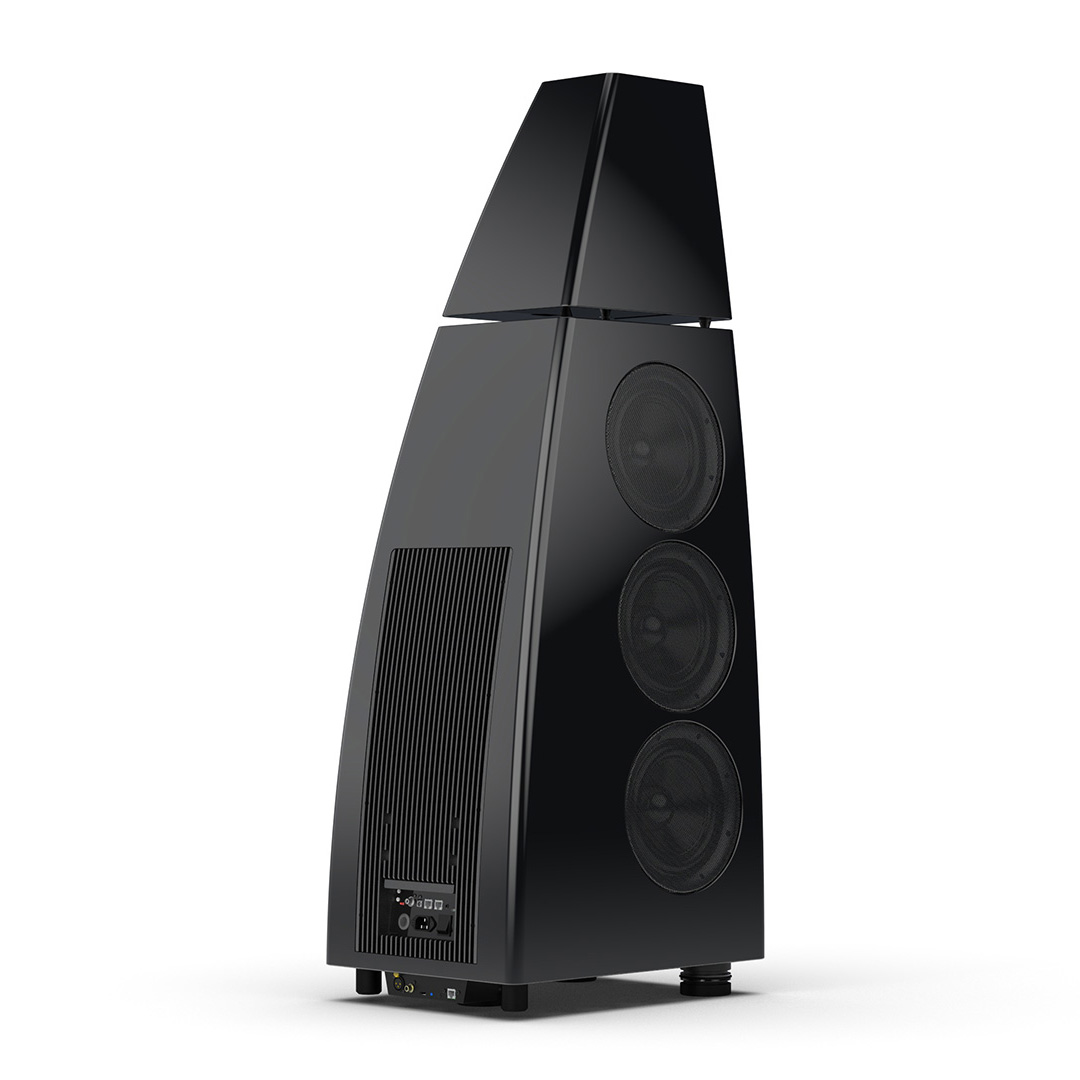
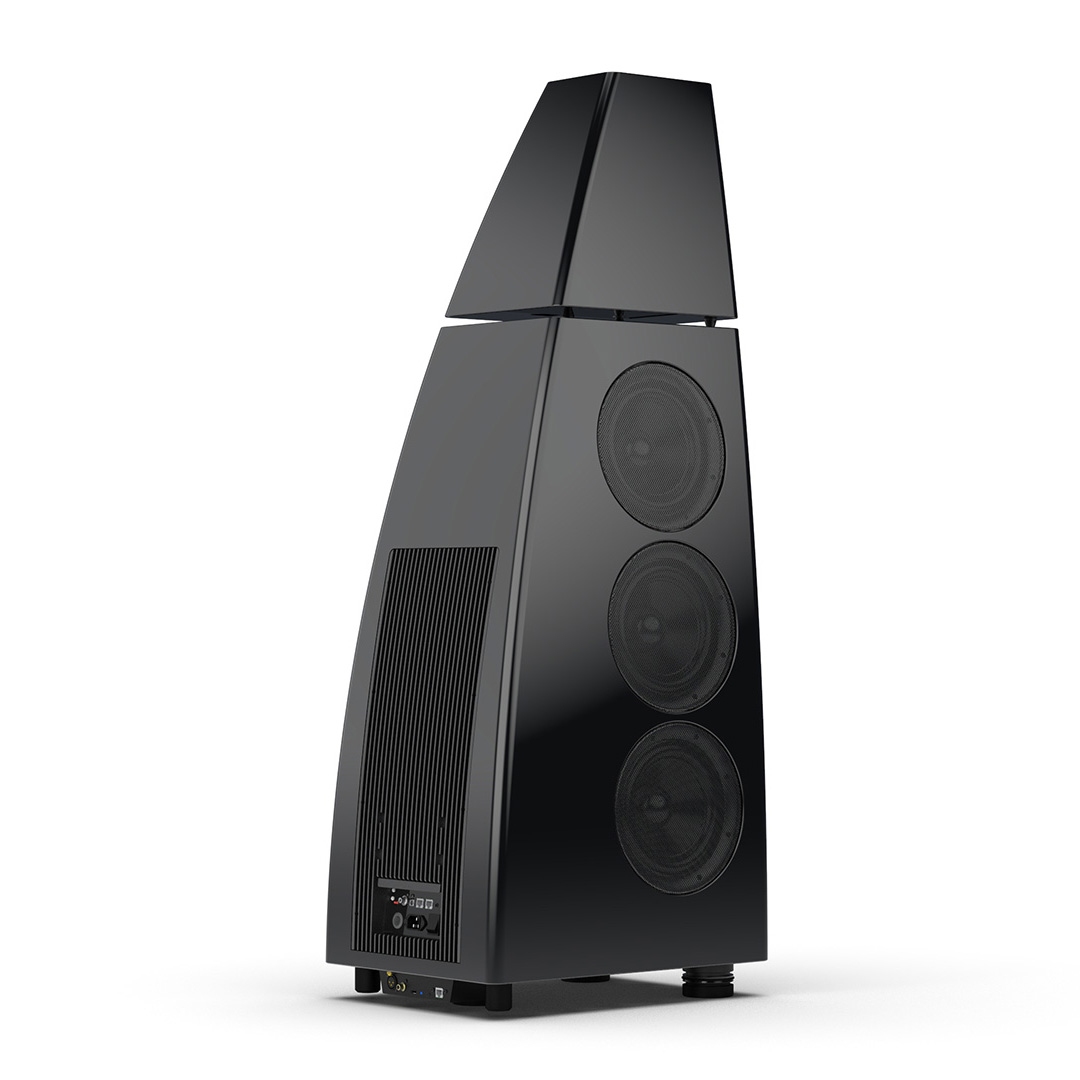
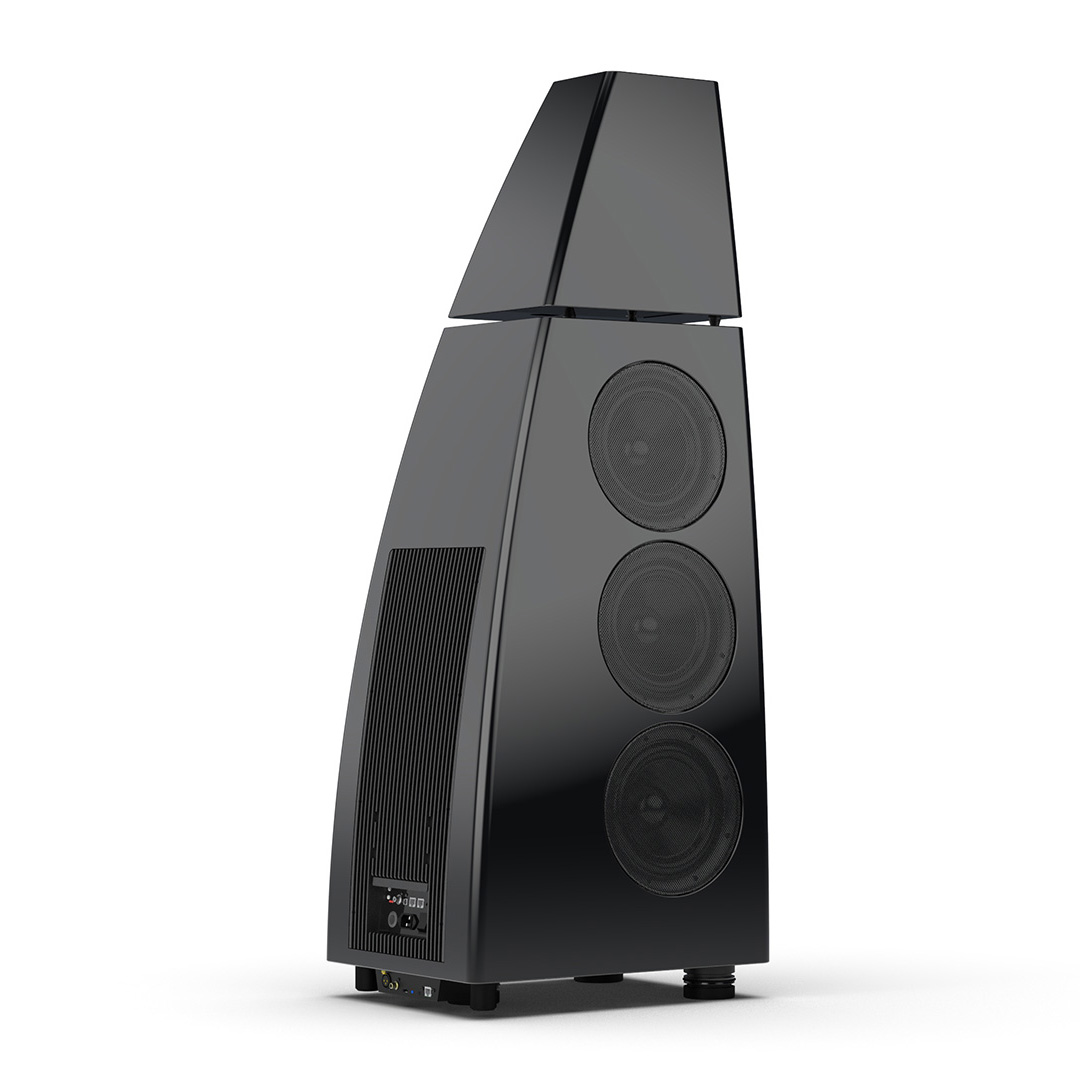
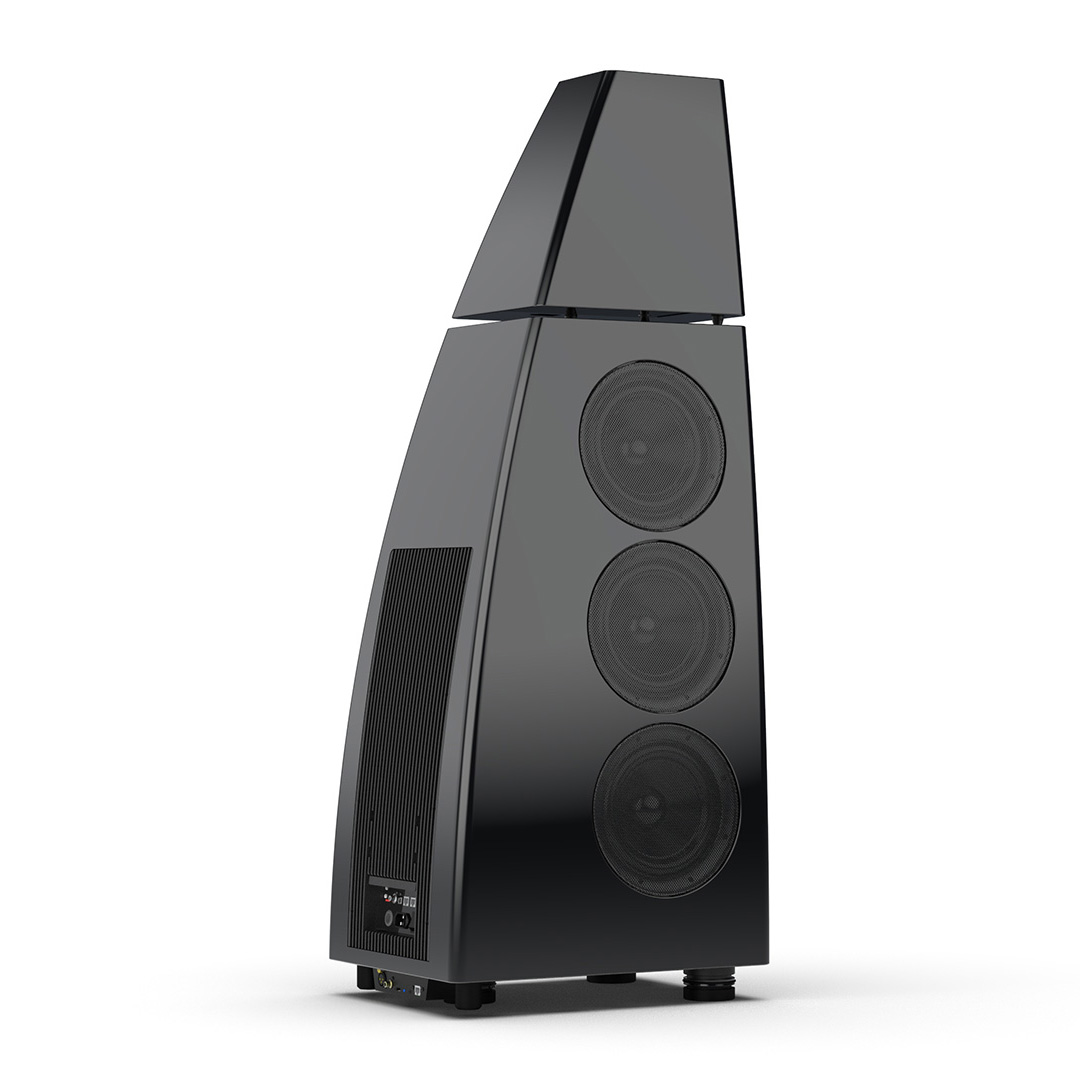
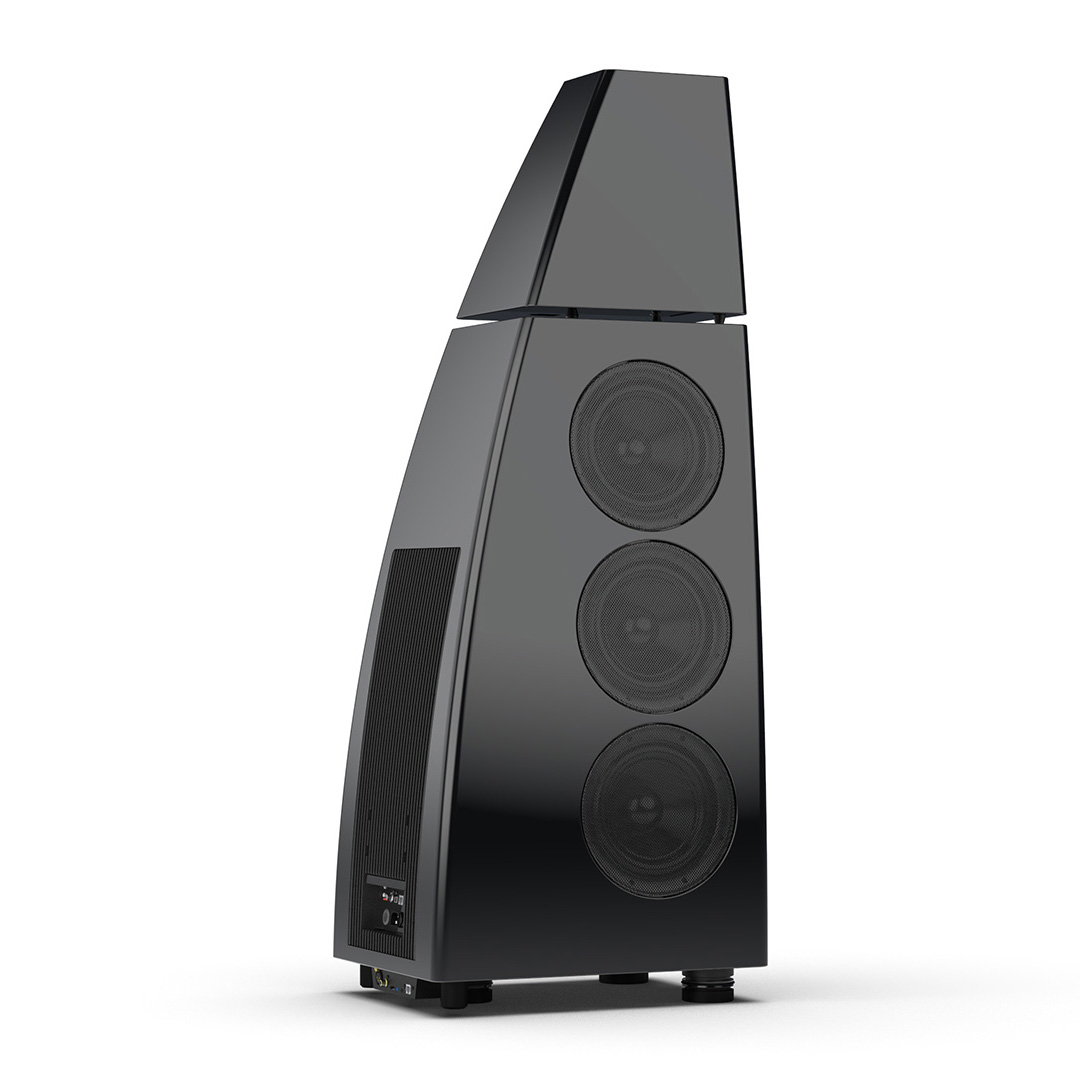


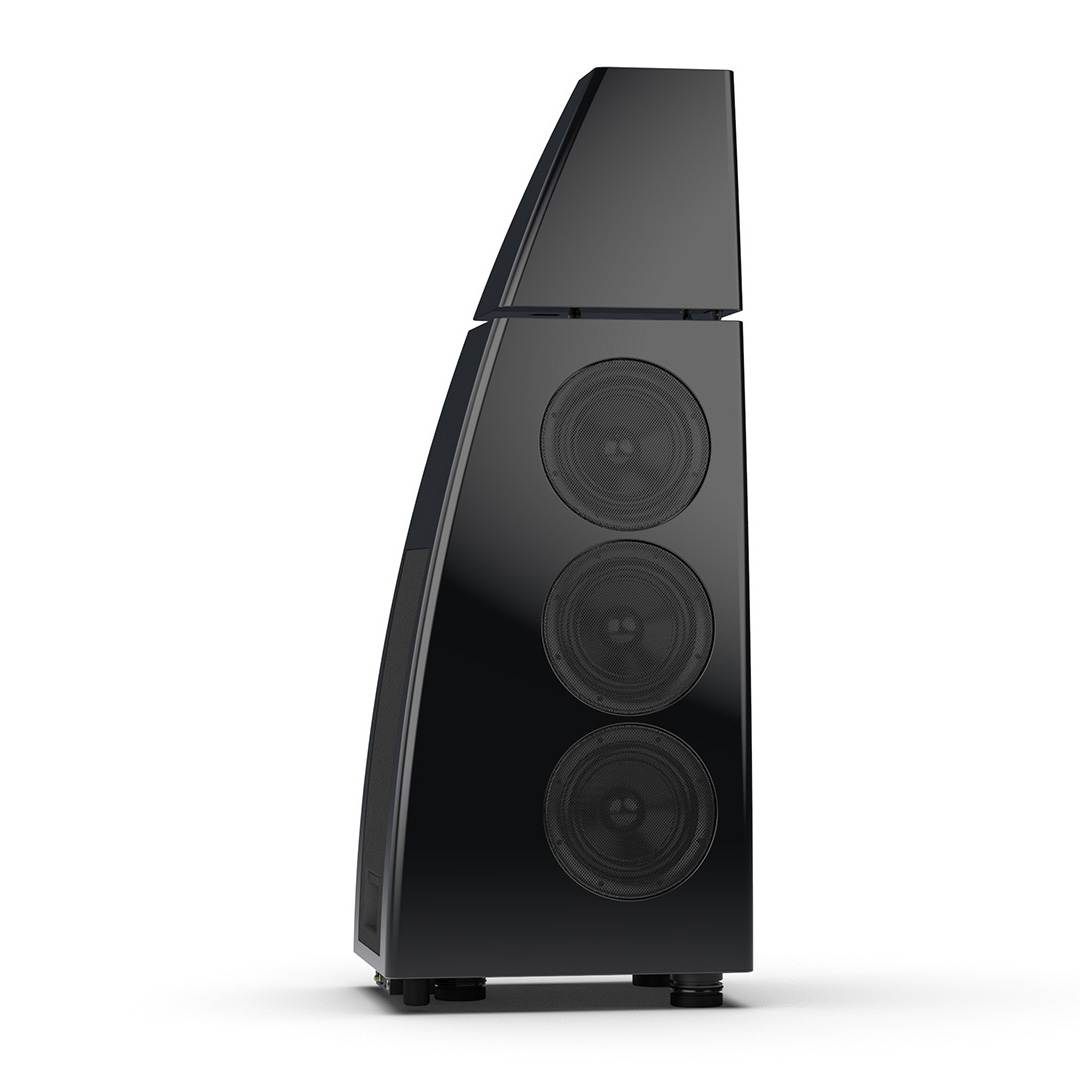
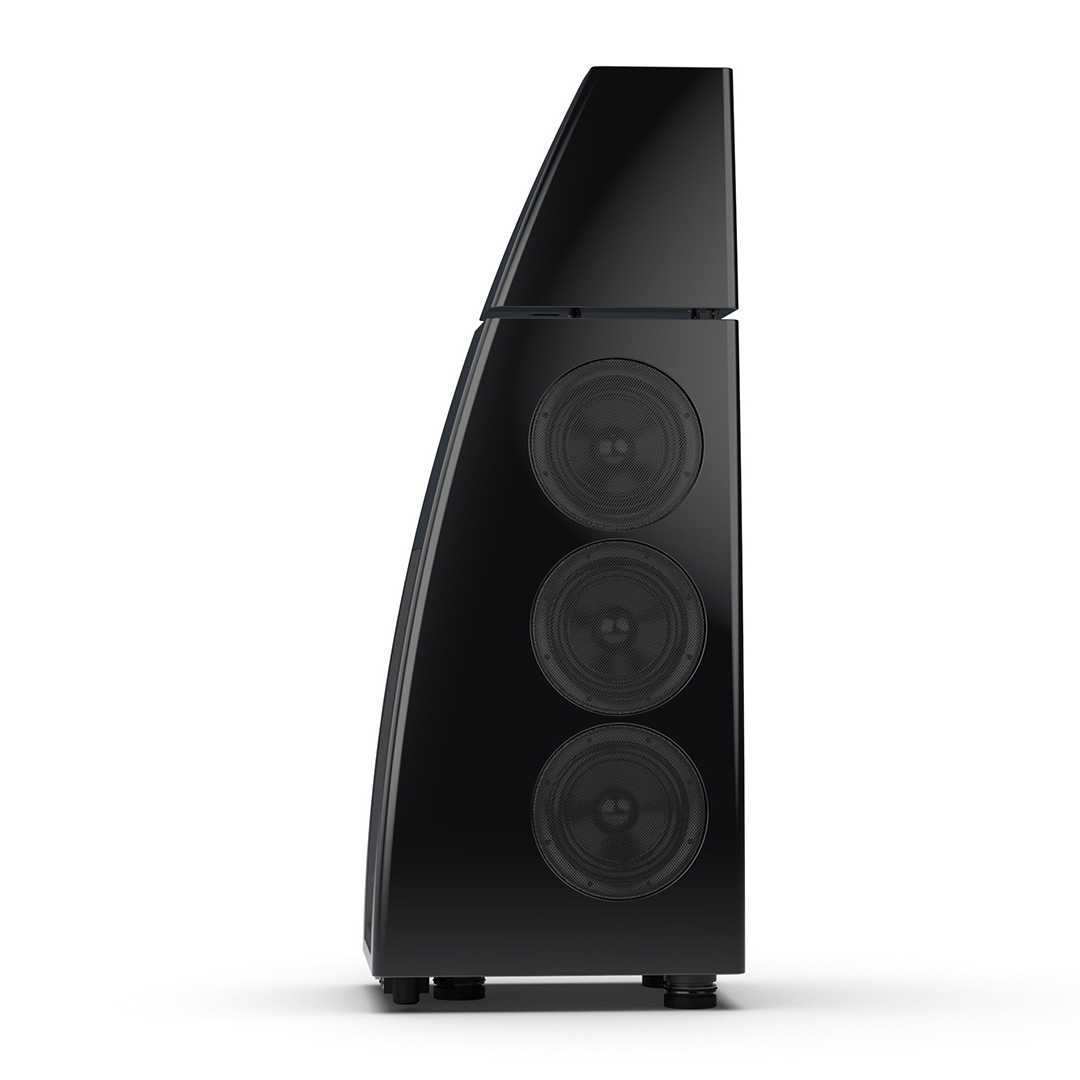
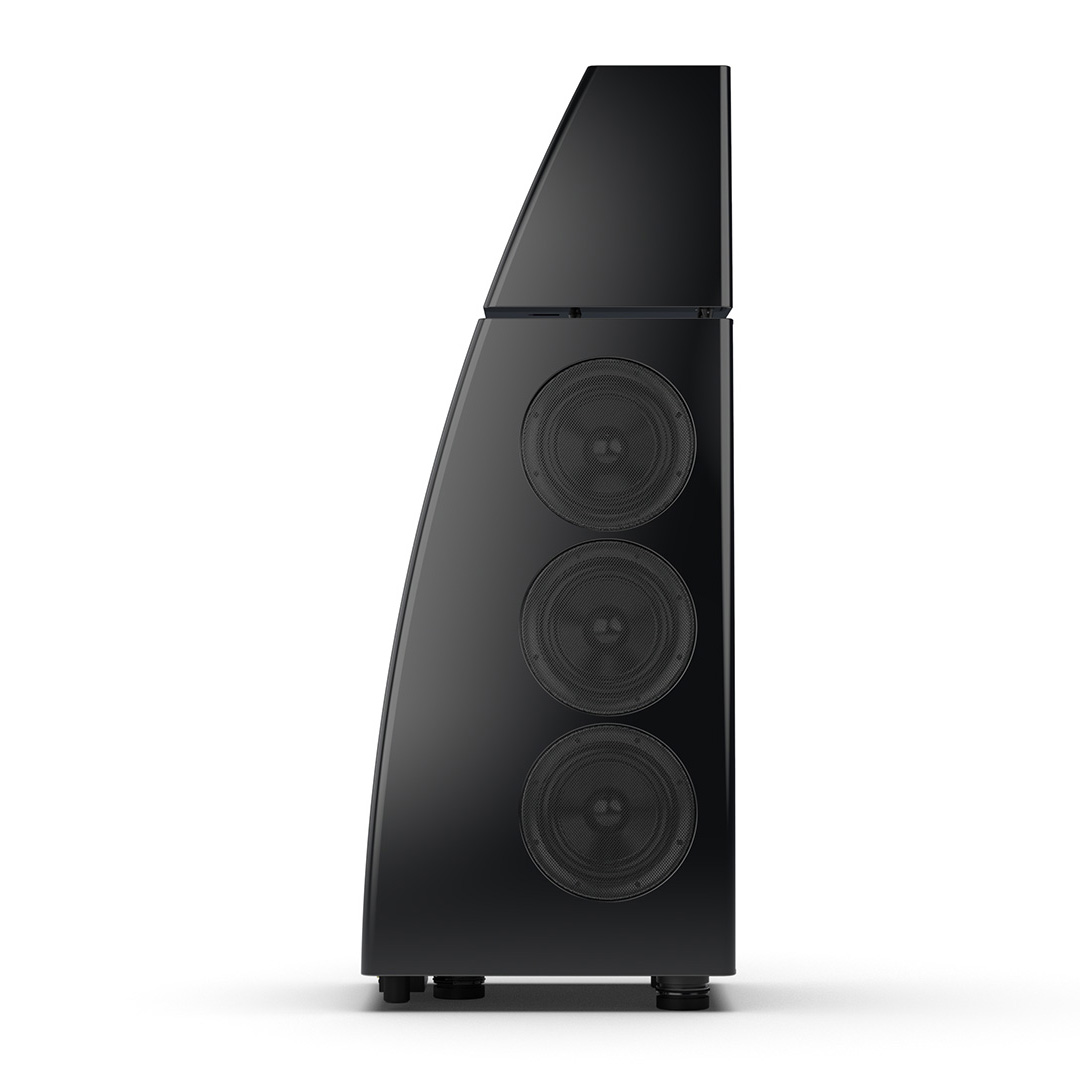
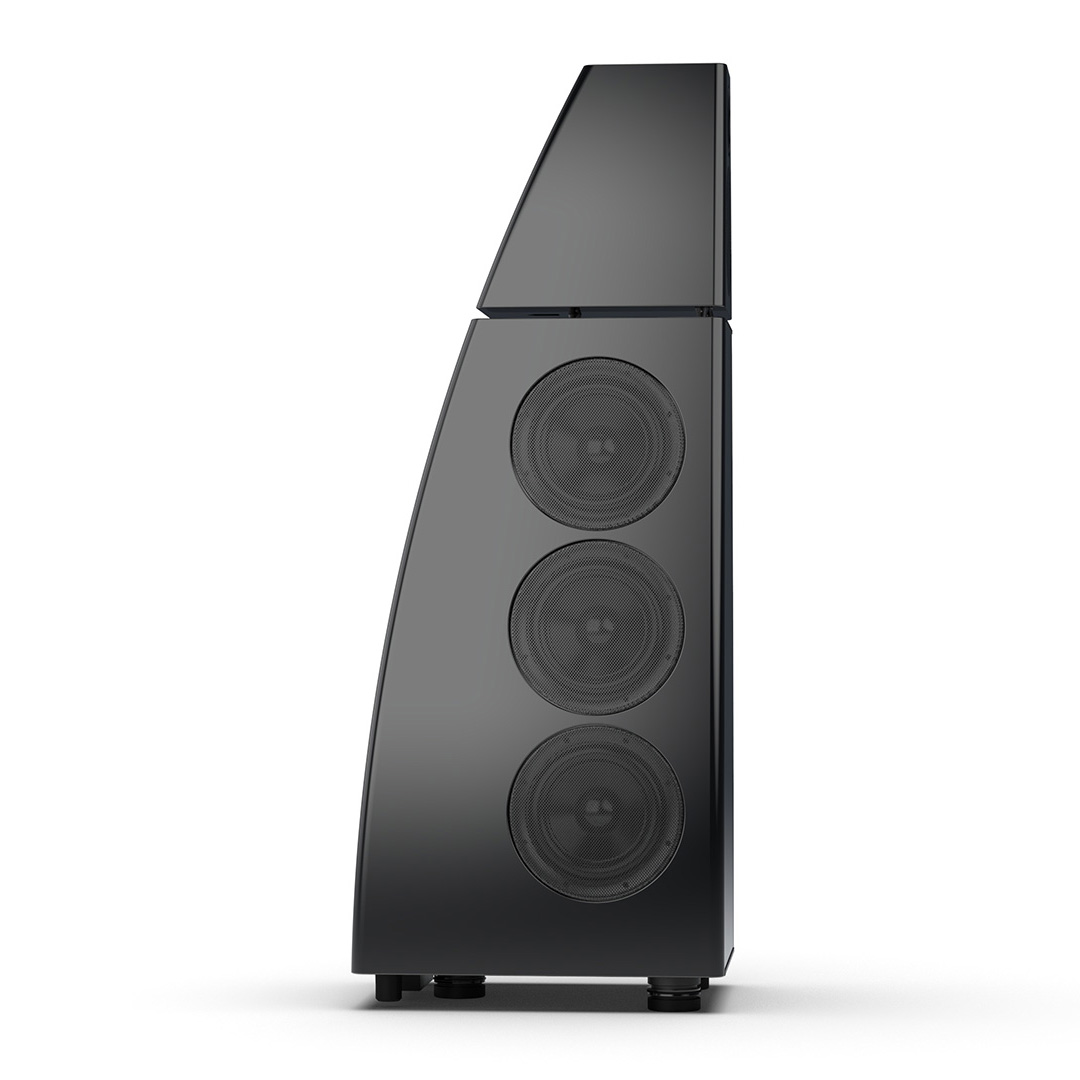
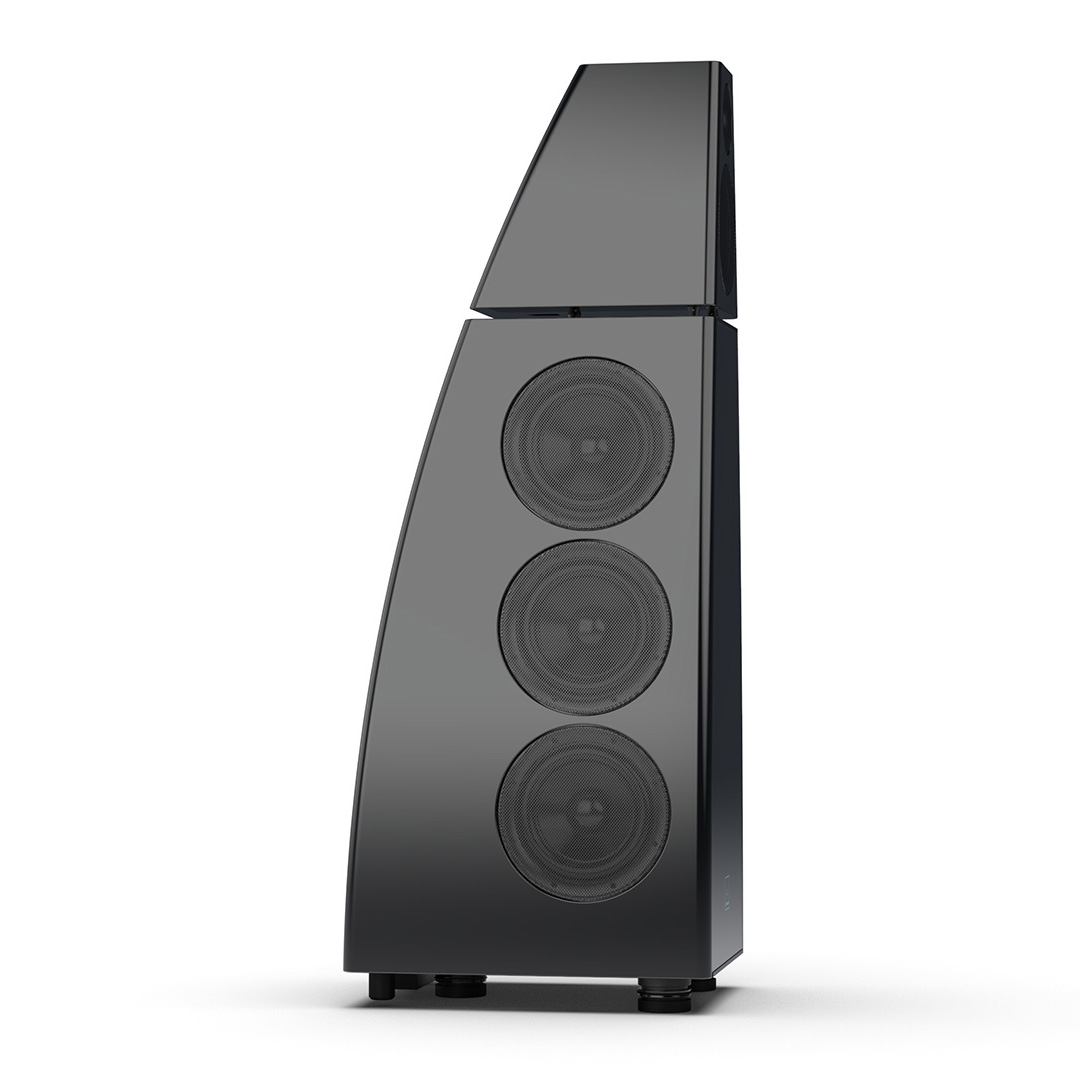
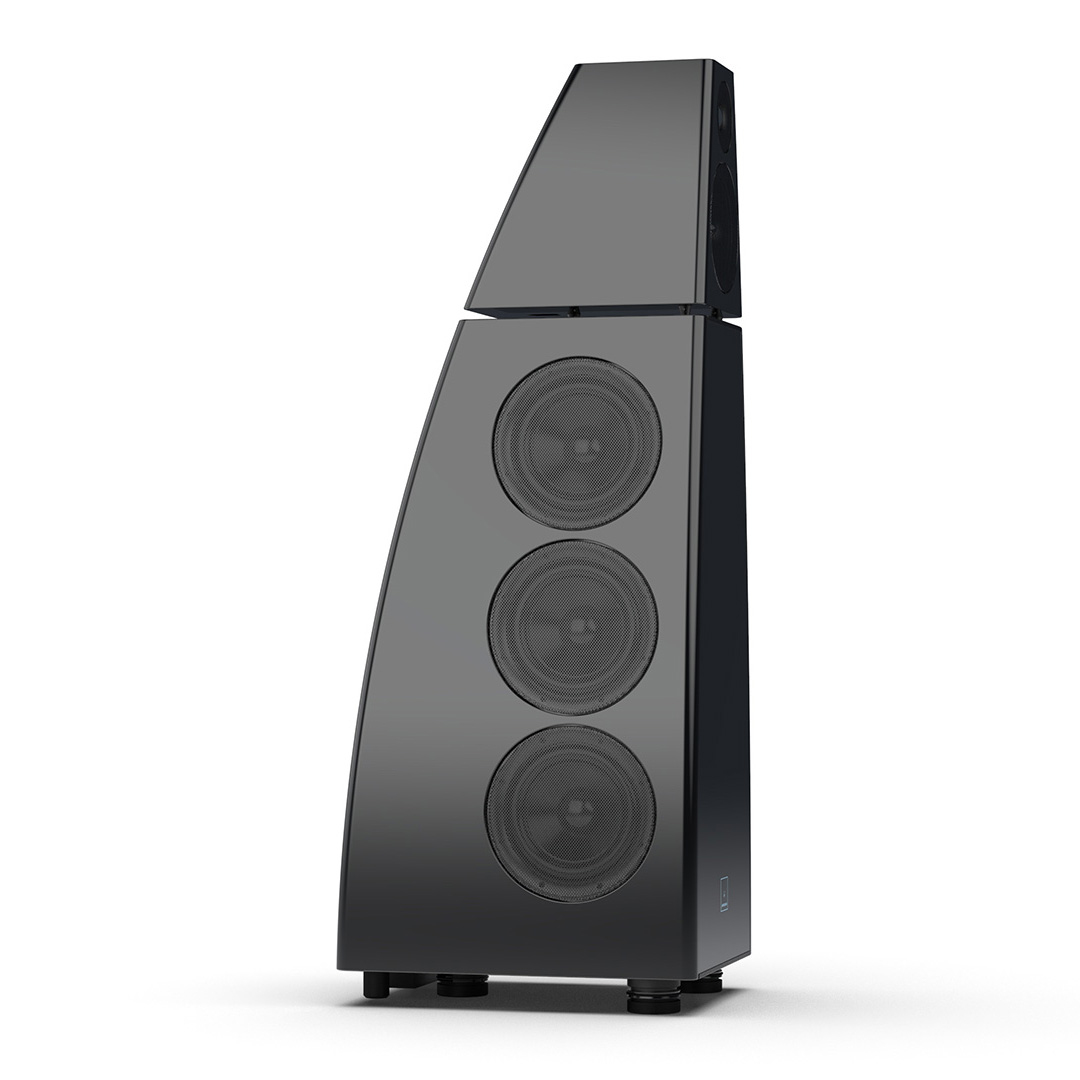

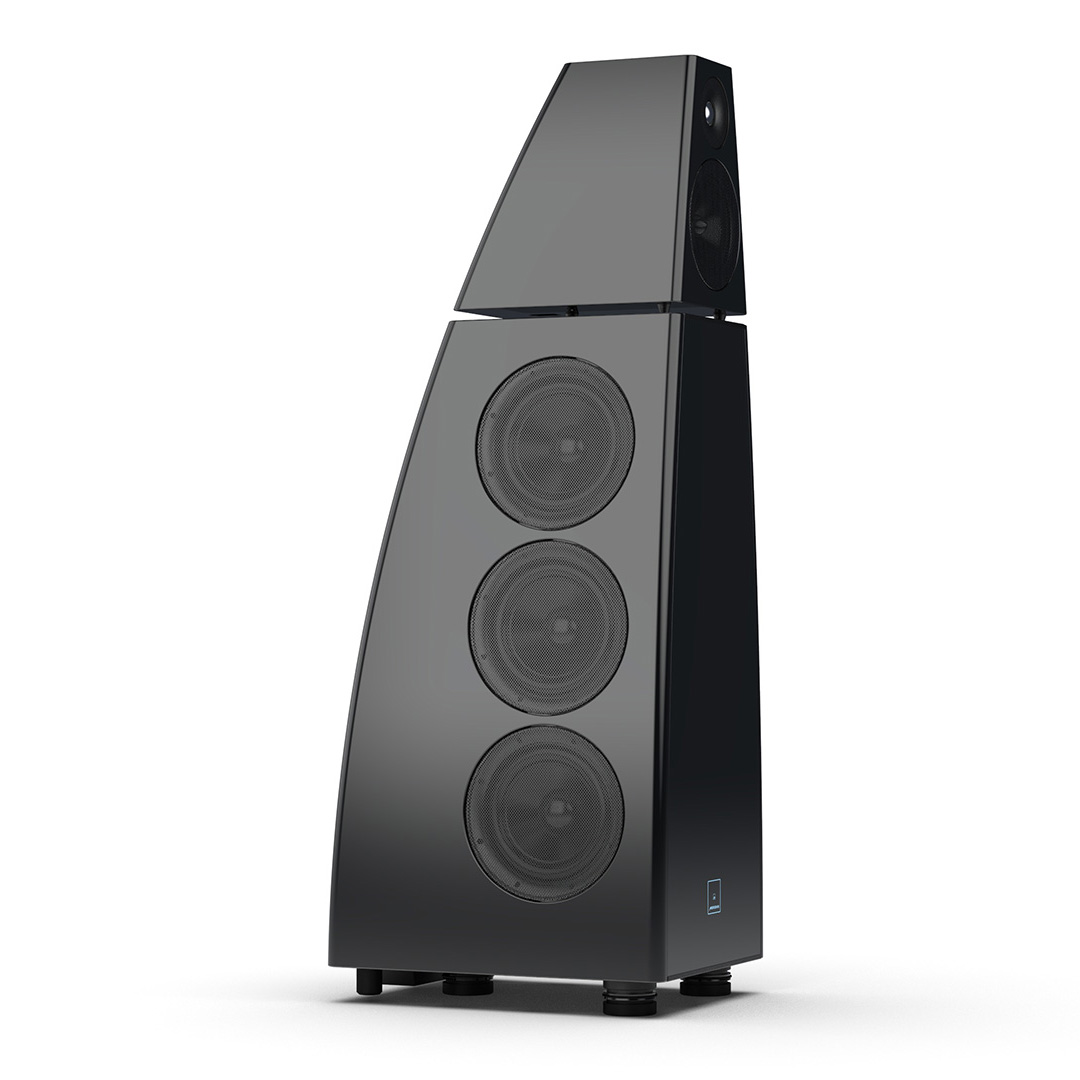
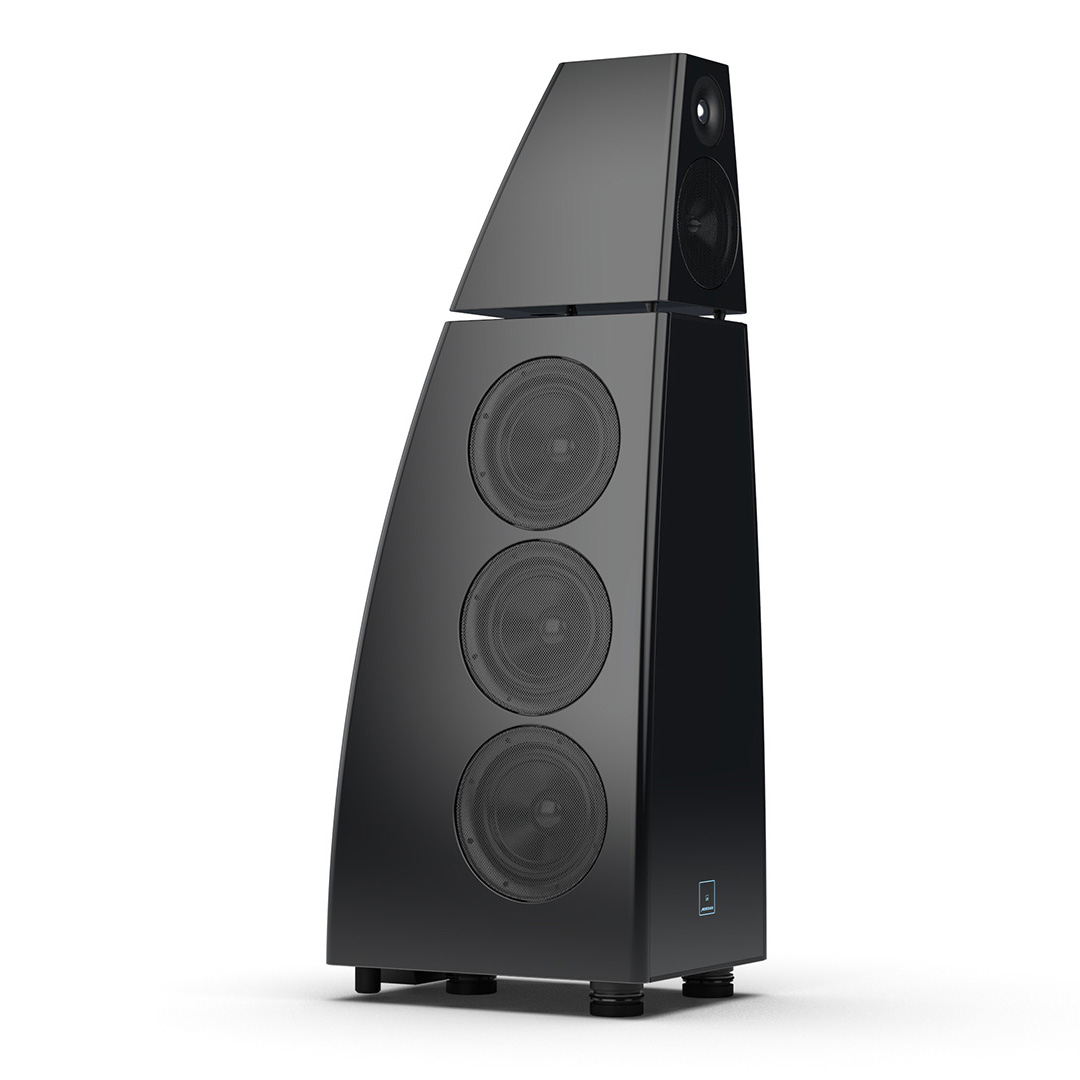
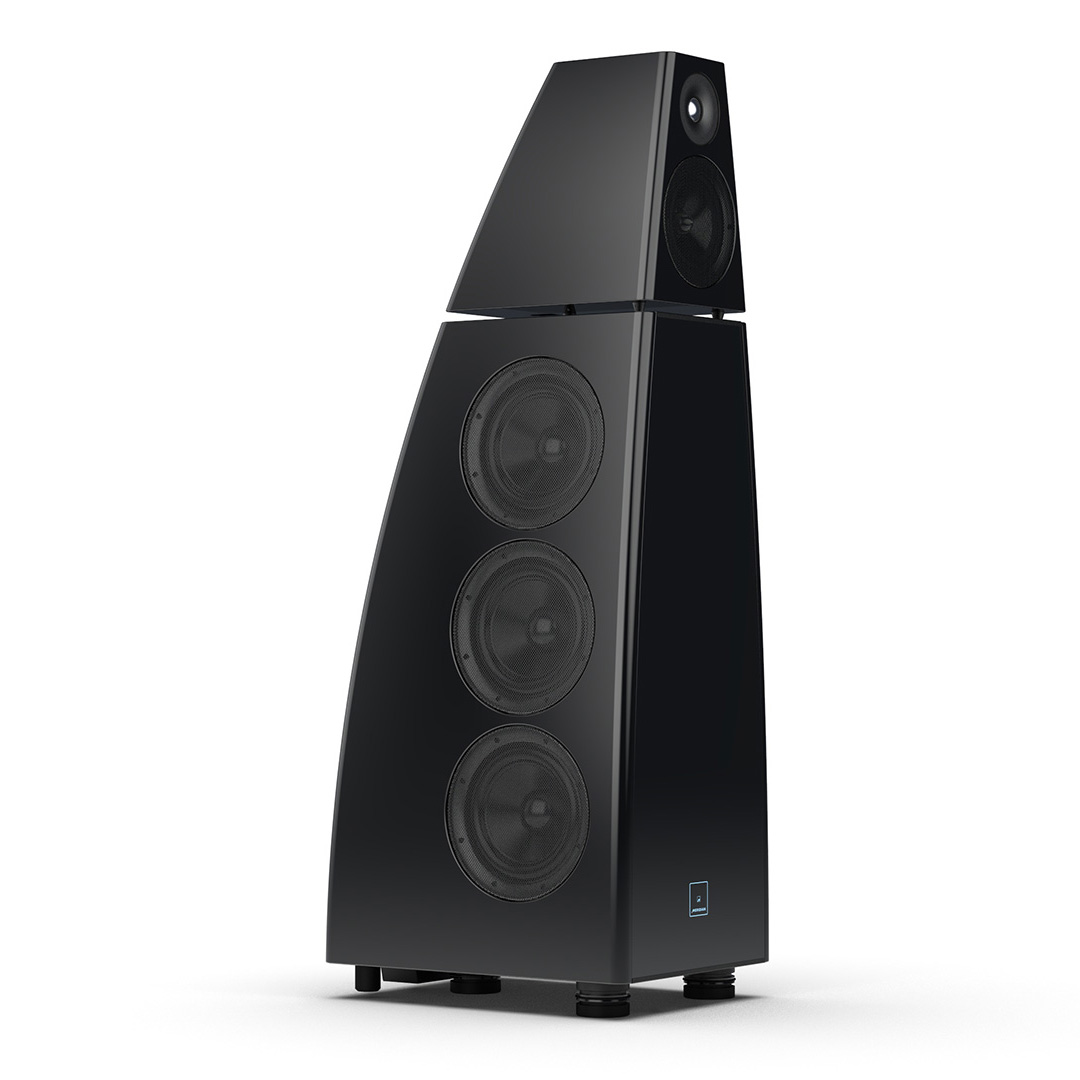
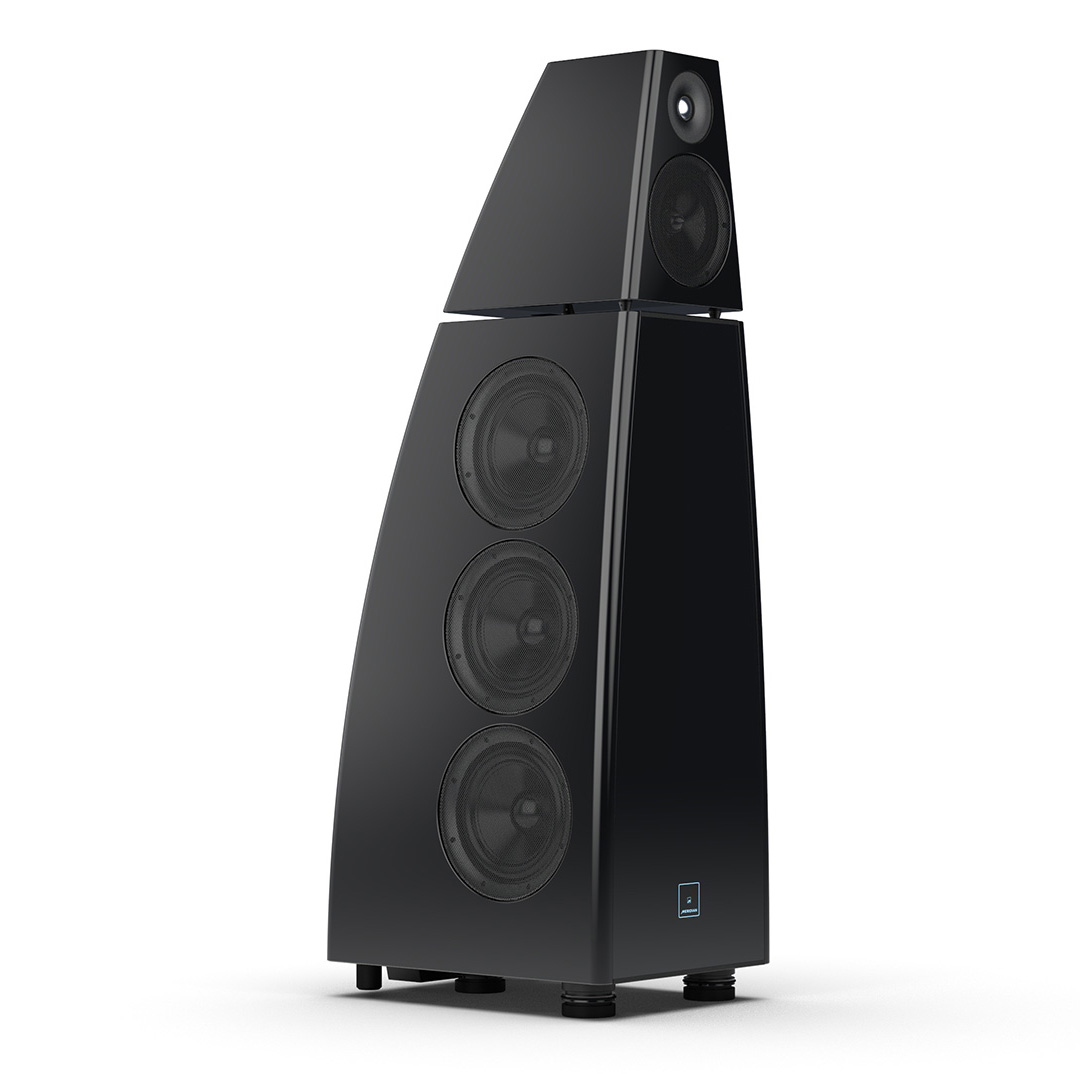
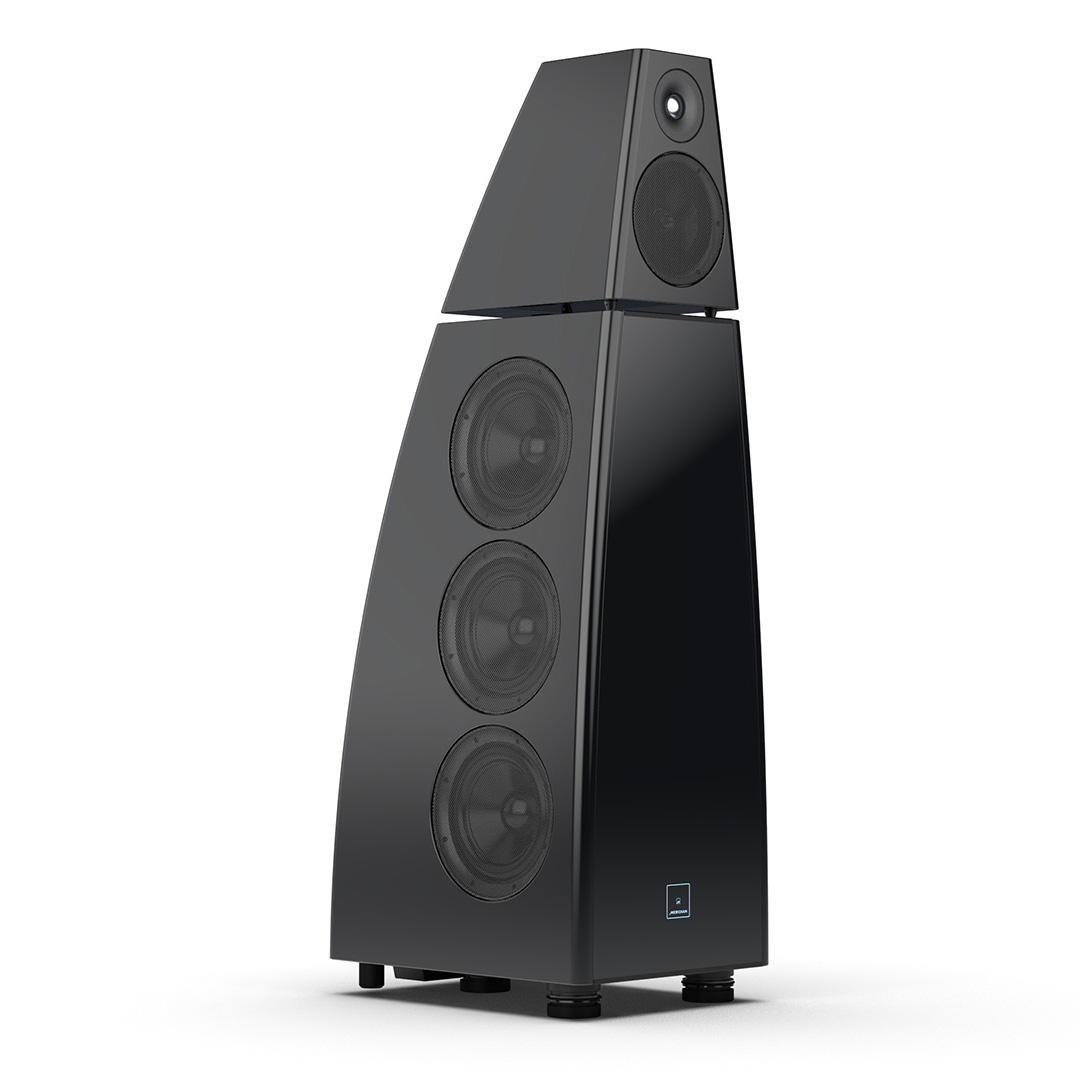
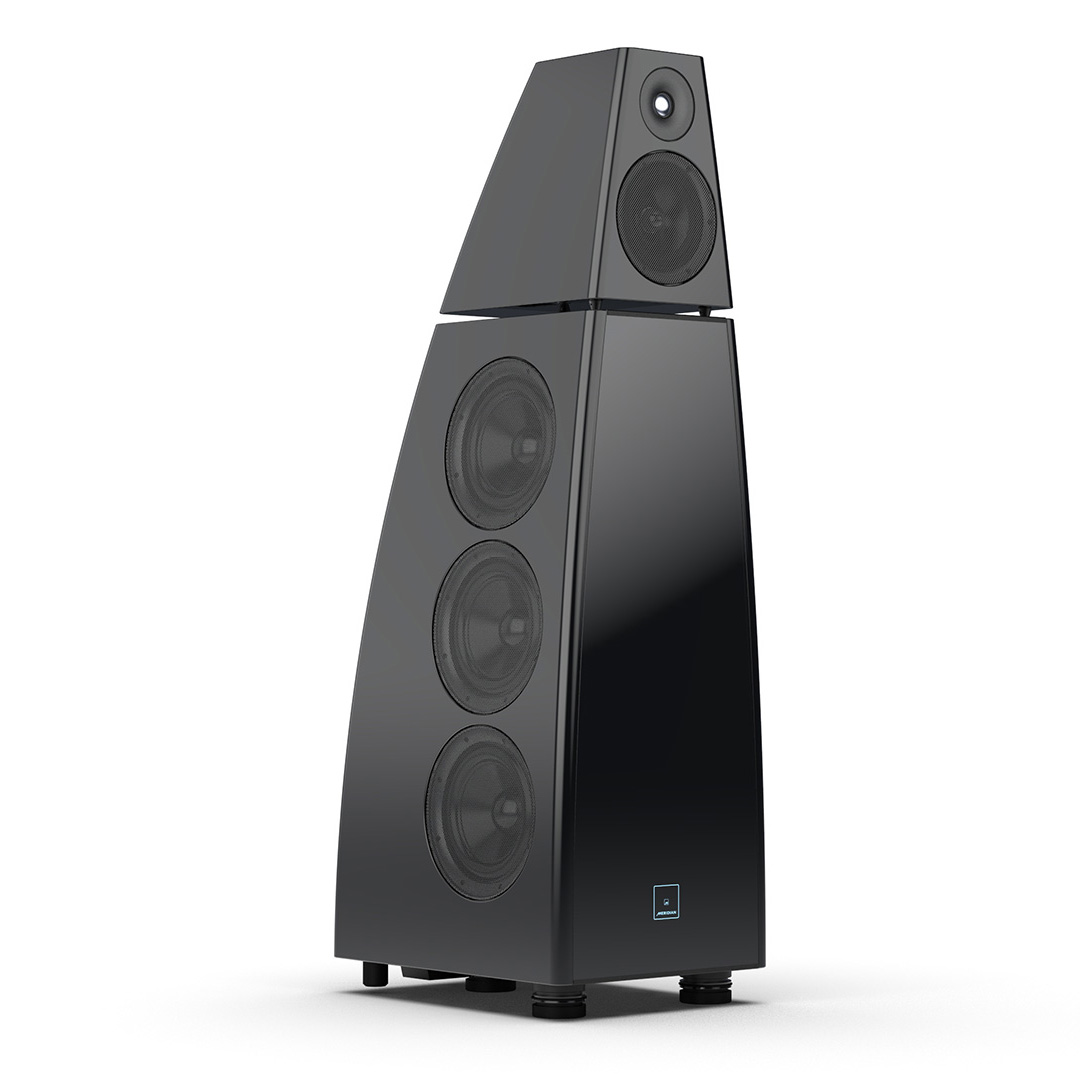
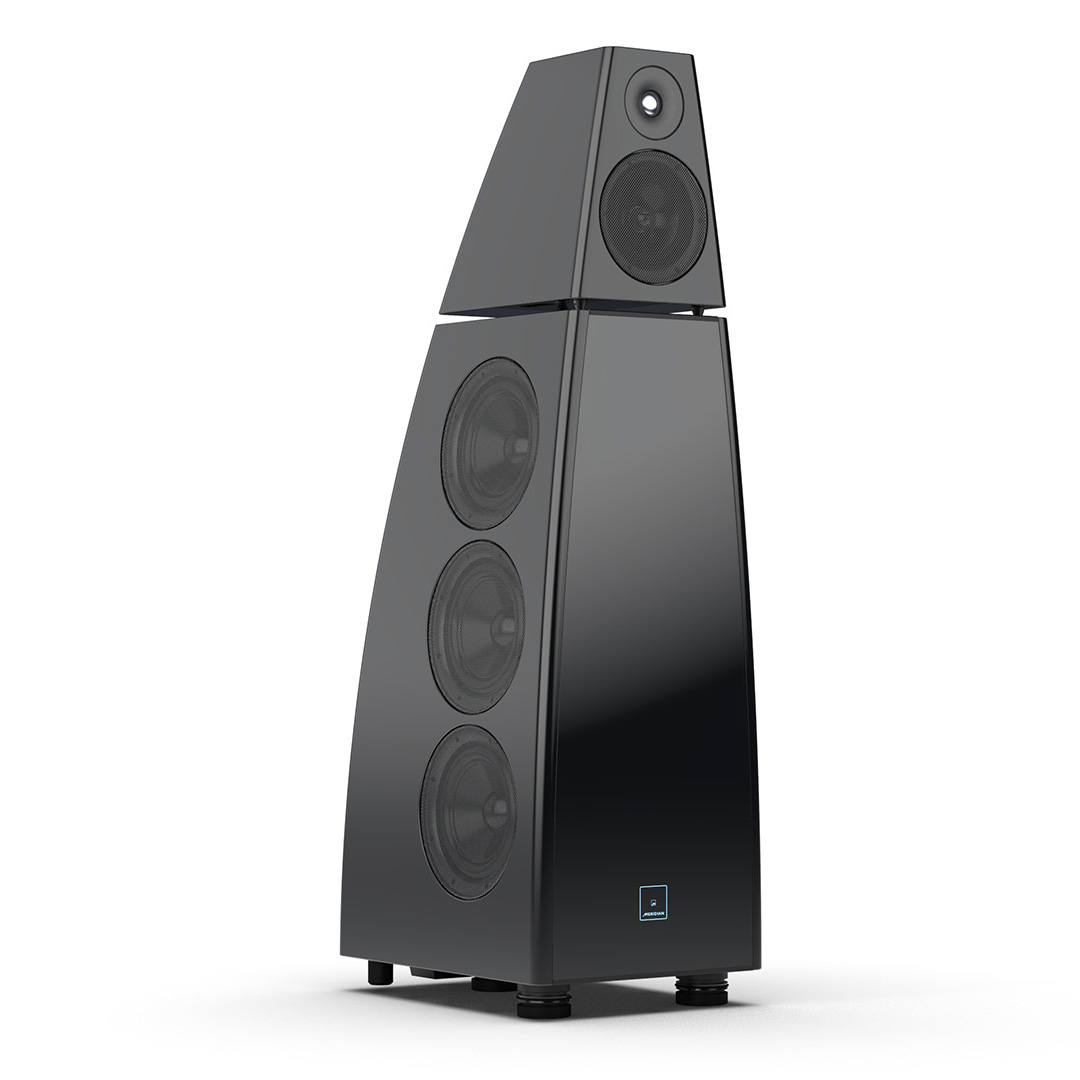

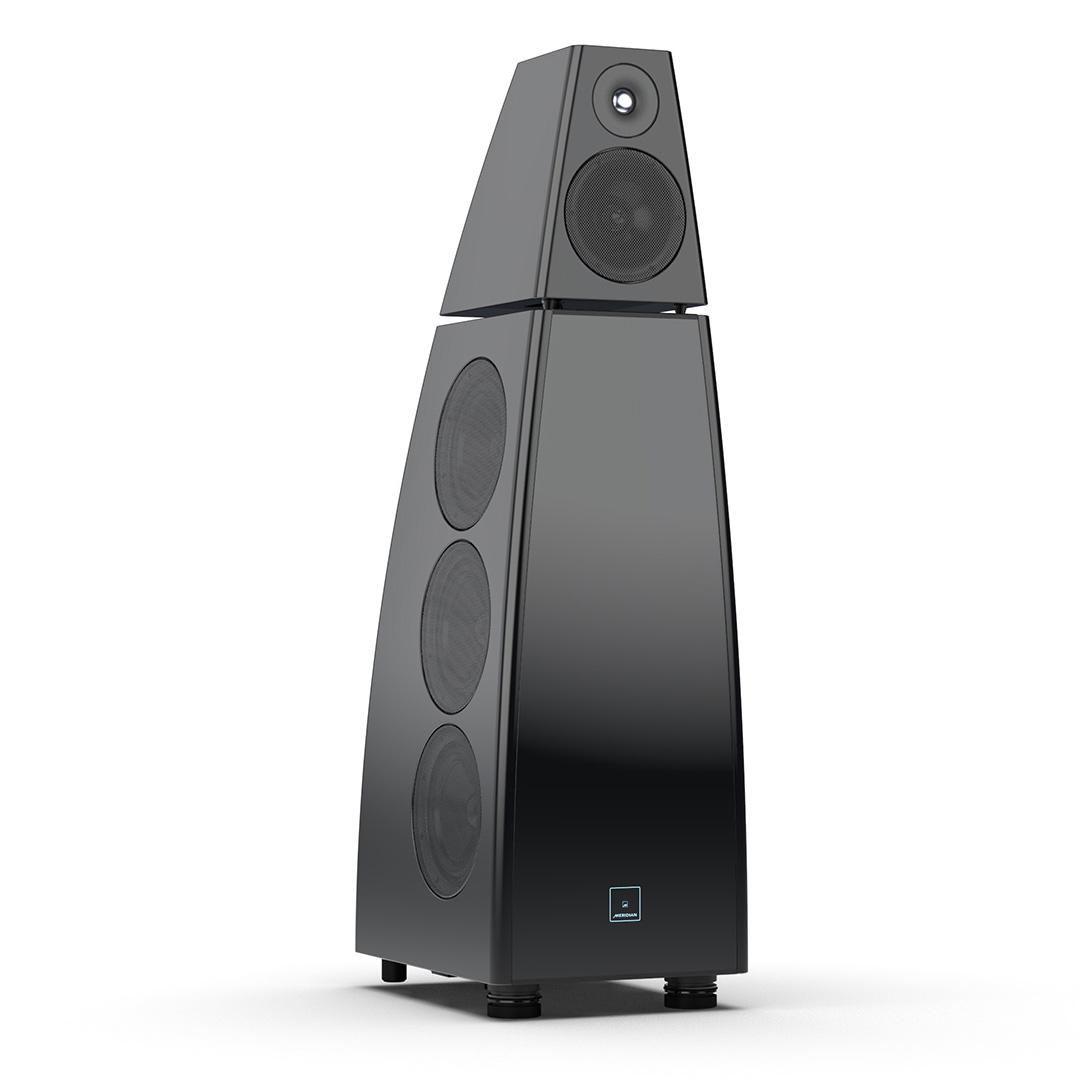
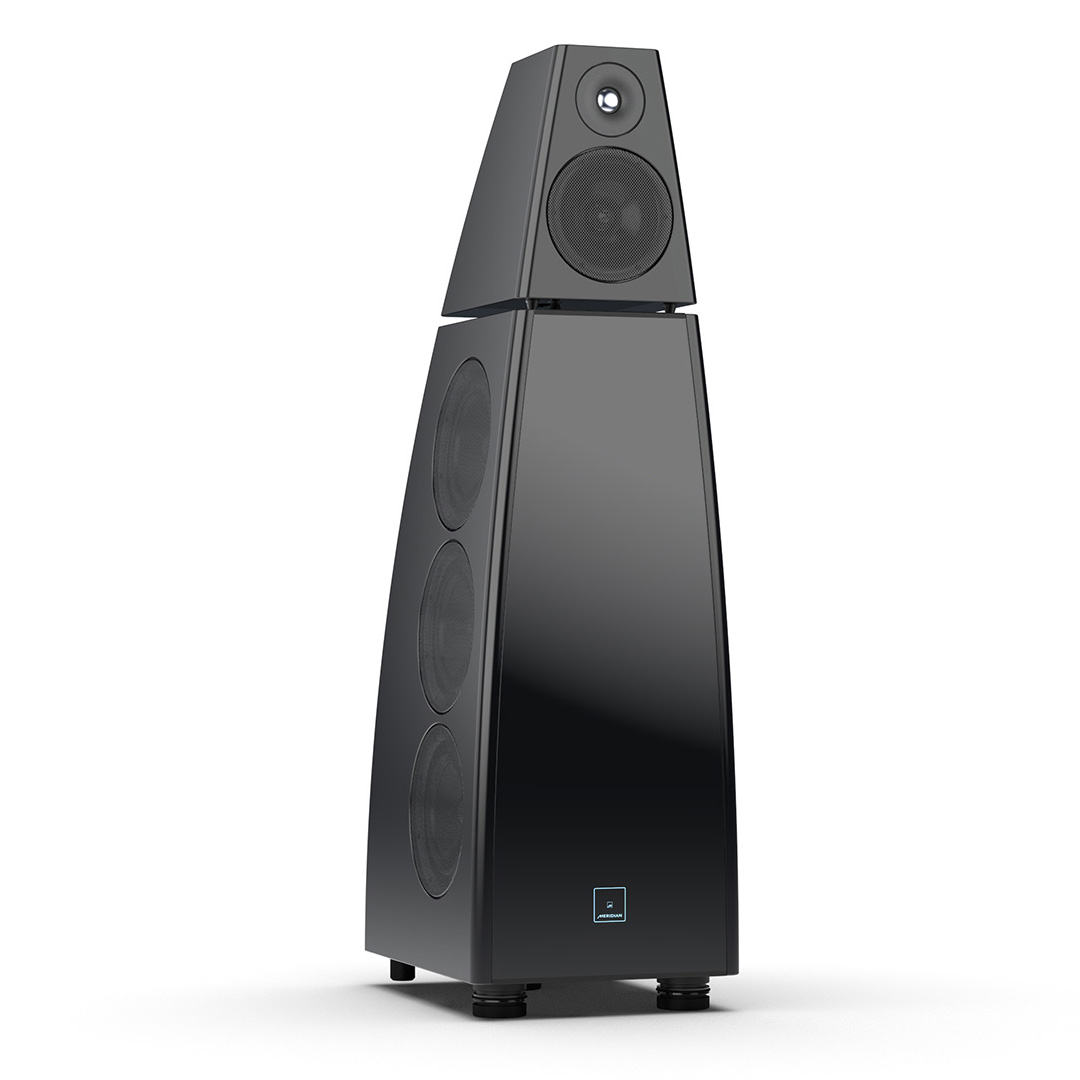
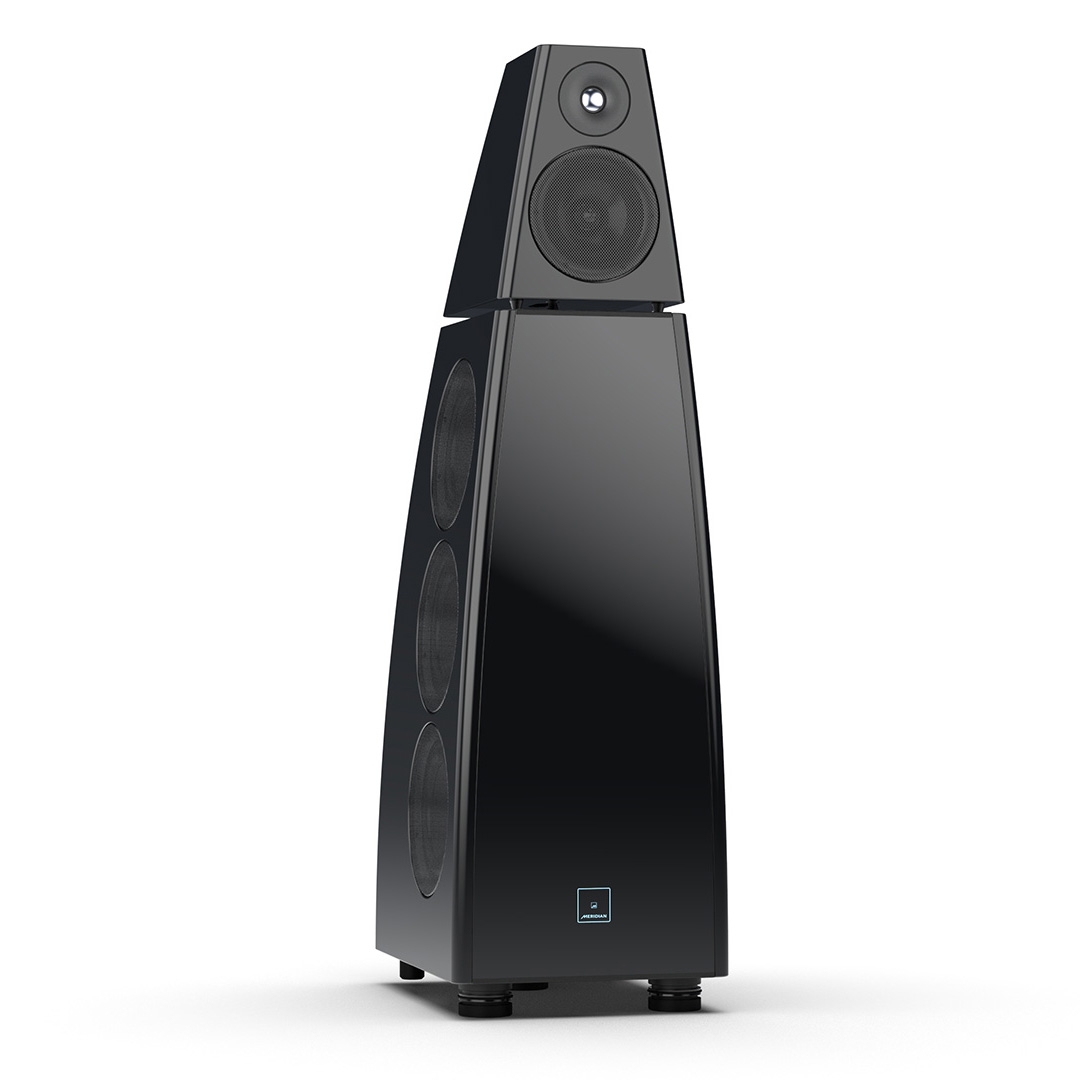
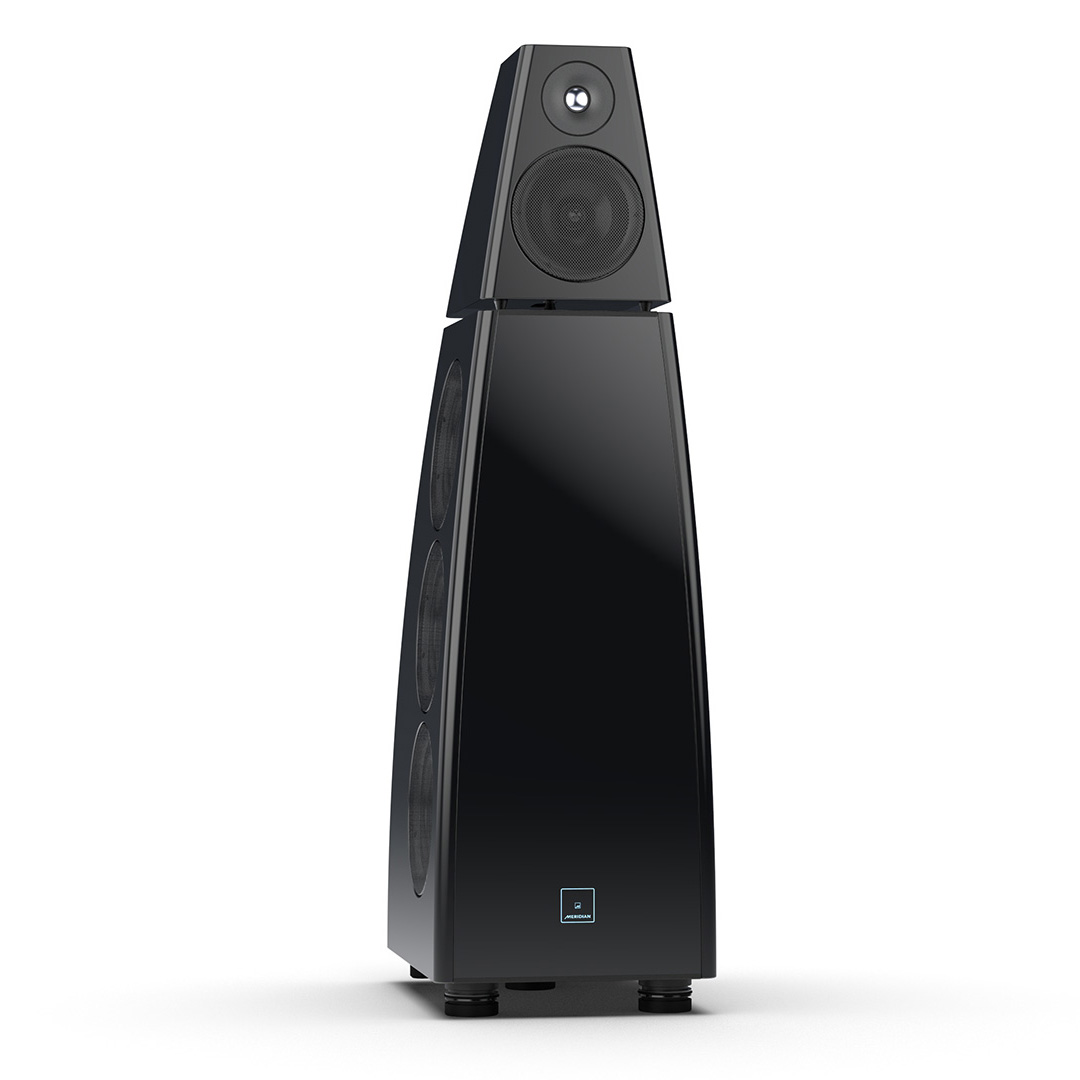
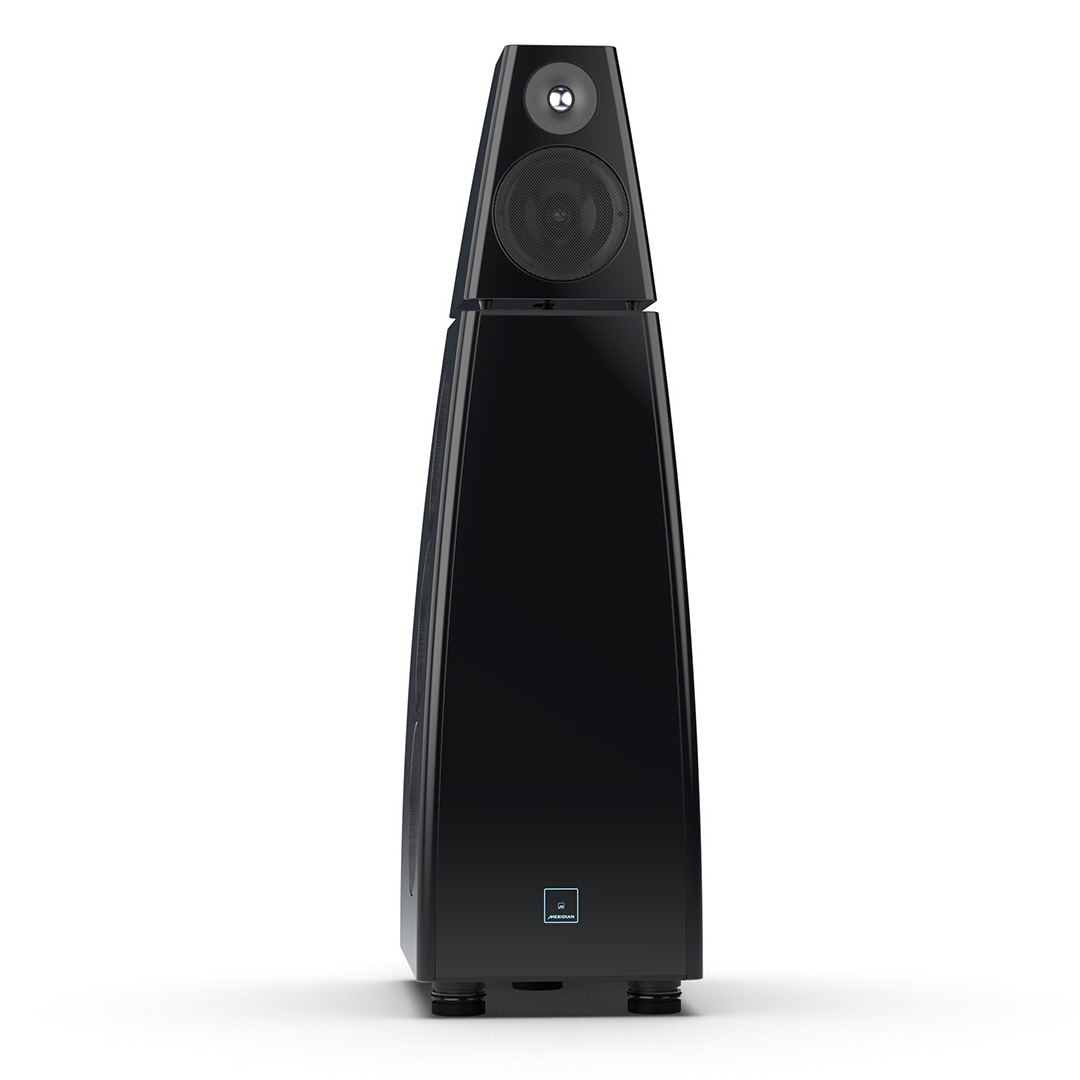
Meridian Bespoke Signal Mapping utilises digital signal processing to apply tailored crossover filters that are designed specifically for each configuration of drive units within a loudspeaker.
Meridian E3 Bass uses specifically designed filters to expand, extend and enhance the low-frequency response of the loudspeaker.
FFA (Full Frequency Alignment) is a combination of digital filters and delays to correct the group-delay of a loudspeakers. It ensures that all frequencies reach the listener’s ear at the same time.

Meridian Q-Sync deploys Meridian's multiple “First In, First Out” buffering system which minimises jitter, ensuring perfect timing and improved clarity.
Meridian Pro-Active Bass protects the bass drivers from over-excursion, ensuring maximum bass output without damaging the drive units.
DSP8000 XE includes MQA Renderer technology, which can connect to an MQA Core signal and complete the final unfold of an MQA file.
True Time is Meridian's proprietary Apodising Filter that avoids pre-ringing and cleans up the effects of early filters, converting pre-echo to post-echo.
Meridian True Link is an encryption method for transferring high-definition digital audio over SPDIF connections. It allows secure movement of digital audio whilst ensuring that the SPDIF clock signal can be transmitted with minimum degradation.
Meridian Free-Q is used to compensate for acoustic problems associated with specific loudspeaker placement conditions.
Construction
Separate head-unit isolates the all-new tweeter and mid-range driver from the main enclosure. Curved lines, based on an ellipse, contribute to rigidity and avoid parallel internal surfaces. Outer walls engineered from a layered combination of birch plywood, aluminium and resin are combined with substantial internal bracing to create an incredibly inert cabinet.
Here you will find a quick overview of the product highlights and features.
Here you will find installation information and operating instructions.
Here you will find a summary of our flagship loudspeaker, the DSP8000 XE.
Input Connectivity
Meridian SpeakerLink connector (RJ45)
1 x co-axial digital audio [RCA phono] supporting up to 192kHz @ 24-bit
1 x optical digital audio [Toslink] supporting up to 96kHz @ 24-bit
1 x USB digital audio [type C] supporting up to 384kHz @ 24-bit
Bluetooth via the Meridian B-Link [supplied]
1 x balanced analogue audio [XLR] on IA21 Analogue Input Module
1 x unbalanced analogue audio [RCA phono] on IA21 Analogue Input Module
Output Connectivity
1 x Meridian SpeakerLink connector (RJ45)
Performance
Peak SPL: 120dB@1m for a single speaker
Frequency response in room within 3dB: 18Hz – 40kHz
Tweeter Amplifier
Class AB, capable of greater than 150W into 4Ω, < 1% THD
THD + noise @ 1kHz < 0.005%
Bandwidth >100kHz
Mid-Range Amplifier
Class AB, capable of greater than 150W into 4Ω, < 1% THD
THD + noise @ 1kHz < 0.005%
Bandwidth >100kHz
Bass Amplifiers
Six bridged pairs of Class-D amplifiers - each pair capable of greater than 240W into 4Ω, < 1% THD.
THD + noise @ 1kHz < 0.008%
Tweeter
25mm beryllium dome with silver voice-coil, steel custom faceplate and waveguide
Mid-Range Driver
1 x 160mm with non-conductive voice-coil former and anti-resonance clamp-ring mounting system
Bass Drivers
6 x 200mm polypropylene long-throw (up to 24mm excursion) with anti-resonance clamp-ring mounting system
Front-Panel Indicator
Blue in Standby, White in use (can also be unlit in use)
Rear-Panel Controls
Power On/Off, channel selector switch, input sensitivity switch [on analogue input module]
Dimensions / Weight
HEIGHT: 1350mm [53.2in] (With feet/spikes)
WIDTH: 400mm [15.7in] tapering to 158mm [6.2in]
DEPTH 528mm [20.8in] tapering to 210mm [8.3in]
WEIGHT: 110.5kg [243lbs]
Power
1250W max
When the loudspeaker is in Standby mode, the Meridian badge on the front of the loudspeaker lights up blue.
The DSP8000 XE comes out of Standby mode when it receives an appropriate communication signal from another Meridian product. This signal is received on the SpeakerLink input socket of the loudspeaker and is produced when the rest of the system is brought out of Standby. When this happens, the front panel LED will change from blue to white. If the DSP8000 XE has its IR receiver switched on, it can also be brought out of Standby by using a source command sent from a Meridian System Remote.
DSP8000 XE loudspeakers are factory configured so that the SpeakerLink connections are active and ready to be connected to other Meridian products. This means that, in many system scenarios, no additional configuration of the loudspeakers is required.
Only the Master loudspeaker within the system can use its IR receiver. Refer to the user guide for how to establish which loudspeaker takes the role of Master.
The IA21 is designed to allow the DSP8000 XE to be fed from an analogue pre-amplifier or an analogue source which features a volume control. It connects to the SpeakerLink input of the loudspeaker, which provides power to the module from the loudspeaker. When the loudspeaker is powered up, the IA21 configures the DSP8000 XE so that the module and loudspeaker adopt the same external functionality as an analogue active loudspeaker. This includes setting the loudspeaker gain to an appropriate fixed level and disabling the loudspeaker’s internal volume control. The other audio inputs (Digital Input, Optical Input and USB Audio) and the IR receiver are also disabled. Because of this, the IA21 should not be used with the loudspeaker in any other system applications.
Image Elevation, Image Focus and Image Focus Plus are not supported when IA21 is connected to the loudspeaker.
The following technologies are supported with or without IA21: Digital Precision, True Time, True Link, Q-Sync, Bespoke Signal Mapping, Full Frequency Alignment (FFA), E3 Bass, Pro-Active Bass, Pro-Active Thermal and Perfect Balance.
When used in conjunction with the Meridian Control app, the B-Link performs the following tasks:
• It allows access to set-up menus for the configuration of the loudspeaker during installation. Such installation settings are stored in the loudspeaker’s non-volatile memory, so they are retained even if the B-Link is disconnected.
• It provides an intuitive interface for control of the loudspeakers from a smartphone or tablet; to adjust the volume level, to switch the loudspeakers on and off, and to access other settings, such as treble and bass.
In addition, the B-Link can act as a high-quality source of audio streamed wirelessly from a Bluetooth device such as a smartphone, tablet or computer.
This is done using the Meridian Control app in conjunction with the B-Link module. The module must be connected to the Master loudspeaker’s SpeakerLink input. The app is then used to set the loudspeaker to be Controller within the 'Comms' section of its configuration menus. This activates the IR receiver. Once the setting is made, it is stored in non-volatile memory. If the B-Link is no longer required, it can be disconnected and put to one side.
The tweeter and mid-range drivers on the head unit take care of treble and mid-range with each unit being fed from their own dedicated amplifier. The bass-drives are each fed with by their own amplifier. The uppermost two pairs of bass-drives receive the whole range of bass frequencies. However, the lowest pair is fed with only the very lowest bass frequencies in order to give the loudspeaker its tremendous bass extension and power.
Yes. By default, the loudspeakers have FFA enabled and the internal switch for FFA is set to change only if a loudspeaker receives the relevant command on its SpeakerLink input. This is determined in the 'Audio Menus' section within the configuration for the loudspeaker. Configuration is accessed using the Meridian Control app in conjunction with the B-Link module. By default, 'Enable FFA' is set to 'Set via SpeakerLink' which means 'do as instructed over the SpeakerLink connection.' This setting can be changed to 'Always On' or 'Always Off' which switches FFA to be enabled or disabled irrespective of any command received over SpeakerLink.
The pair of loudspeakers can be connected in a 'daisy-chain' arrangement. The input of one loudspeaker should be connected to the SpeakerLink output on the controller-product. The output of this loudspeaker is then connected to the input socket on the other loudspeaker.
Either loudspeaker can be set as Master – it just needs to be connected to the 'Master' socket on the product feeding the loudspeakers. The only consideration to be taken into account is that only a Master loudspeaker can be configured to accept IR commands. If IR control through the loudspeakers is a requirement, it may be that the physical location of the loudspeakers means that one is better positioned than the other in regard to 'line-of-sight' for reception of IR from the user’s remote control.
If a Meridian product is feeding the loudspeakers from a single SpeakerLink output then the loudspeaker directly connected to the source product must be set as Master. For convenience of wiring, this usually leads to the loudspeaker which is nearest to the source product being set to Master. However, it is perfectly okay to set the more-distant loudspeaker as Master as long as the cabling is arranged accordingly. IR control is possible only on the Master loudspeaker, not the Slave. So, if IR control is a requirement and one of the loudspeakers is better positioned than the other in regard to 'line-of-sight' for reception of IR from the user’s remote control, then this loudspeaker may need to be made Master regardless of which is nearest to the source product.
The loudspeaker on the left (when viewed from the listening position) should be set to 'Left or Centre' and the loudspeaker on the right should be set to 'Right'. The switch is required because the SpeakerLink lead feeding the loudspeaker carries both left and right audio channels. The switch 'tells' the loudspeaker which channel to pick up from the lead. This is true even when each loudspeaker is fed with a dedicated SpeakerLink lead.
Loudspeakers in use as main-left, side-left, rear-left or centre channels should be set as 'Left or Centre'. Set the switch to 'Right' for loudspeakers in use as main-right, side-right or rear-right channels.
This sets the loudspeaker to play a balanced mix of left and right audio, allowing a single loudspeaker to reproduce all the audio present in a stereo recording. It provides a useful option for systems using multiple loudspeakers where the listening area does not have clearly defined left and right loudspeaker positions. This also allows a single DSP8000 XE to be used on its own.
In a Meridian system, digital audio is distributed in pairs of channels. This seems obvious when a pair of loudspeakers is 'daisy-chained' However, it is also true when a system is 'star-wired'; each SpeakerLink lead always has the ability to carry two channels of audio. Therefore, each loudspeaker must be configured to pick up and play back the correct channel from the lead. Even in cases when there is no sound present in a channel, such as when there is no subwoofer defined in a surround system, the lead connected to the centre-channel still carries digital silence in the unused channel. Set the loudspeaker to pick up the wrong channel and it will play back this silence.
No. Meridian Digital Active loudspeakers feature internal protection which, when activated, can demand high current from the mains supply in order to blow the fuse within the product. This is a deliberate aspect of their design and is a key safety feature. If, under these conditions, anything inhibits the current required to blow the fuse, the loudspeaker will be exposed to circumstances for which it was not designed. Such circumstances could result in catastrophic damage. It may be thought that this can be avoided by using a mains conditioner which boasts a current rating which is higher than that required to blow the loudspeaker’s fuse. However, the possibility of the mains conditioner itself developing a problem needs to be considered. If a problem in the conditioner restricts its current delivery capabilities, and then the loudspeaker suffers a failure as described above, the fuse may not blow resulting in catastrophic damage.
These signals are upsampled to 176.4kHz and 192kHz respectively within the loudspeaker.
These signals are upsampled to 176.4kHz and 192kHz respectively within the loudspeaker.
The Ultrasonic tweeter and Evo mid-range driver are each fed by a Class-AB amplifier capable of 150W into 4Ω. Each of the six Subsonic bass-drives are fed from a pair of Class-D amplifiers, with each pair capable of 240W into 4Ω.
Each loudspeaker uses a maximum of 1250W.
Only the SpeakerLink input is enabled. By default, the loudspeaker has all twelve sources available within the Meridian Comms system assigned to the SpeakerLink input.
The Master loudspeaker can be configured to have its audio inputs assigned to different sources within the Meridian comms system. This is done using the Meridian Control app in conjunction with the B-Link module.
Pressing this button sets the loudspeaker back to its factory defaults. This includes assigning all sources to the SpeakerLink input.
Yes, when fed from a Meridian MQA decoder, the DSP8000 XE renders MQA material. Thanks to the use of Meridian’s True Link technology, such a system maintains the authentication aspect of MQA throughout the signal path.